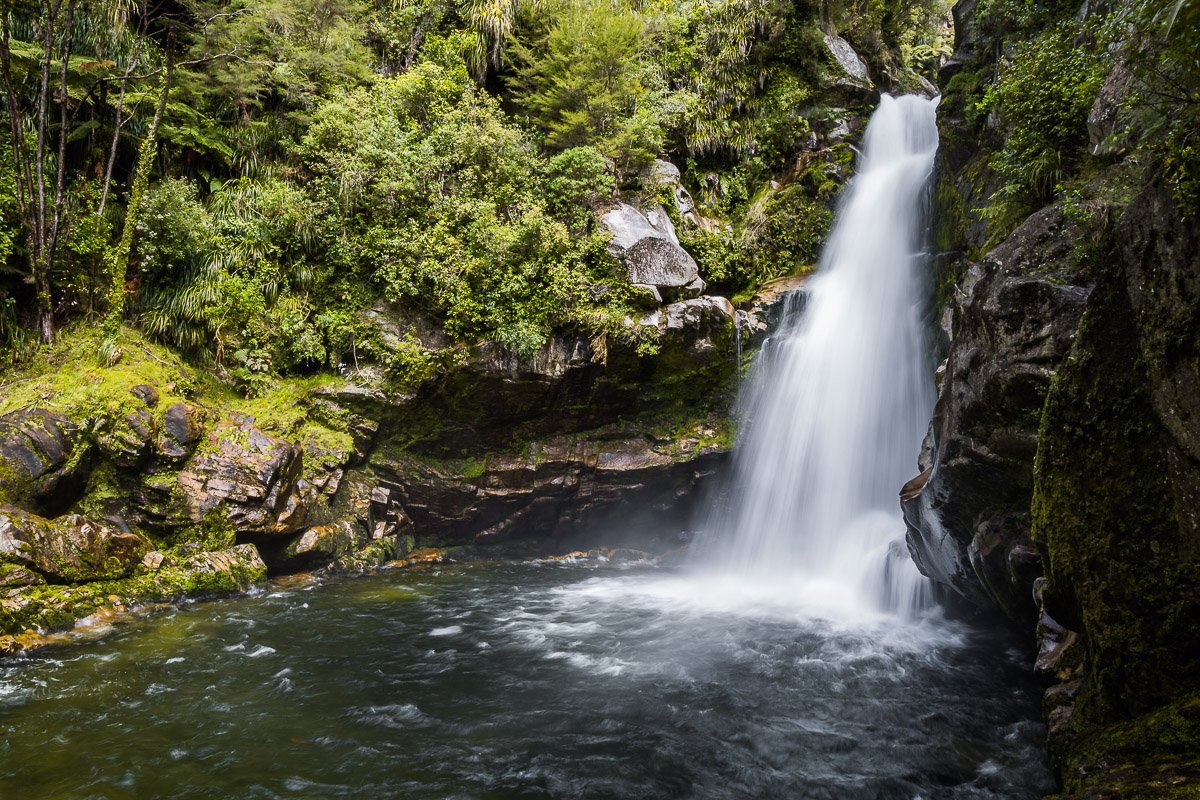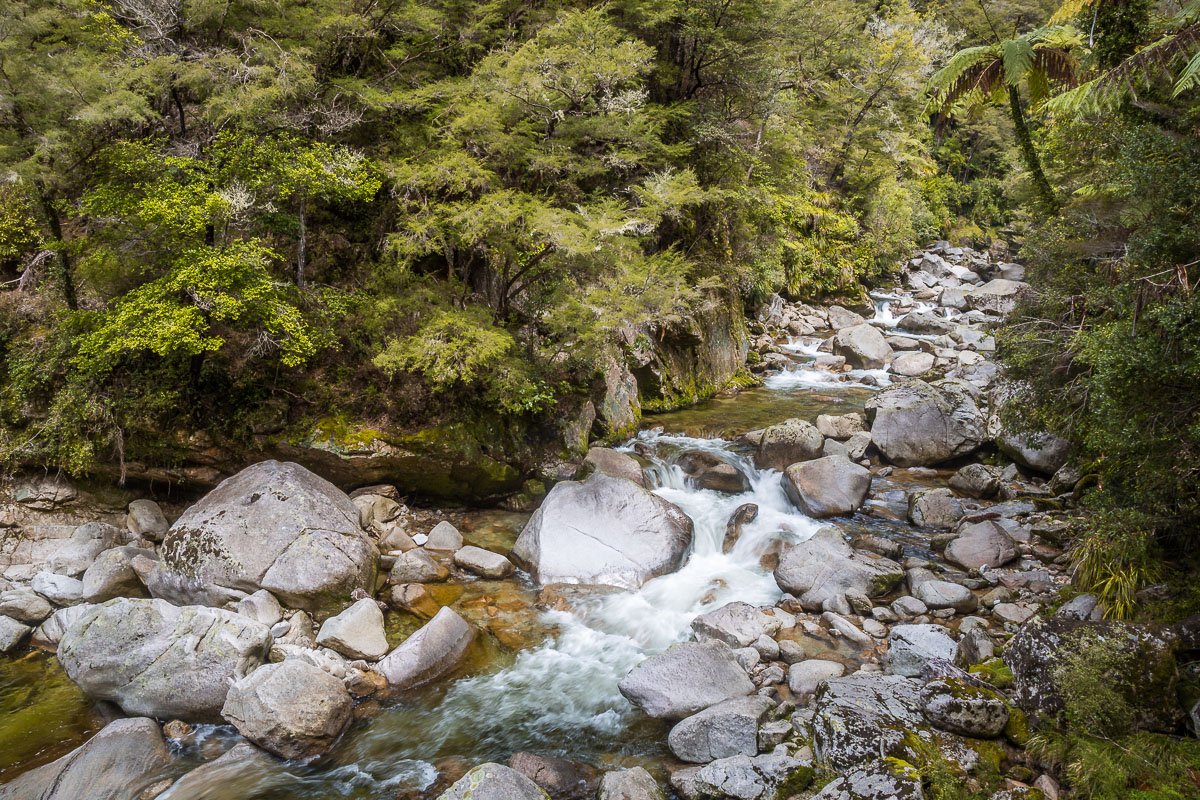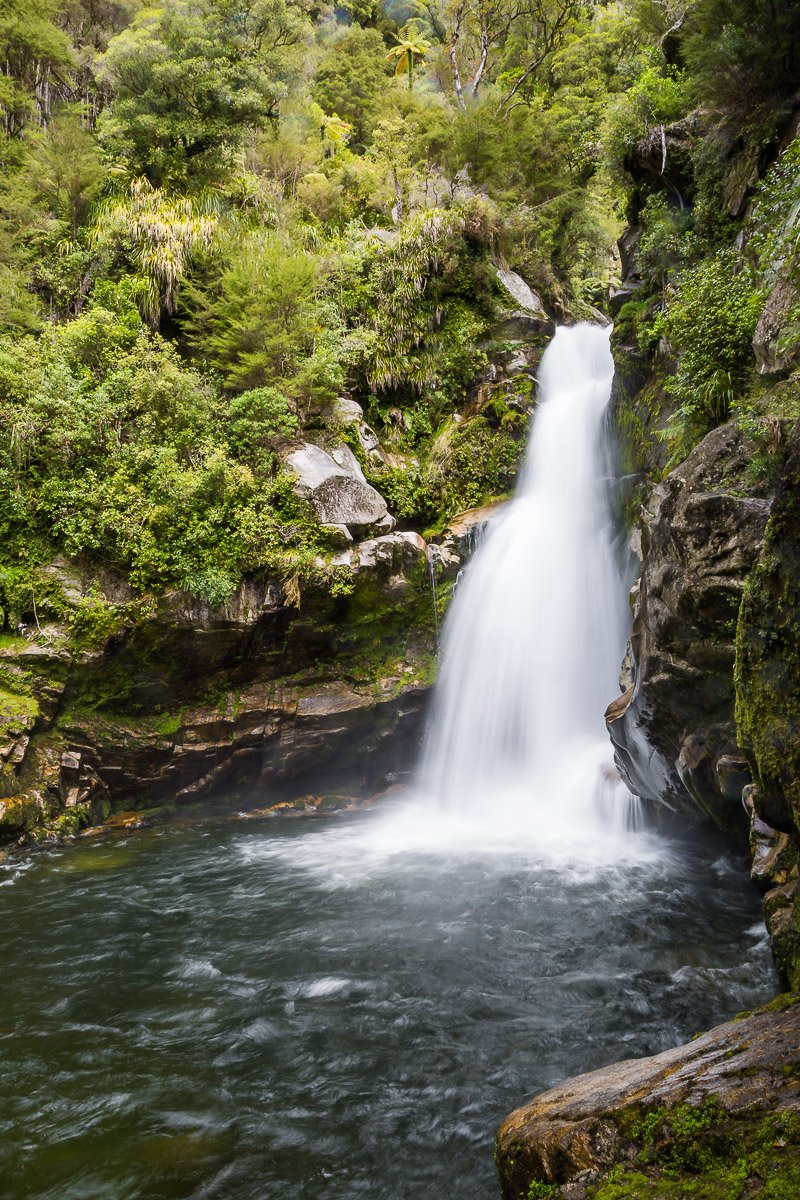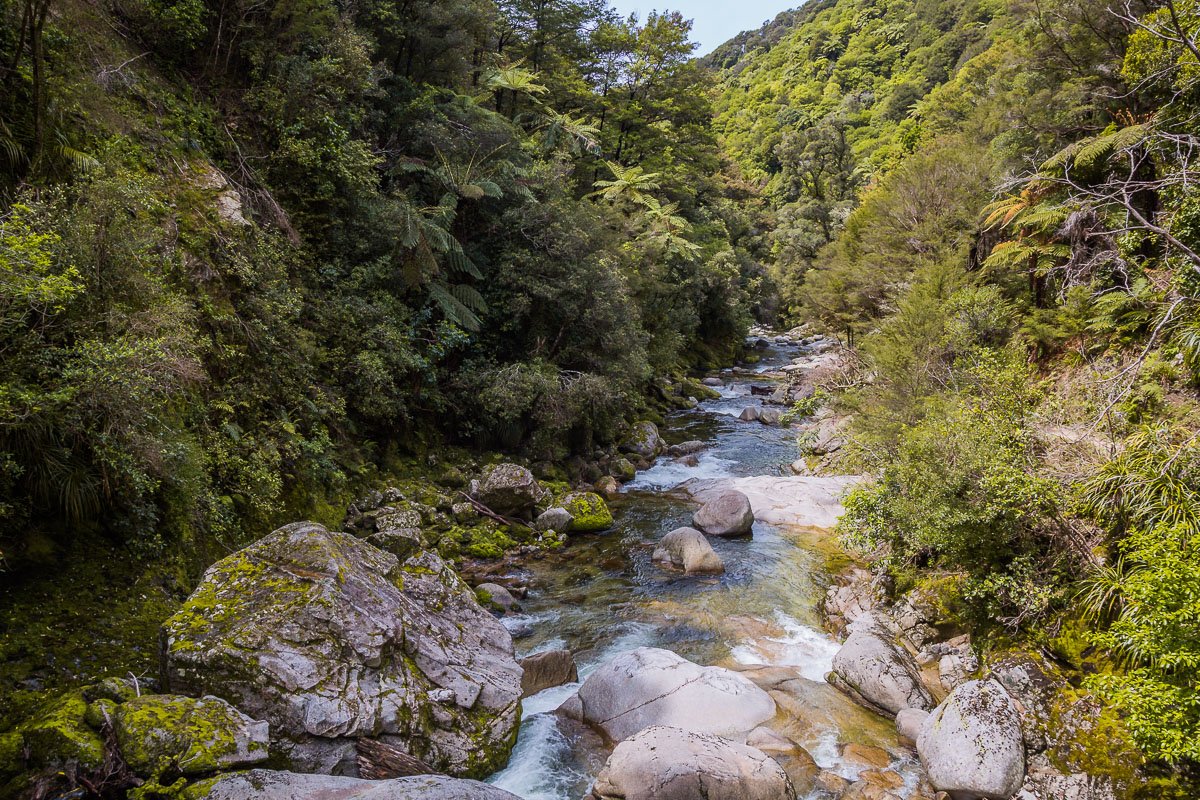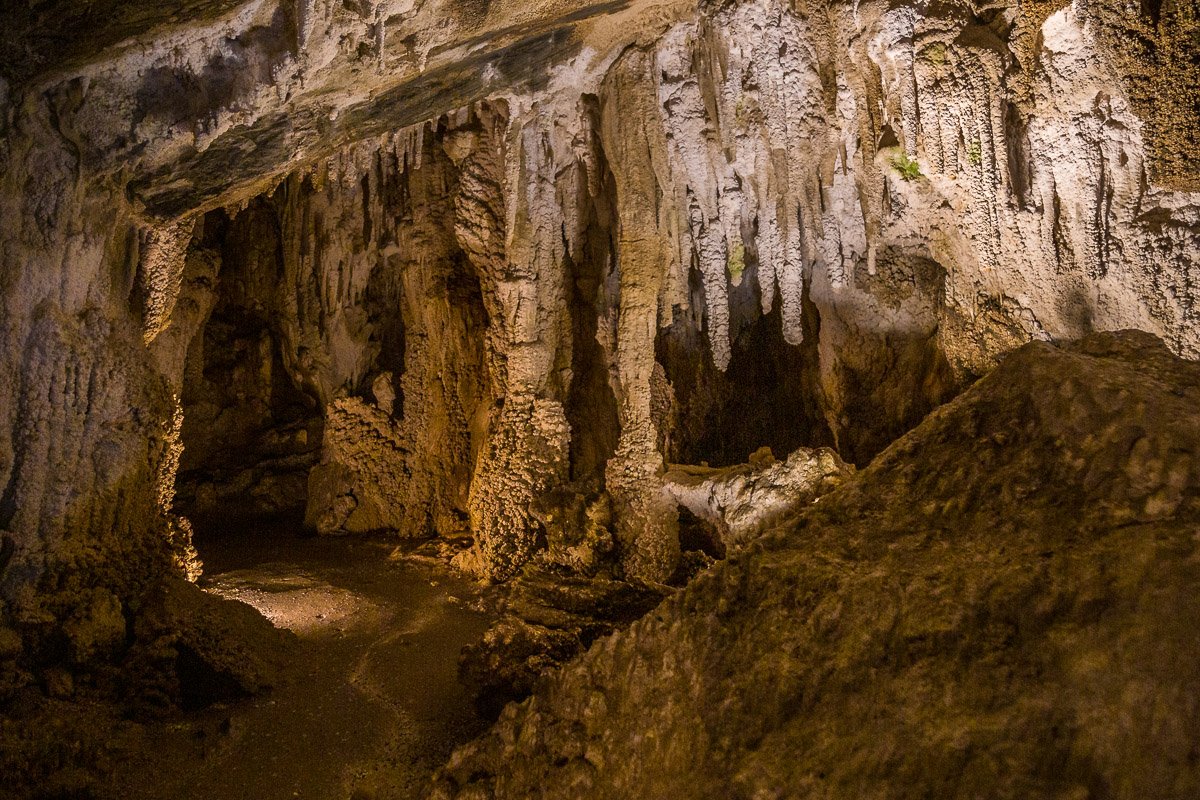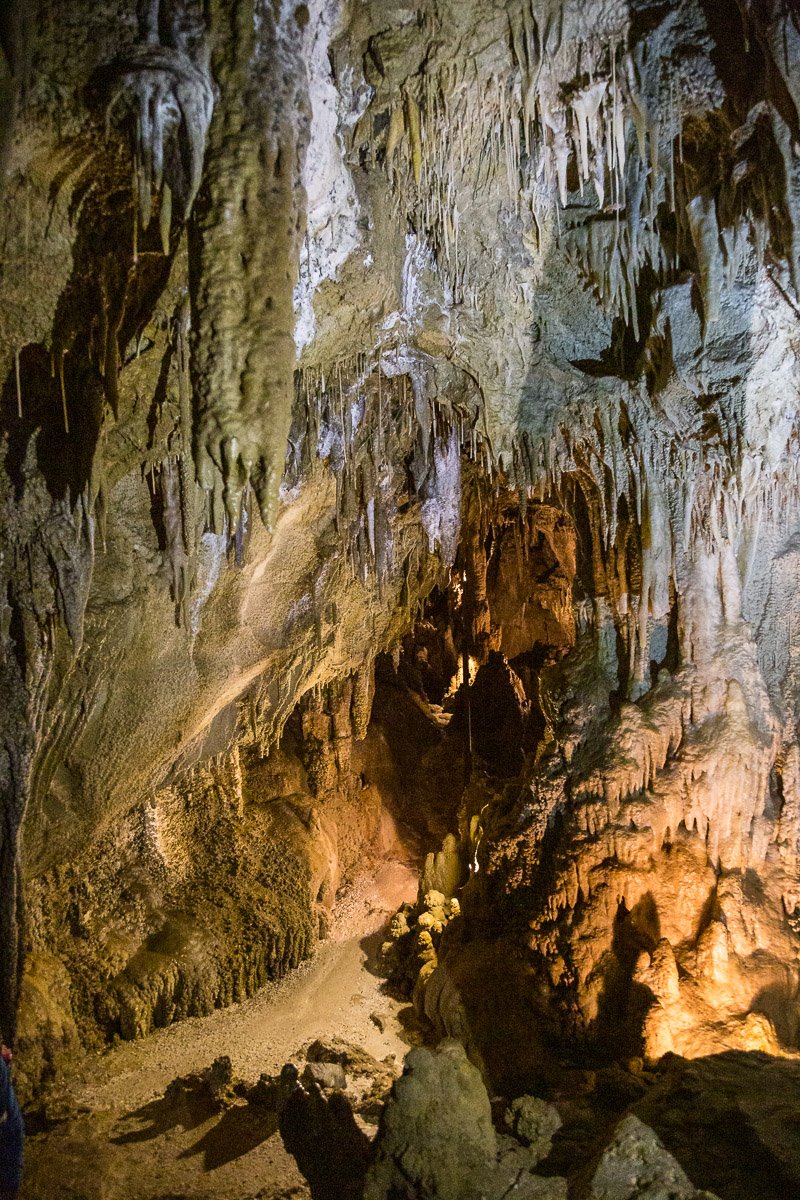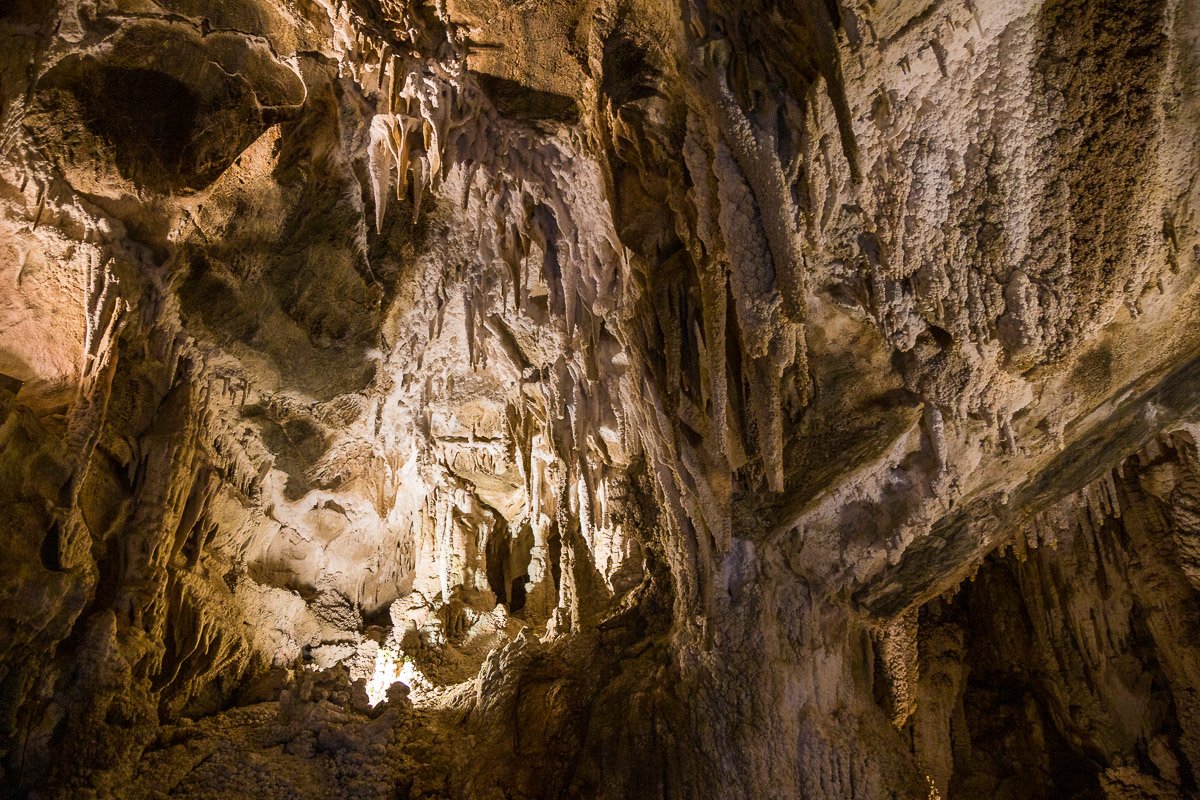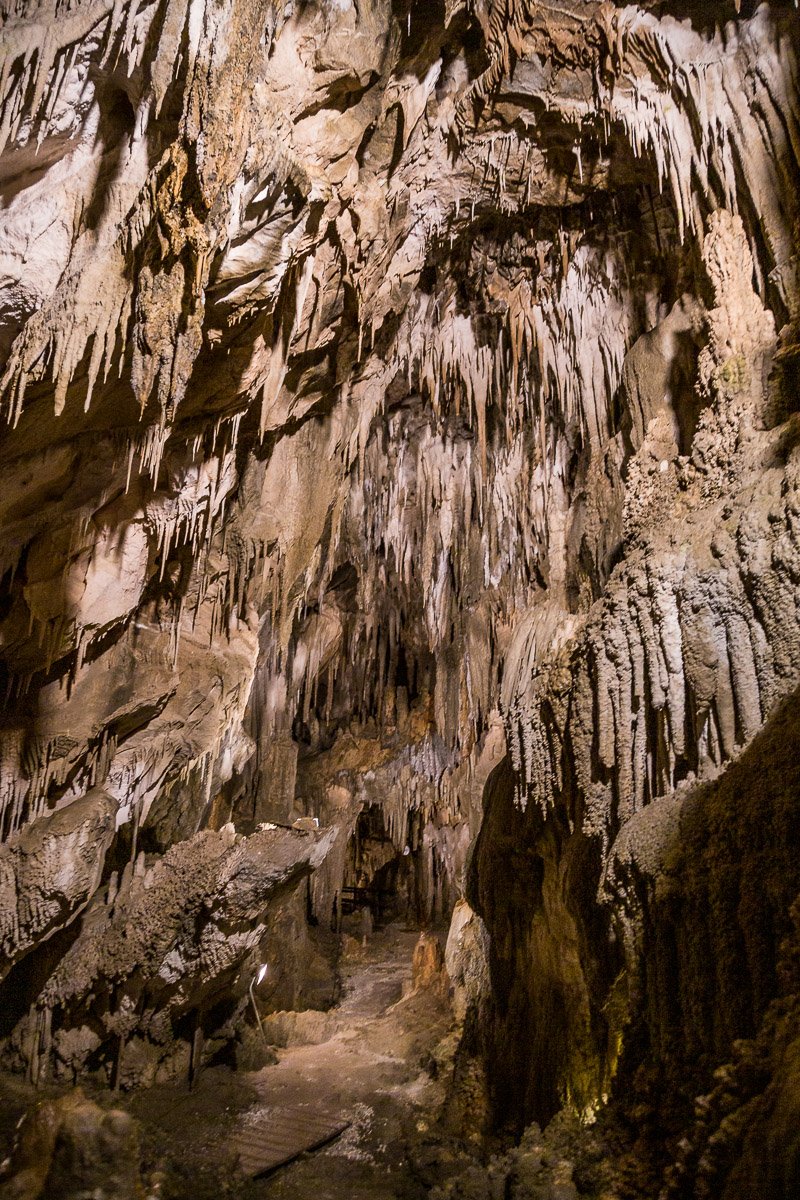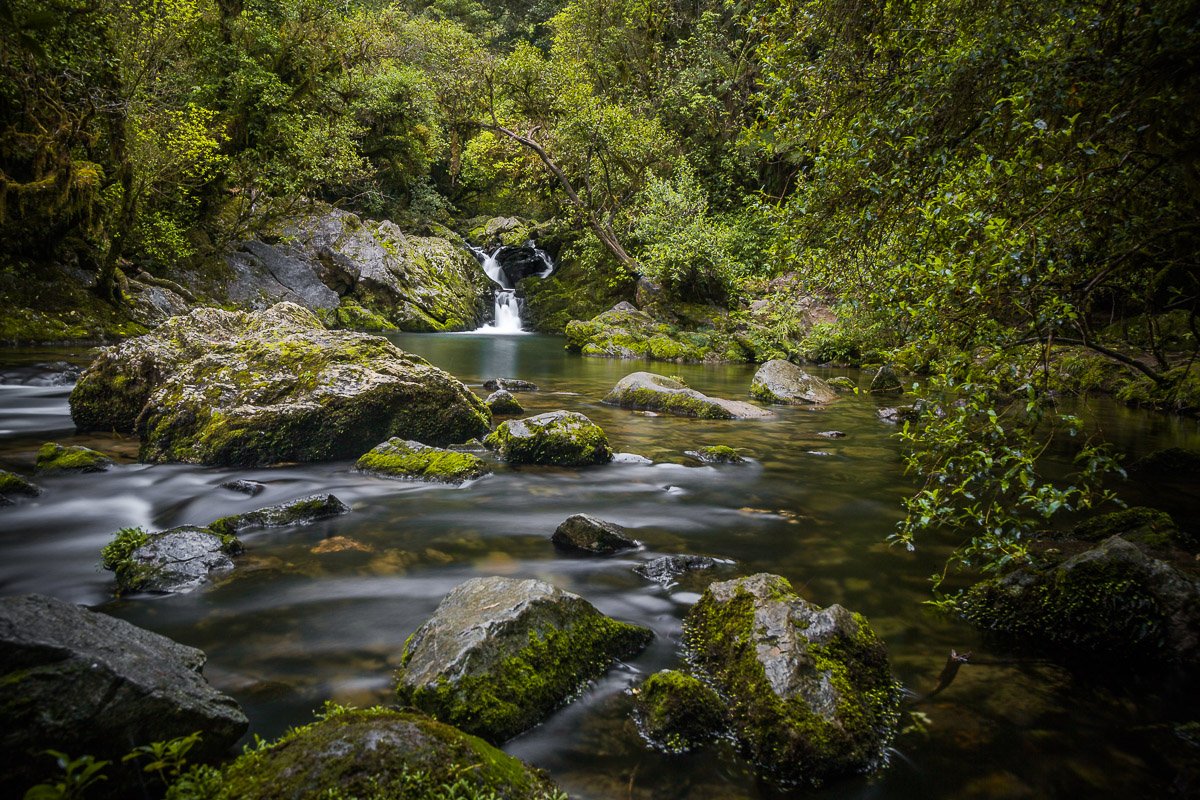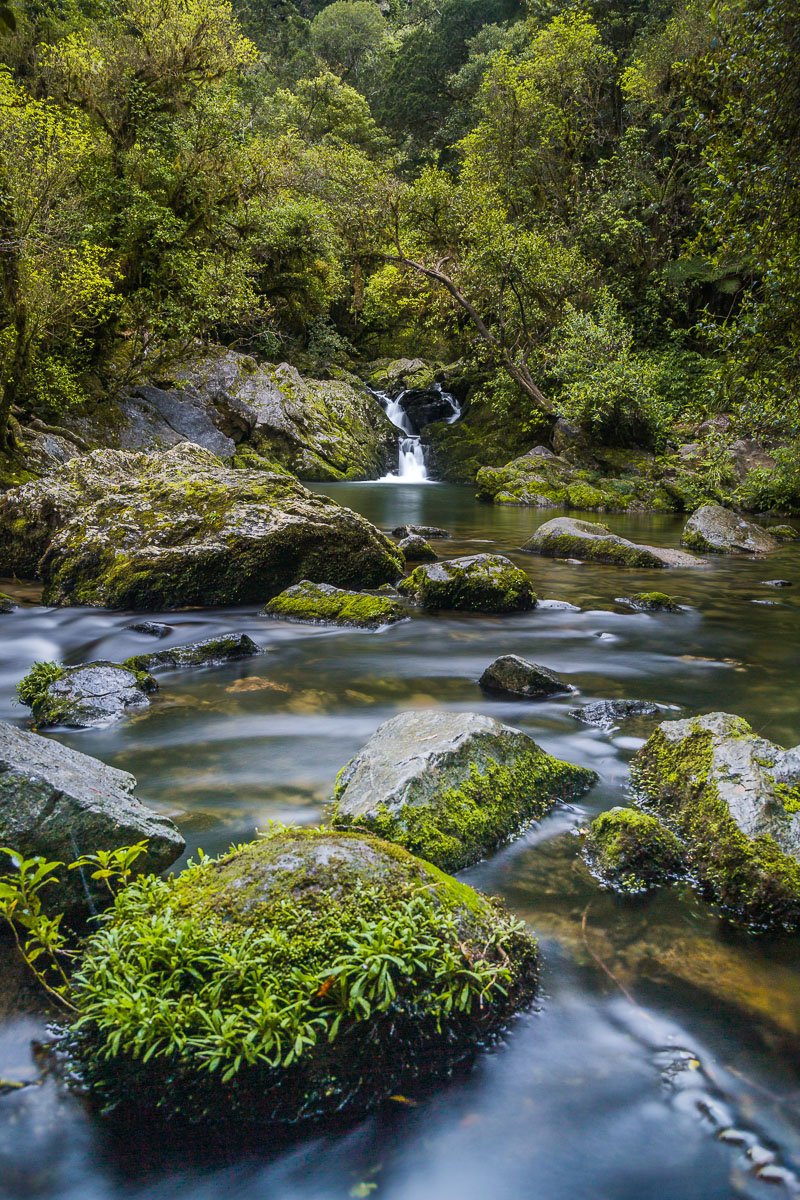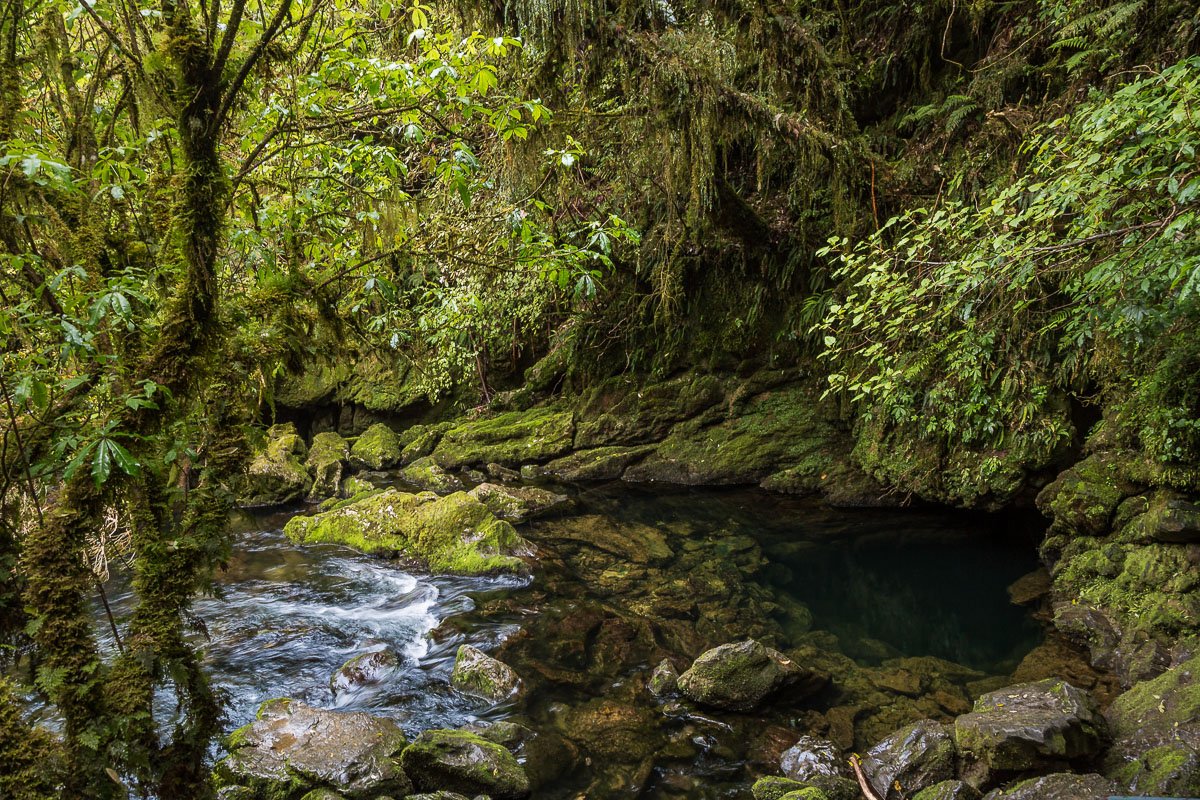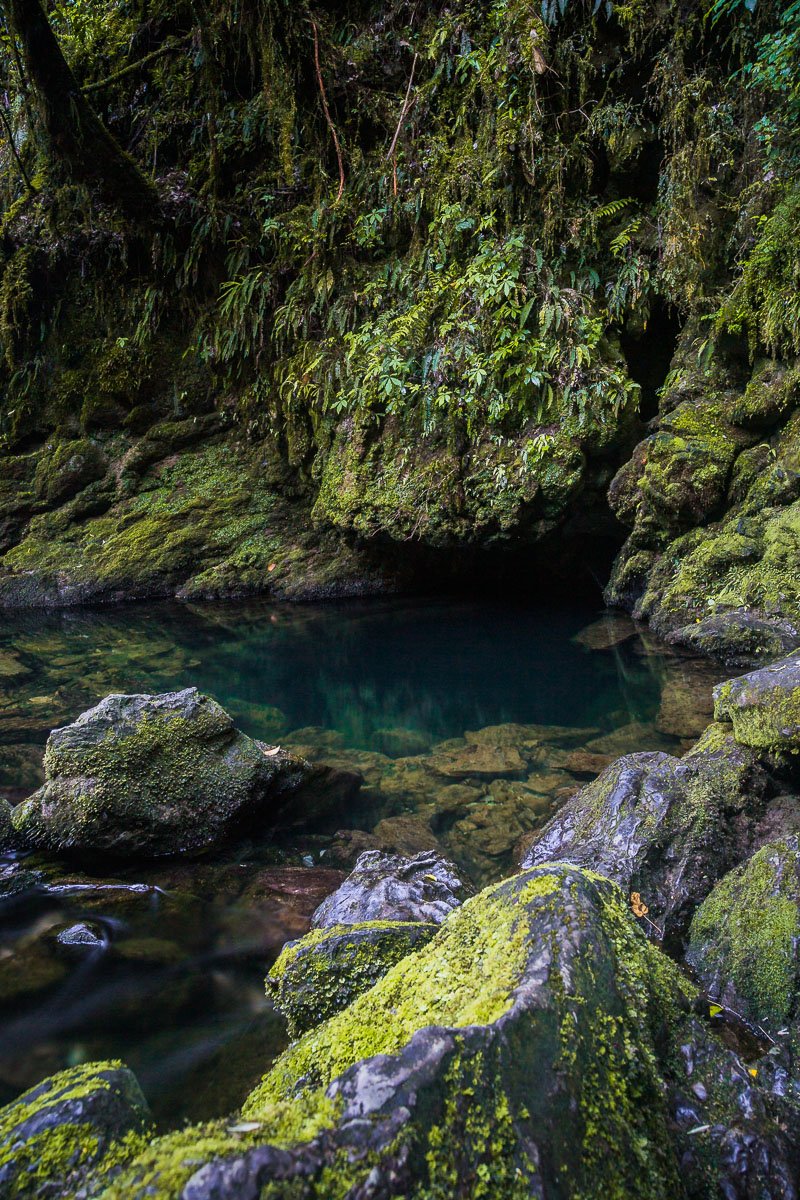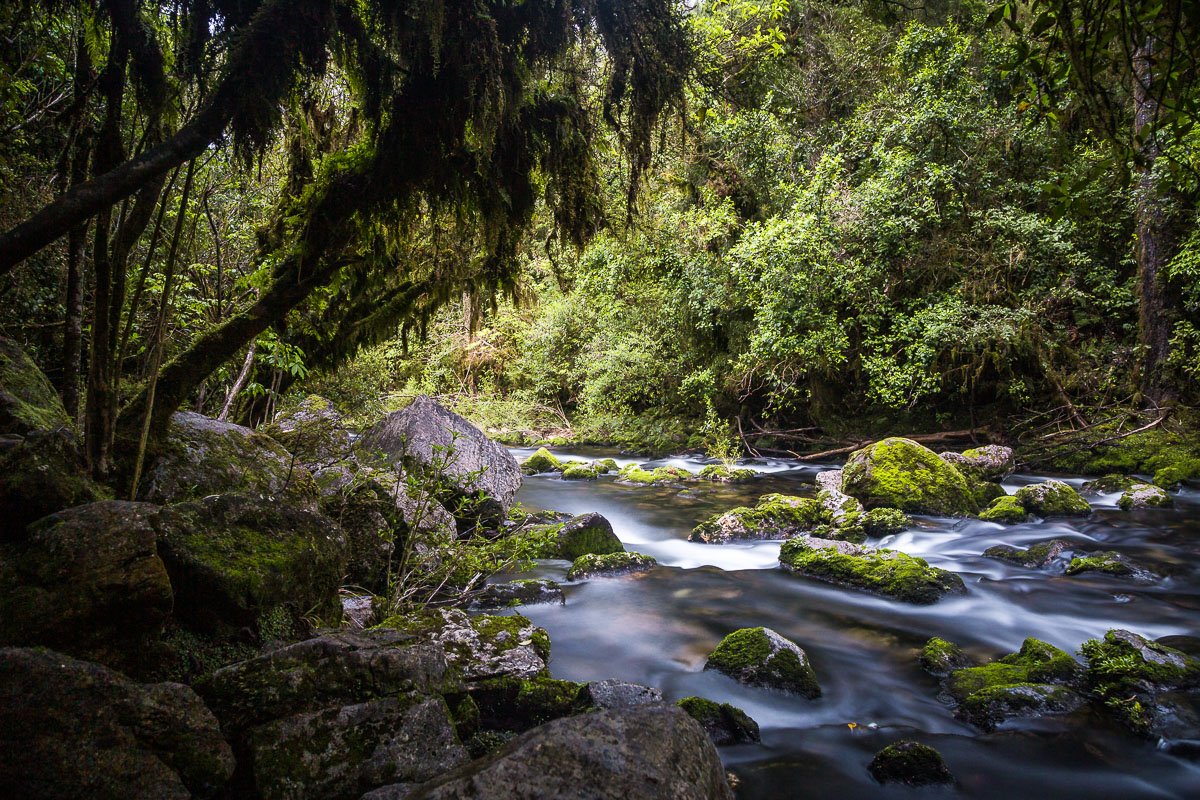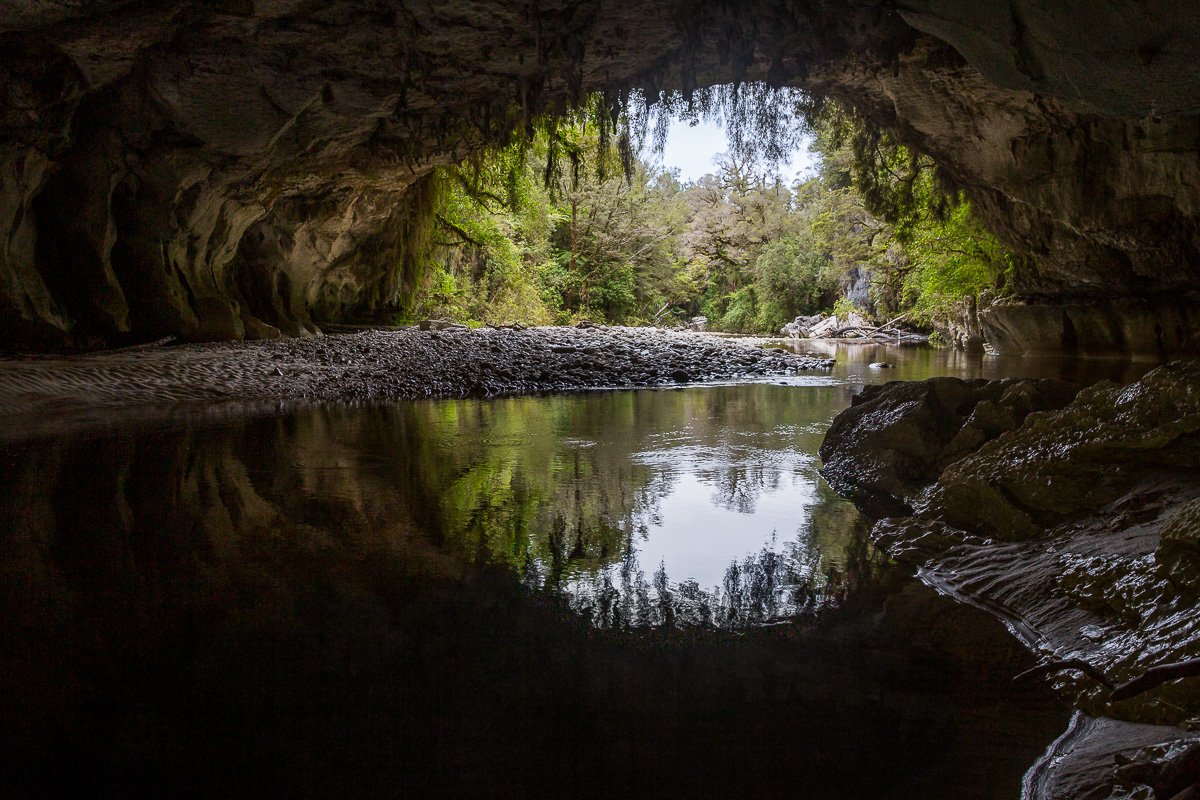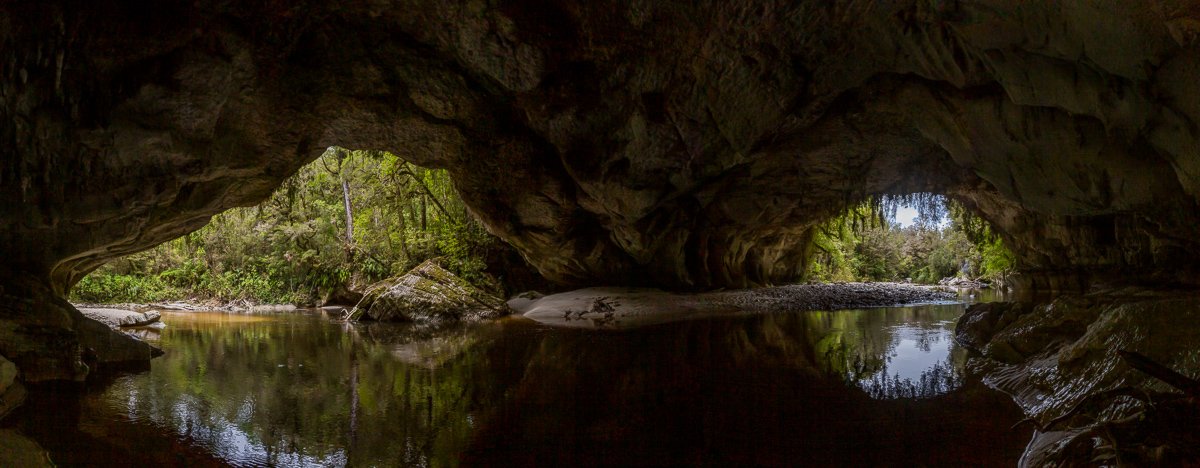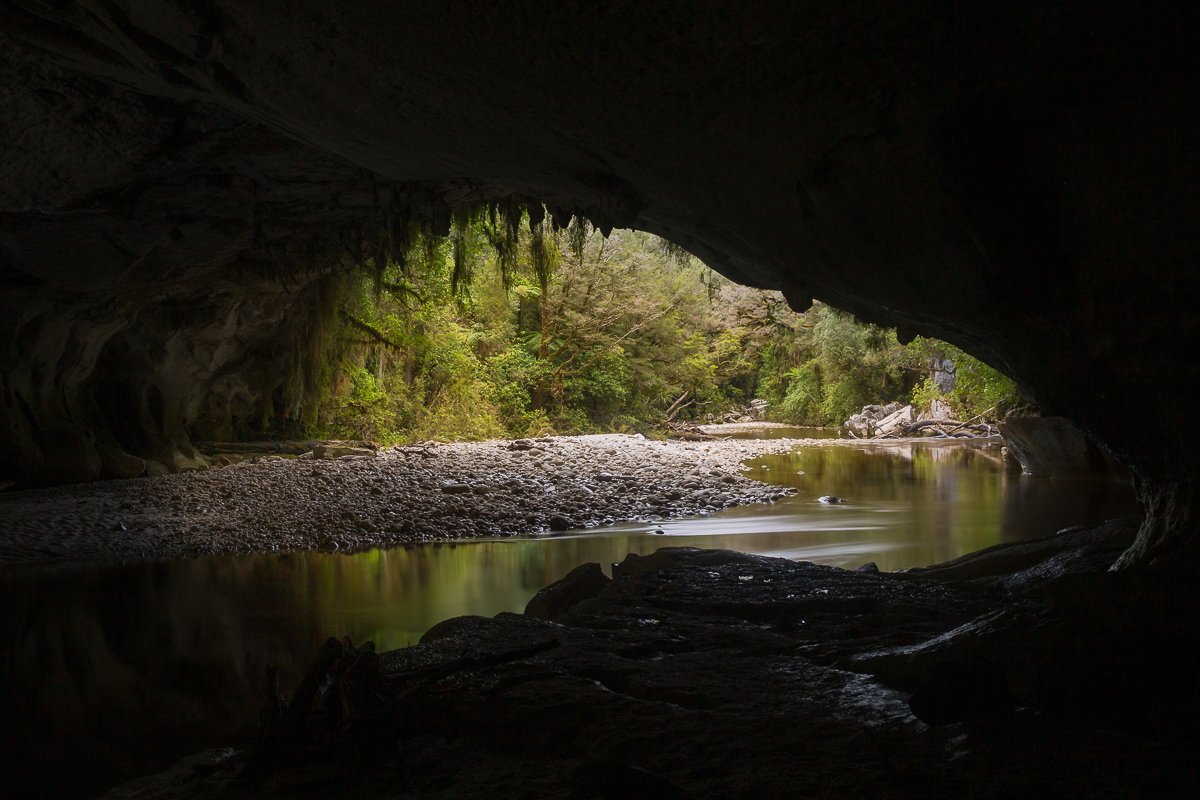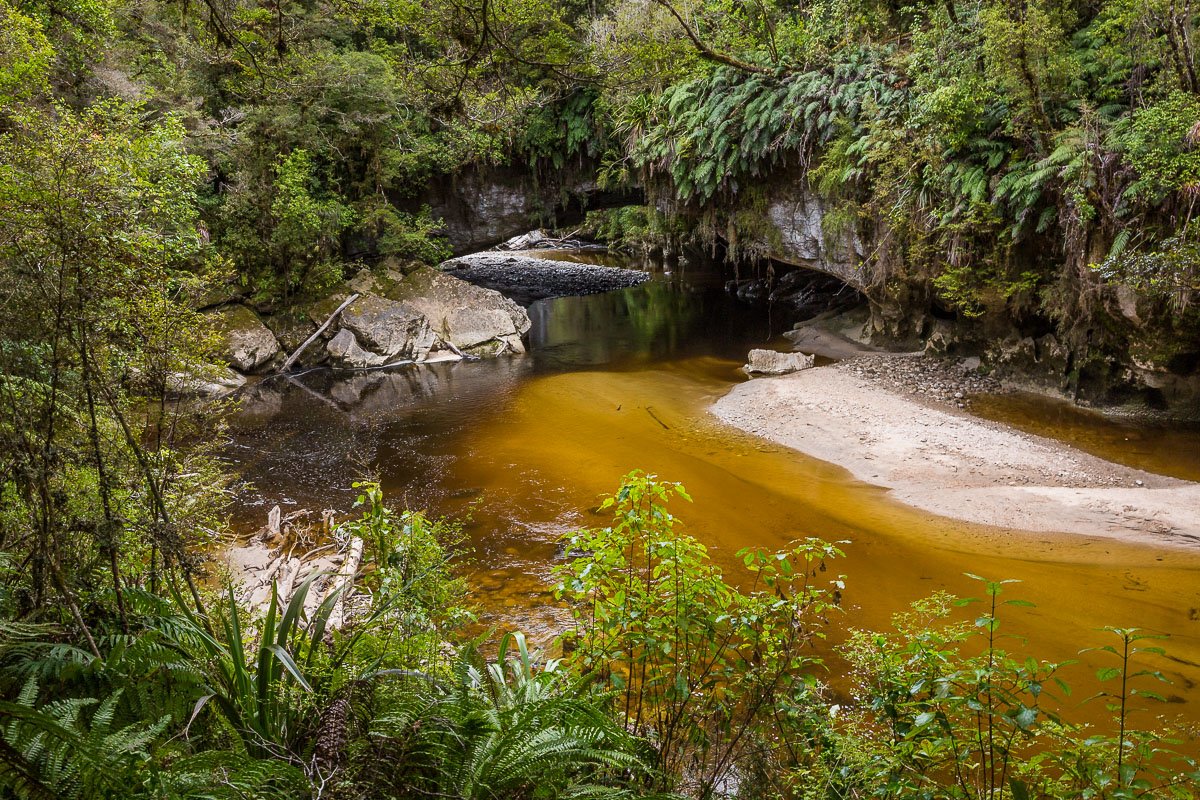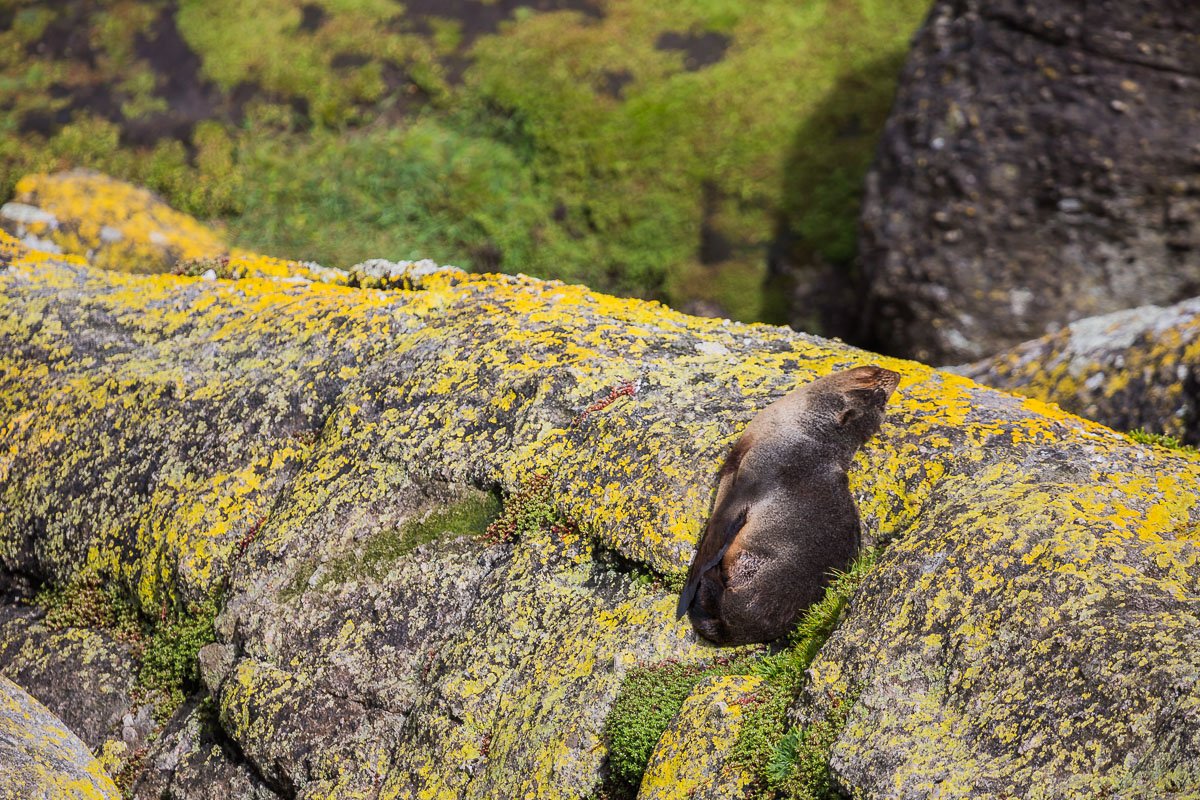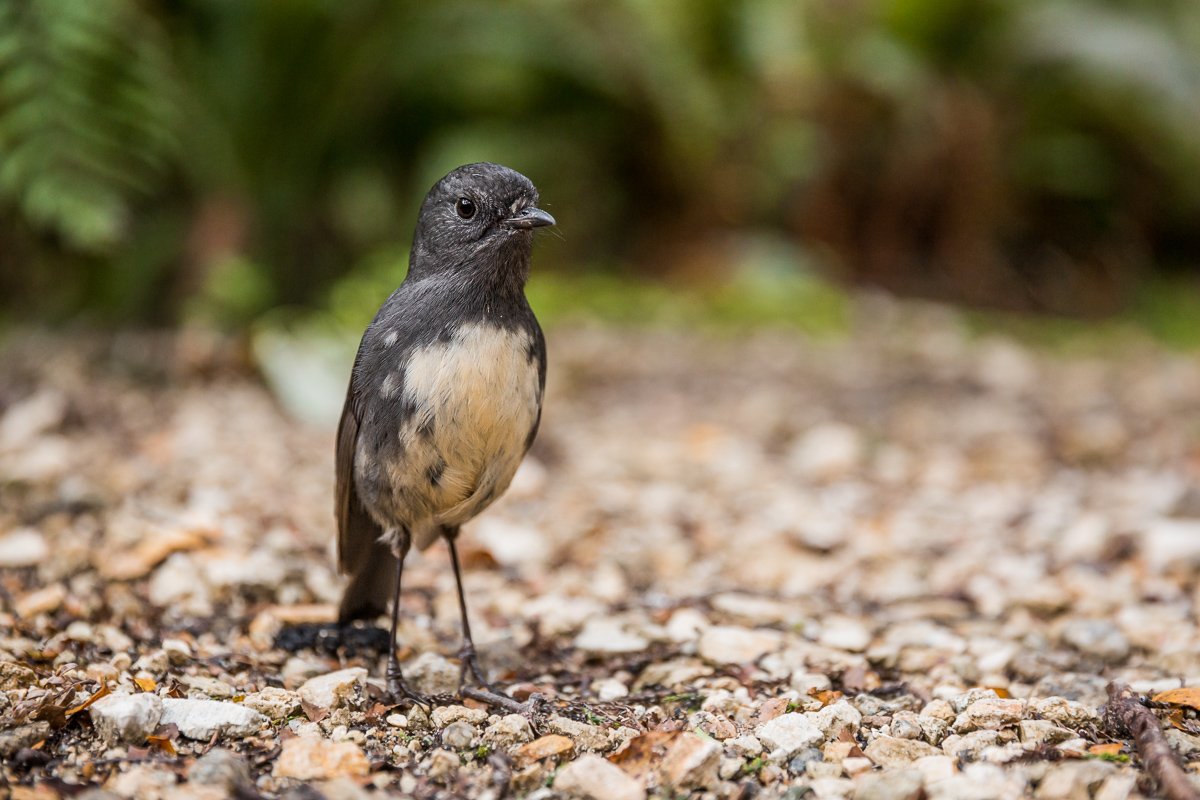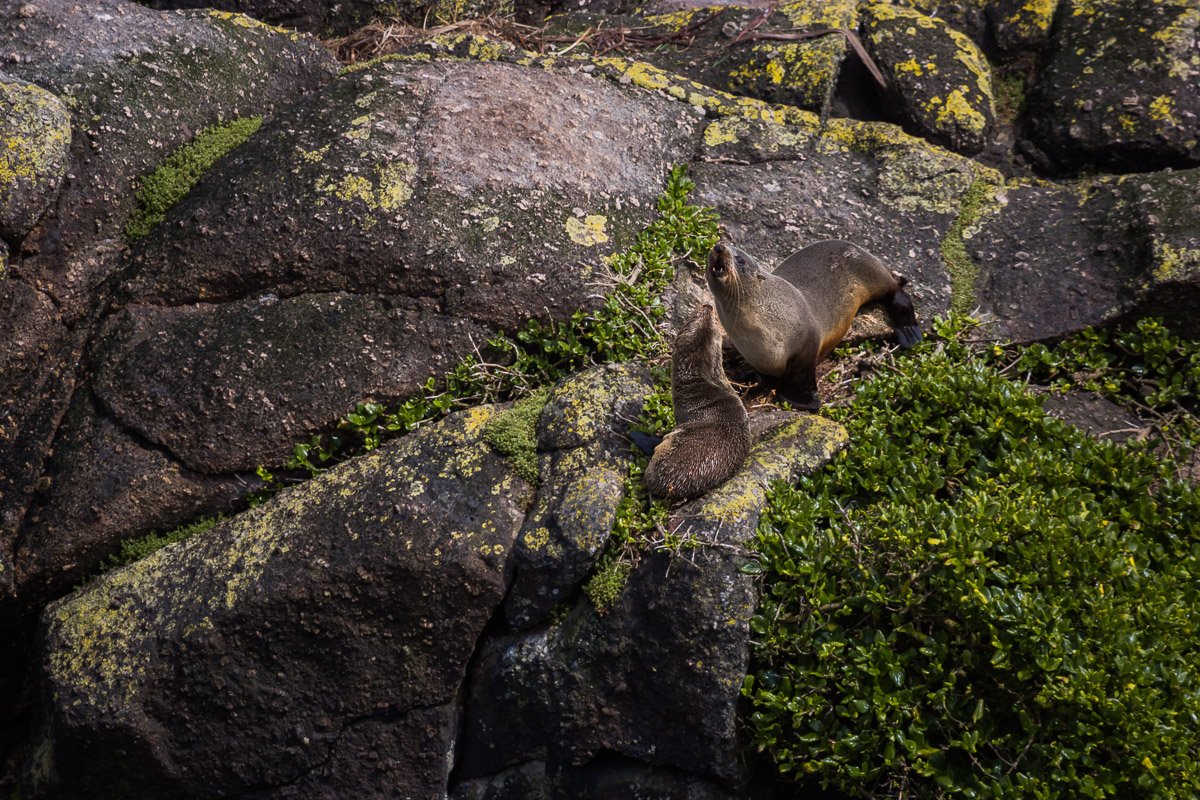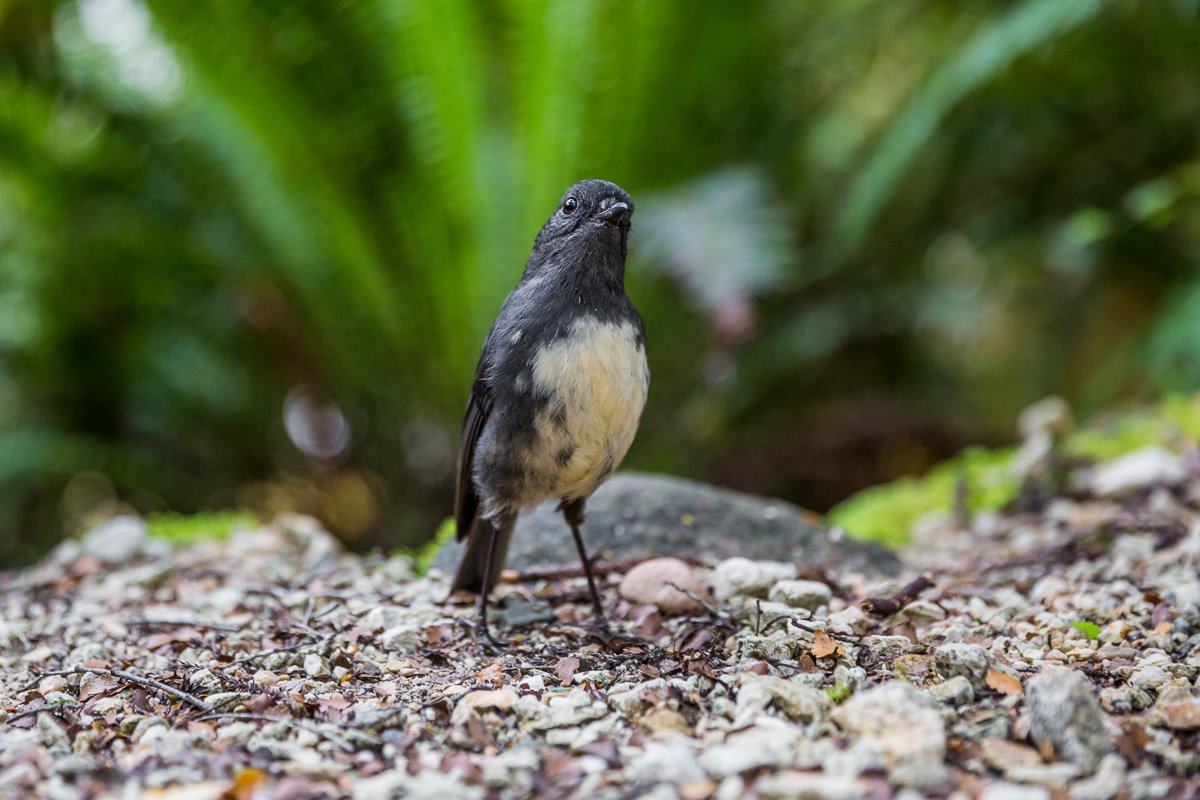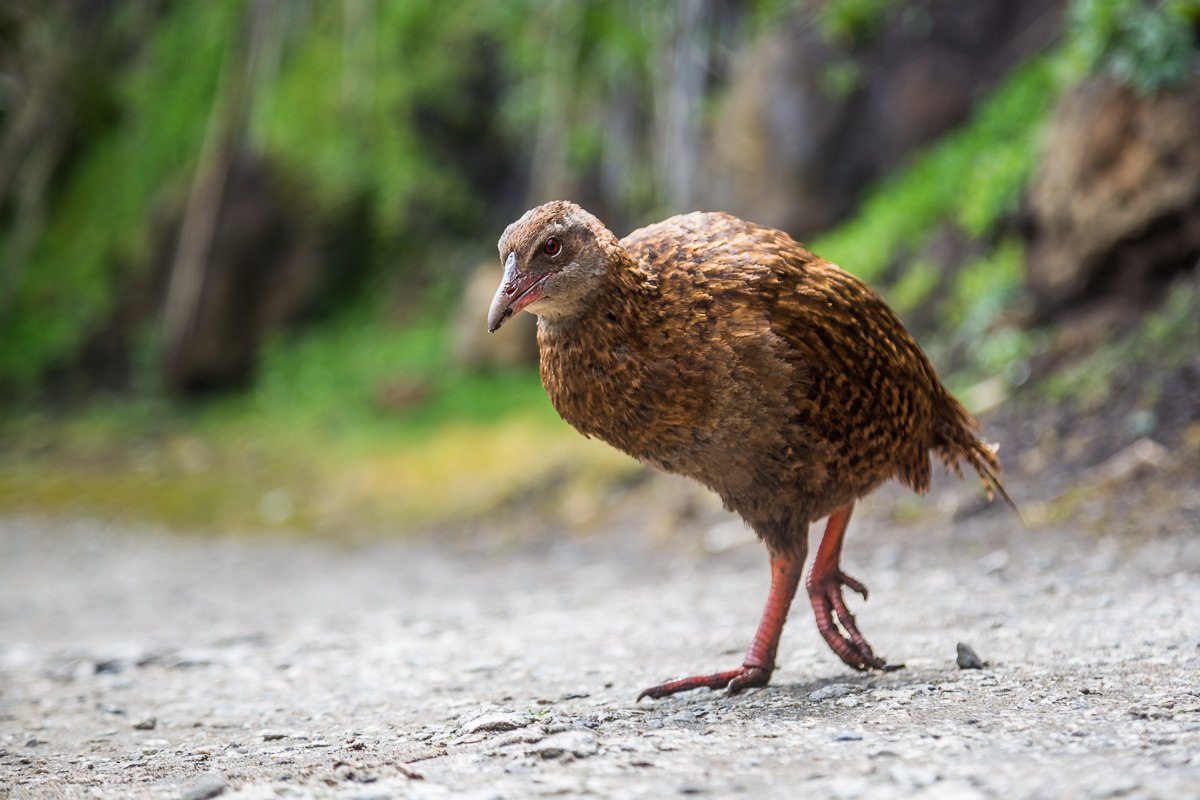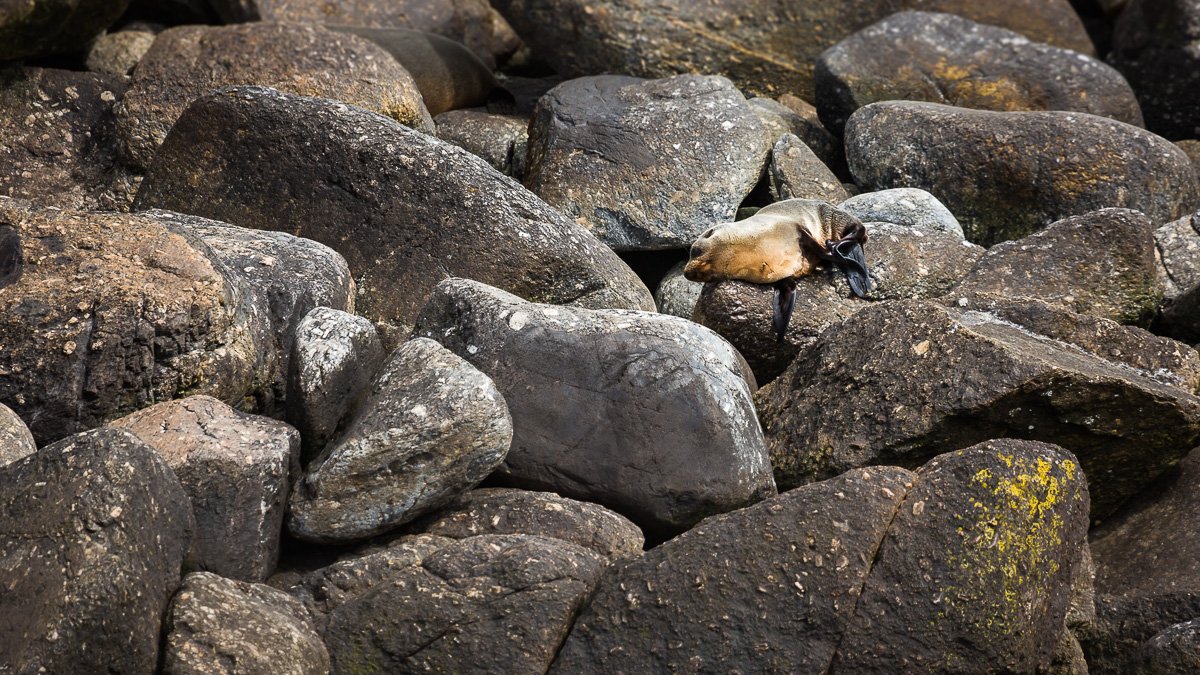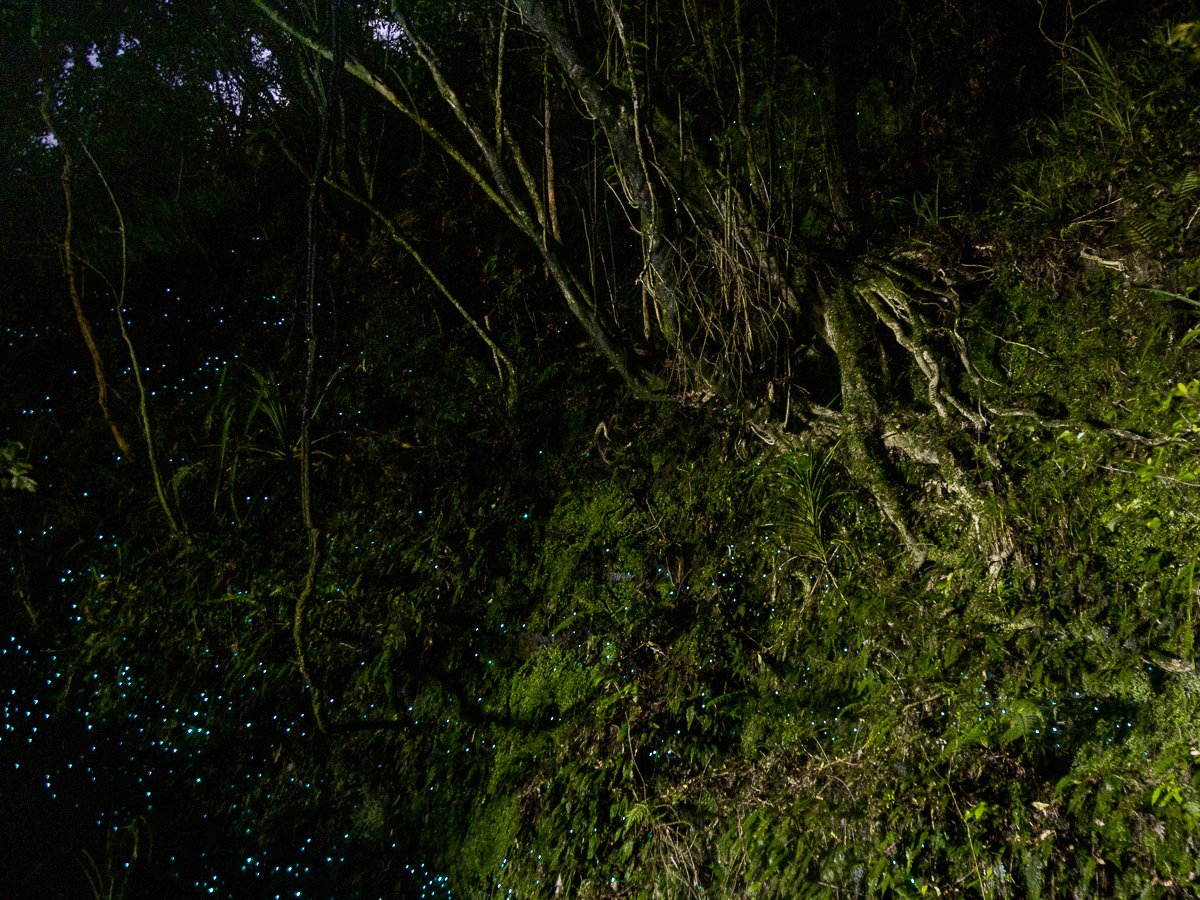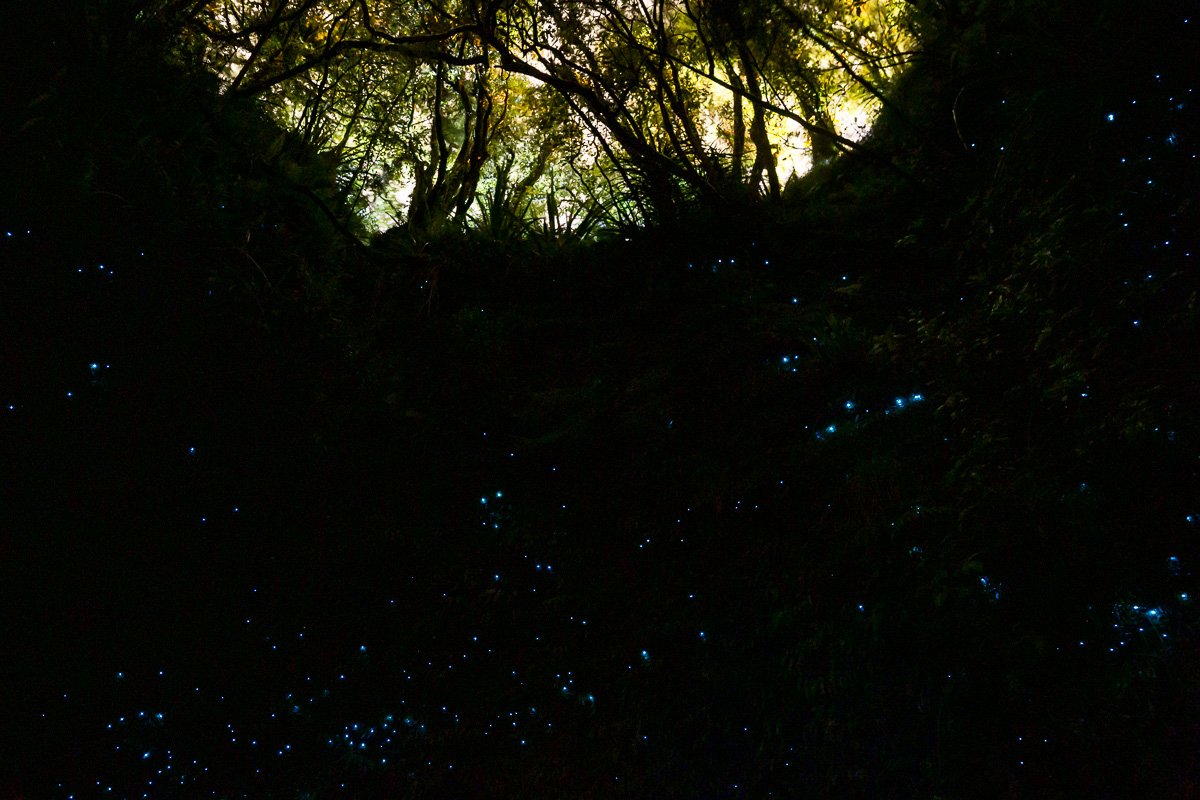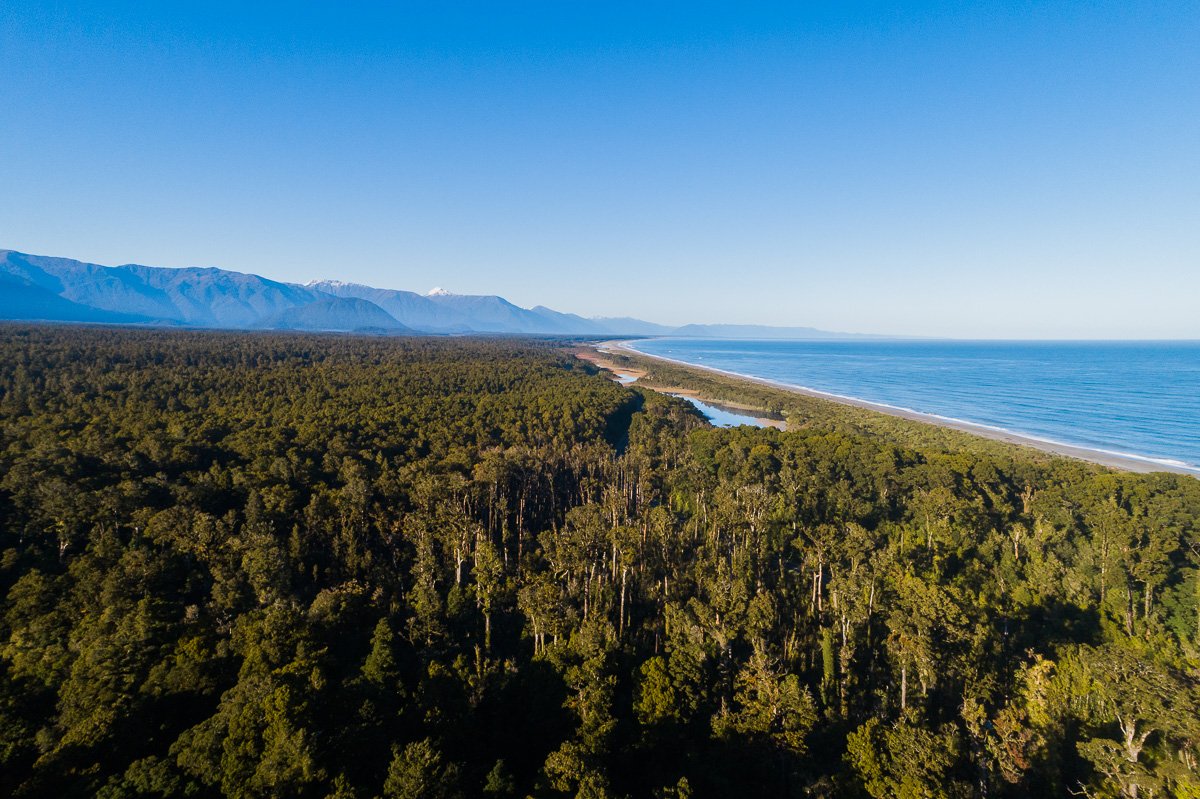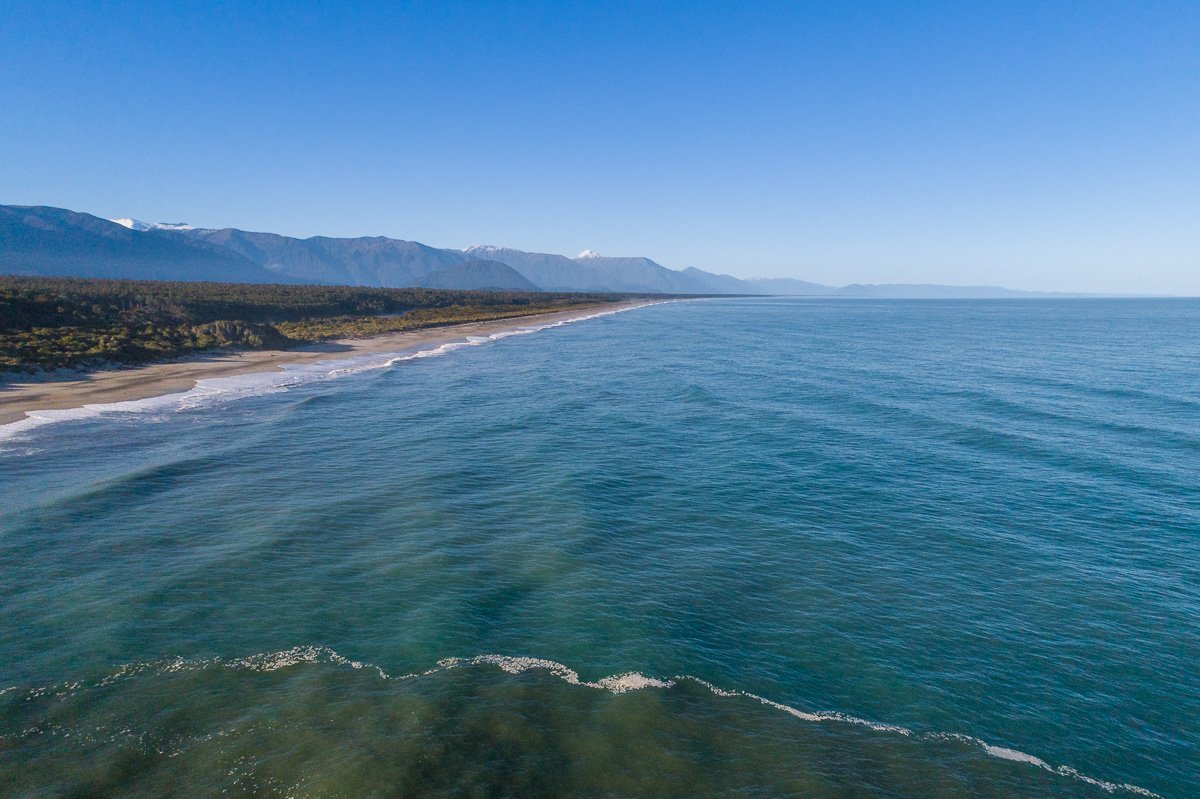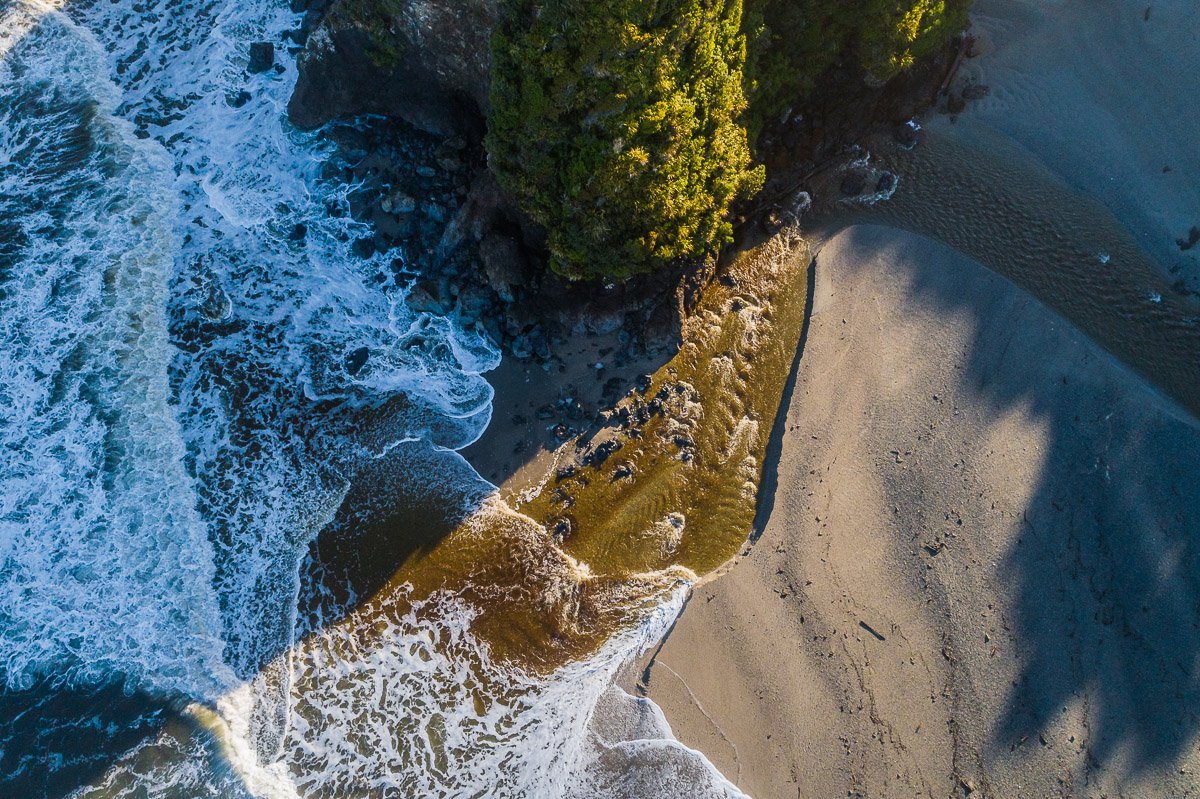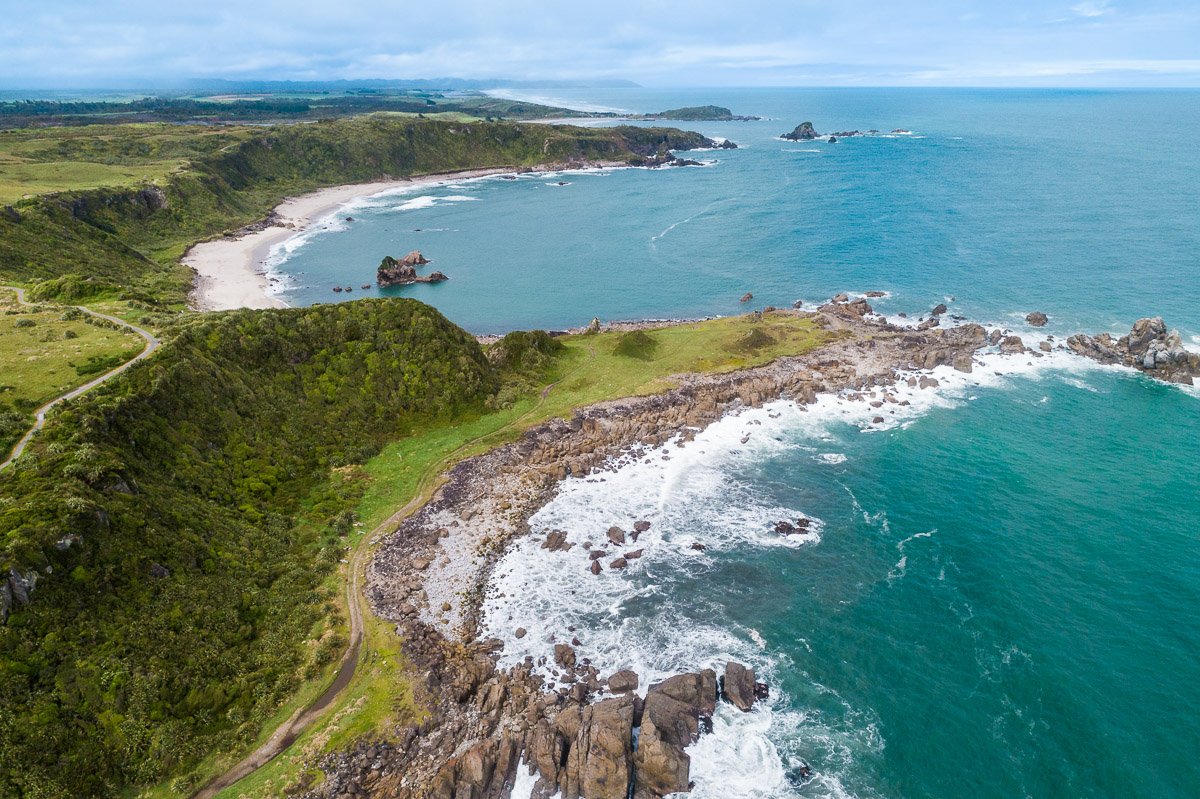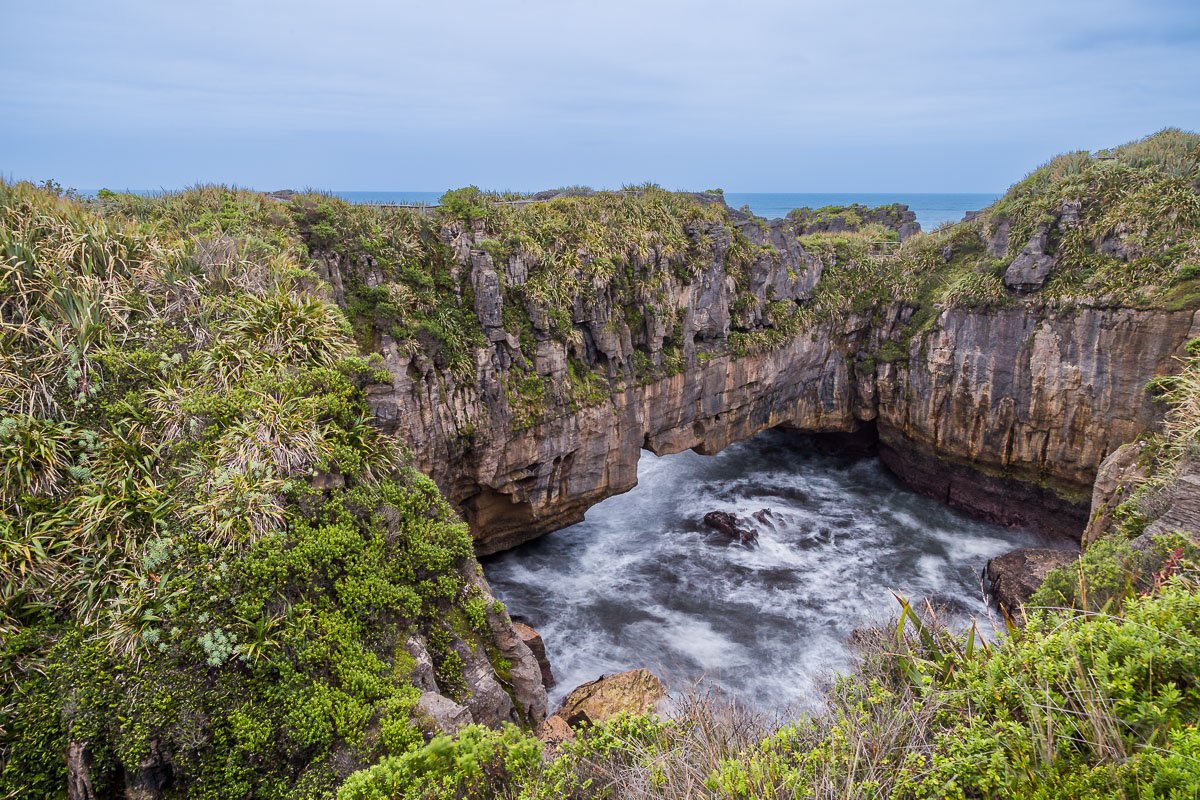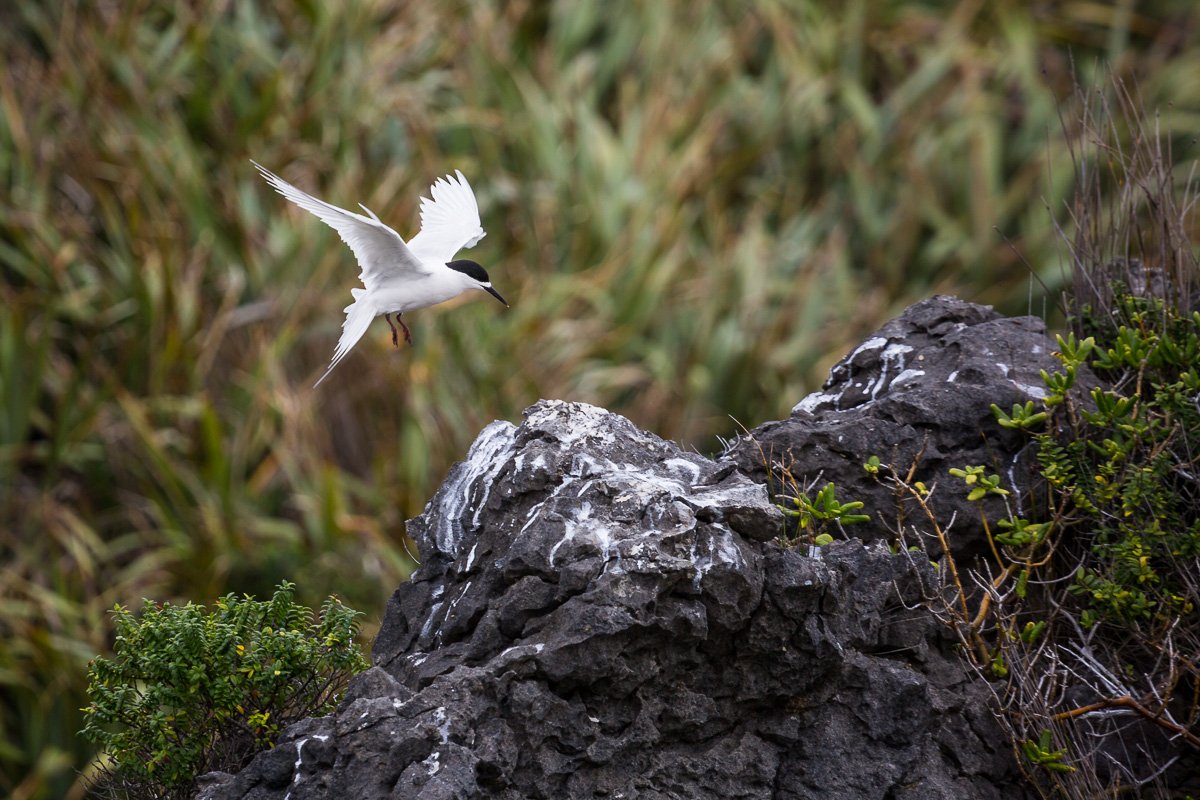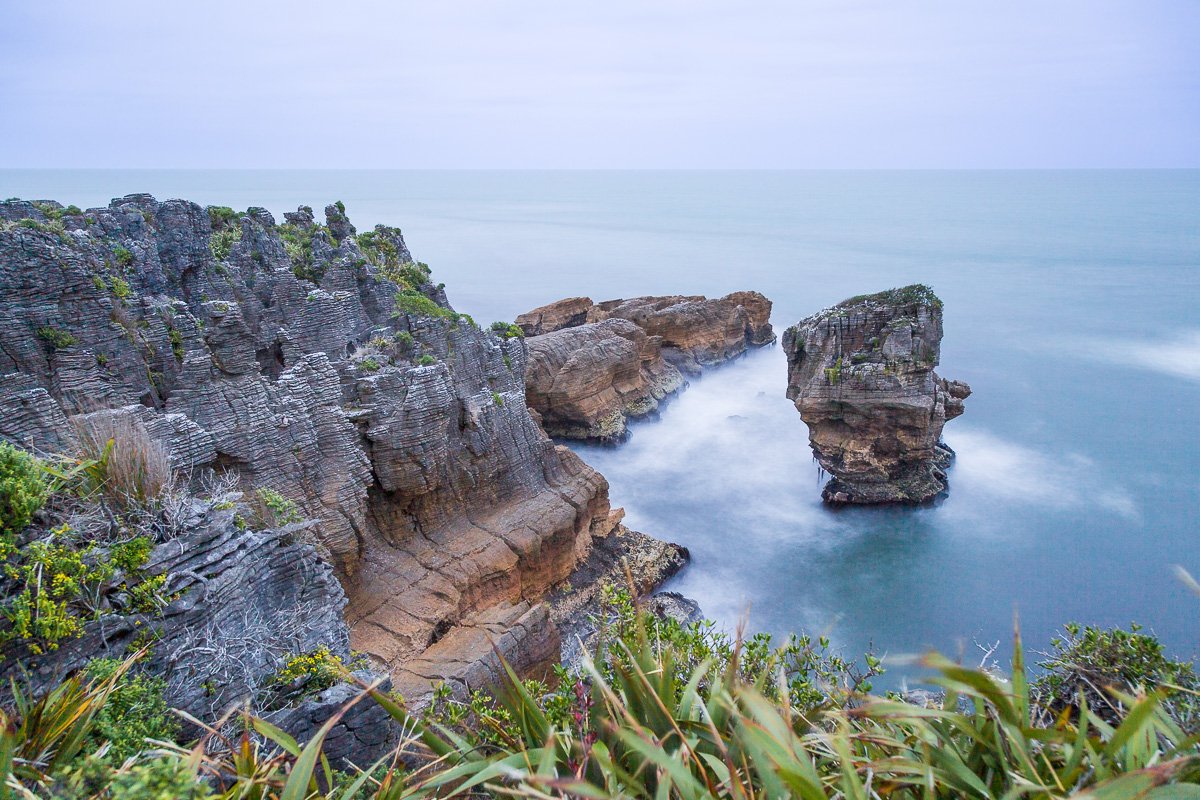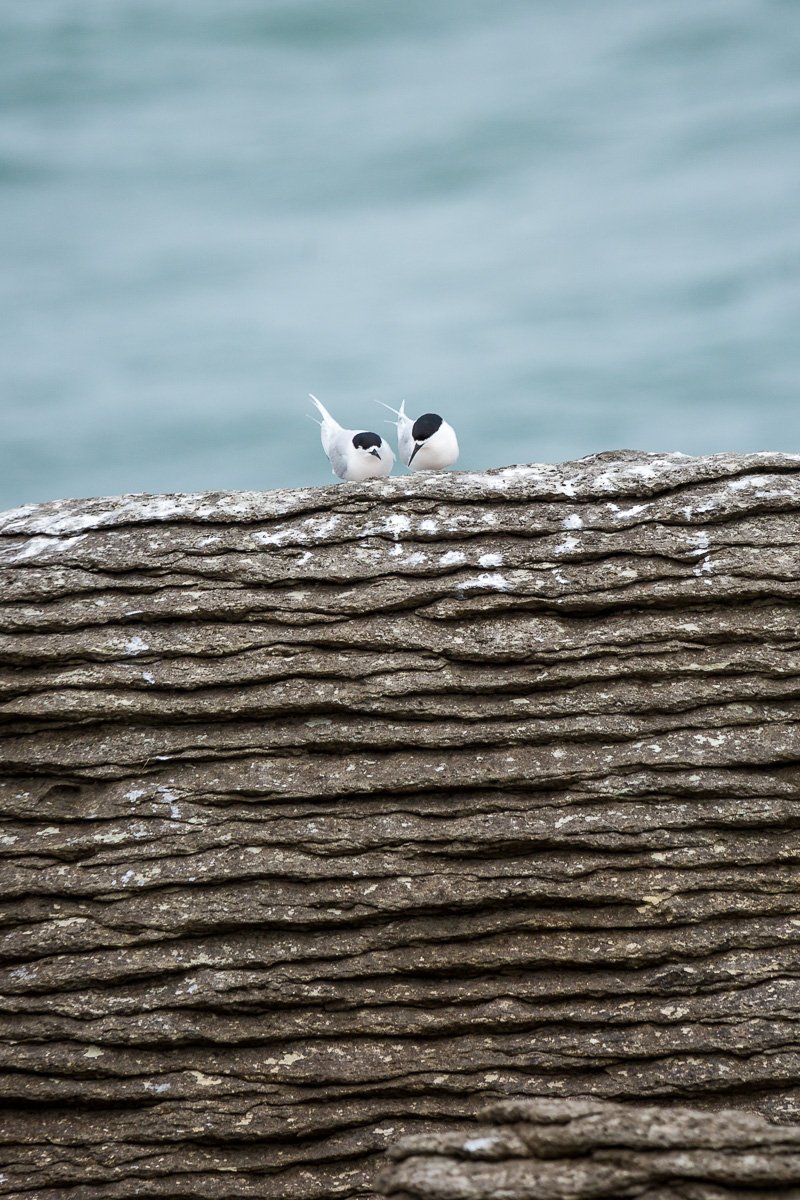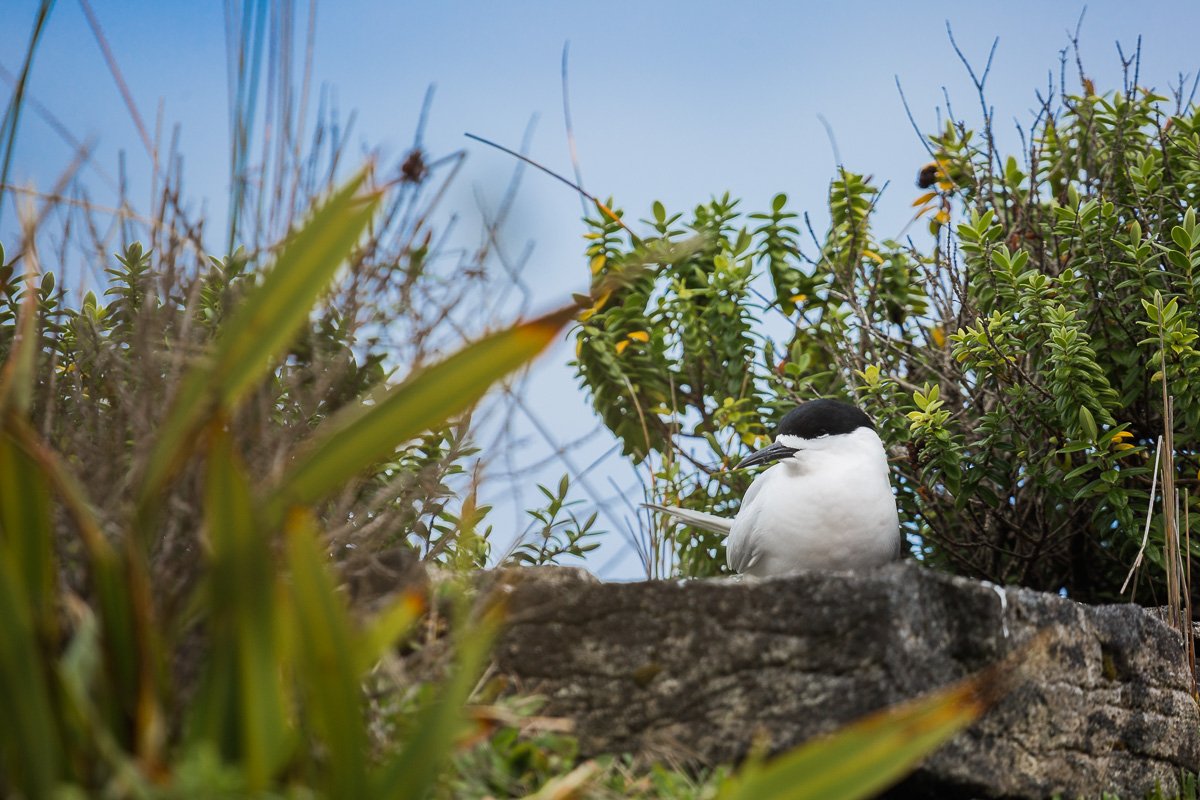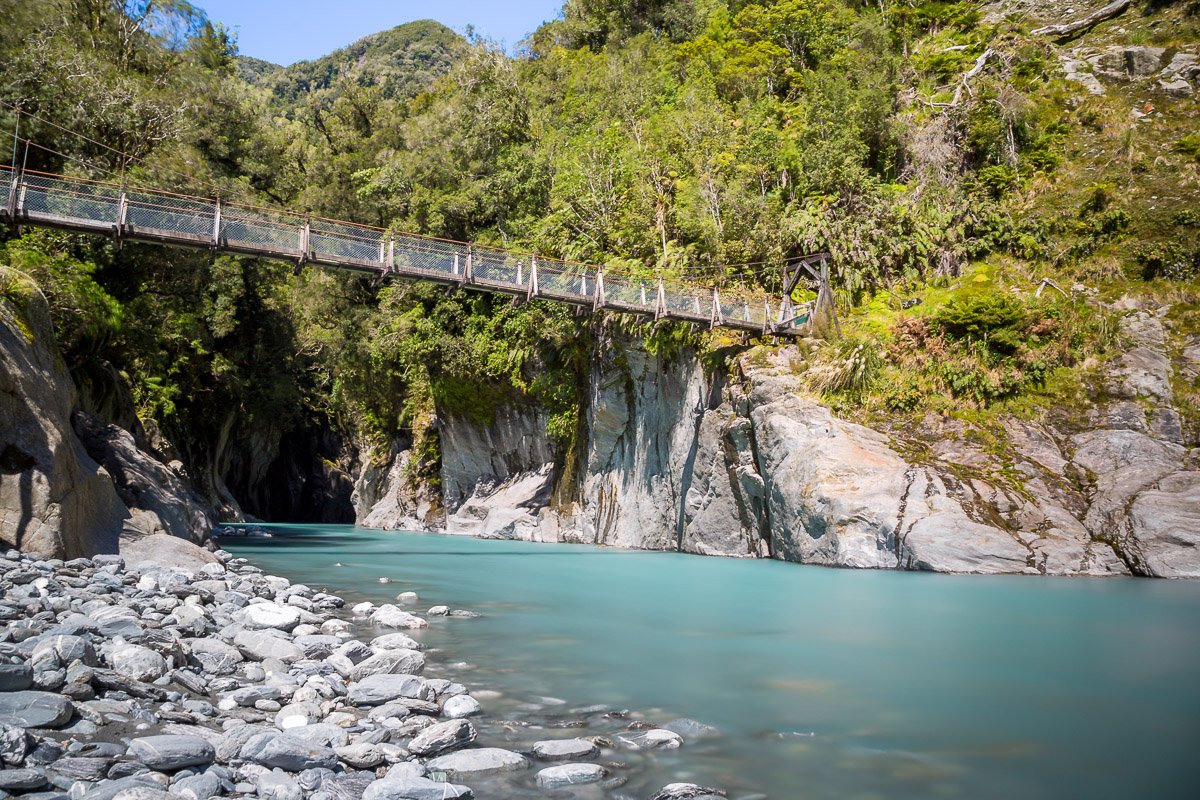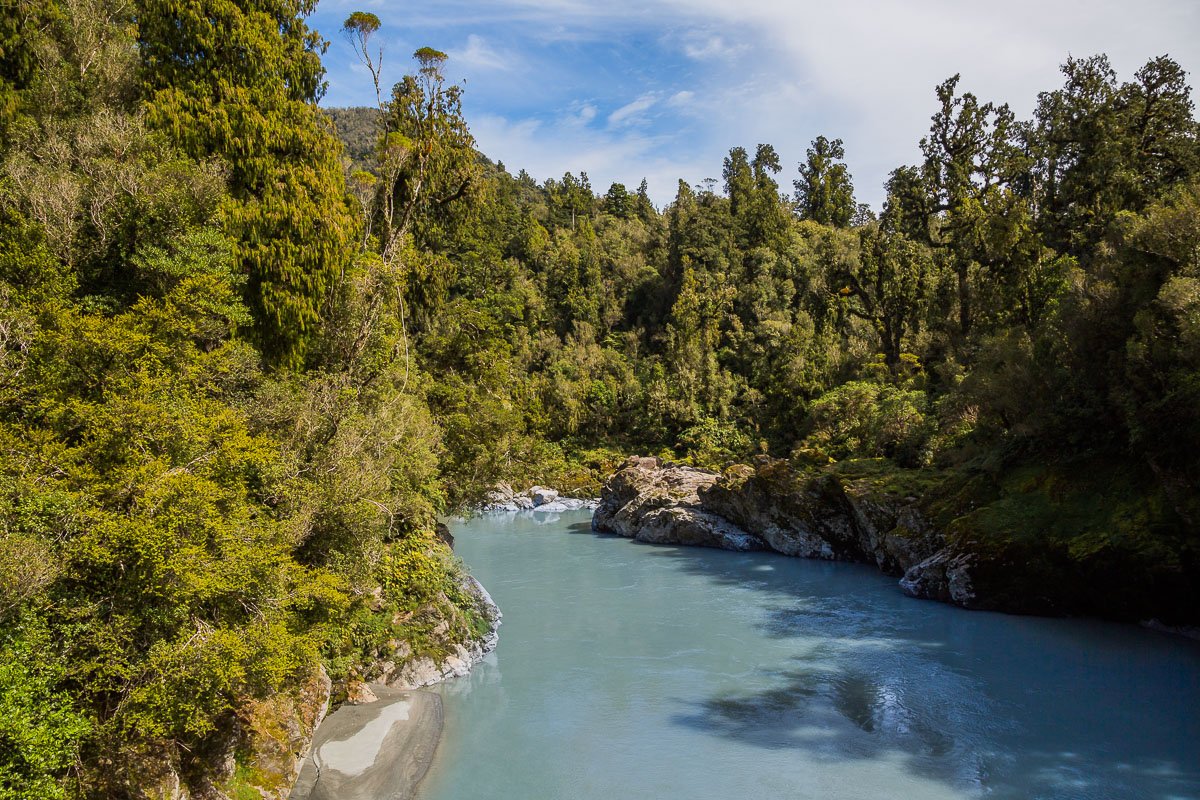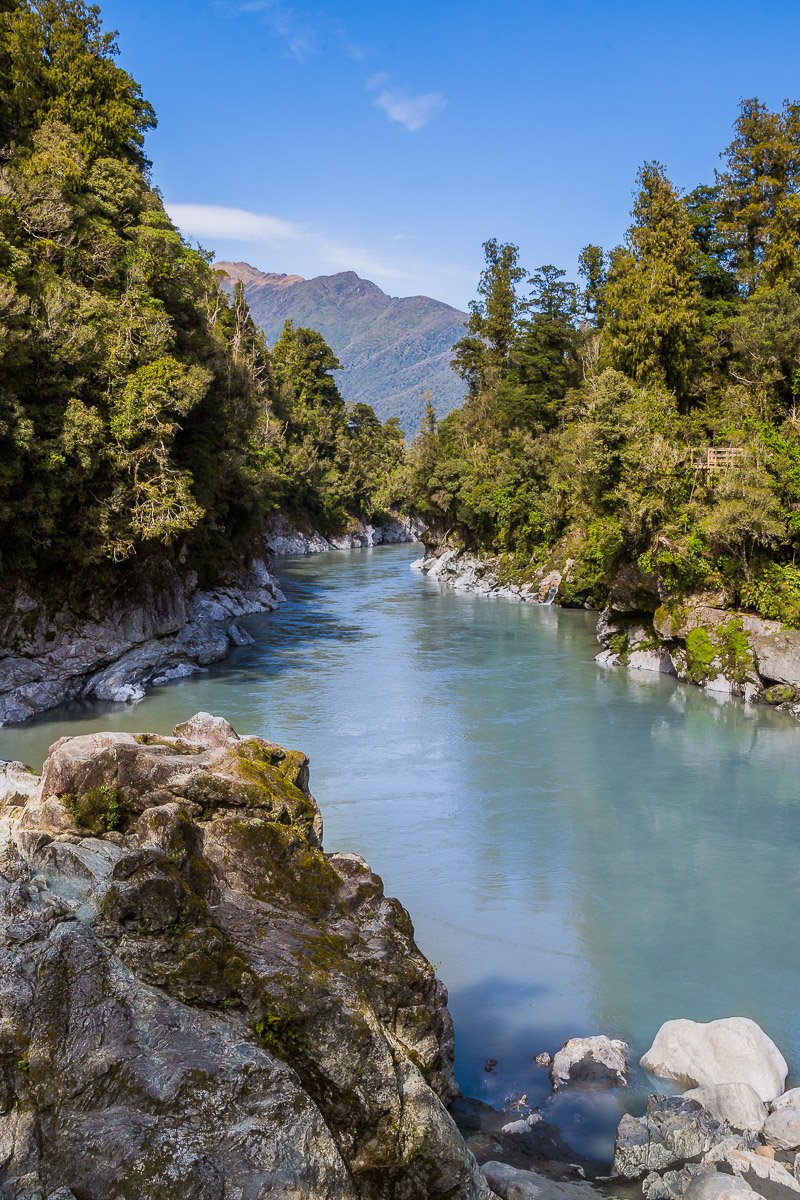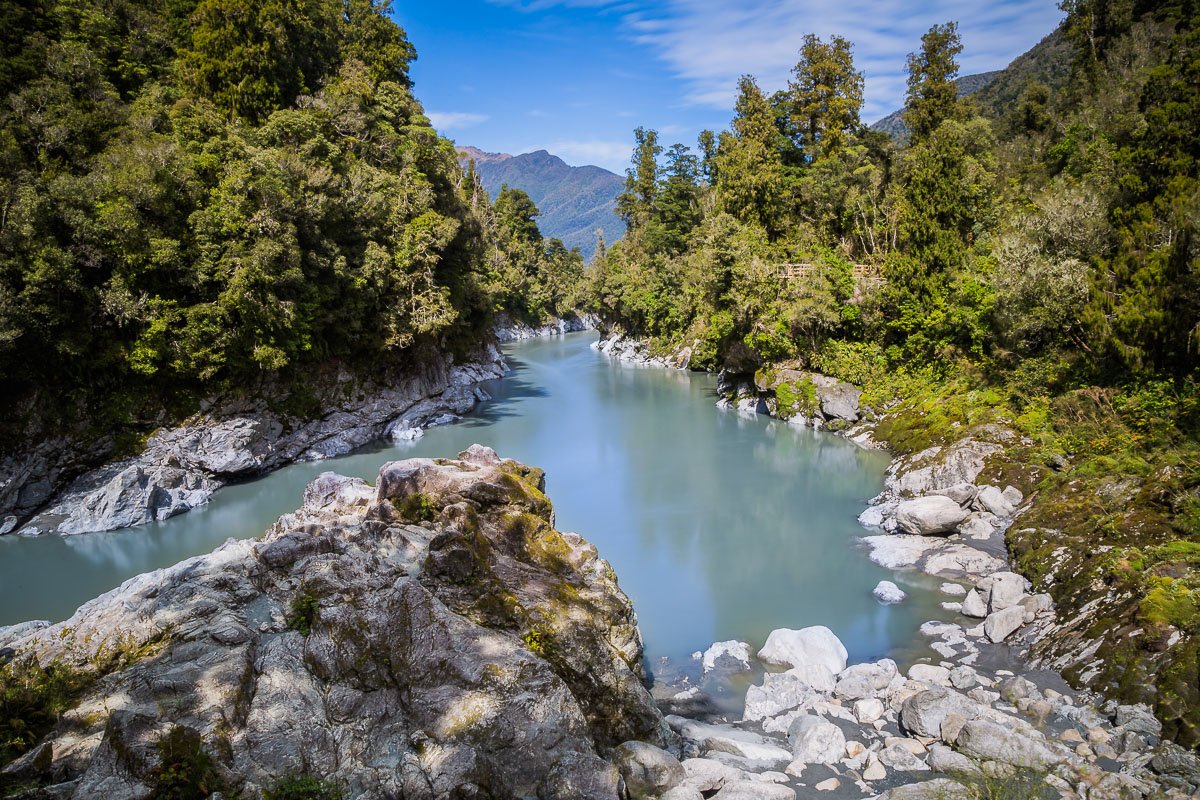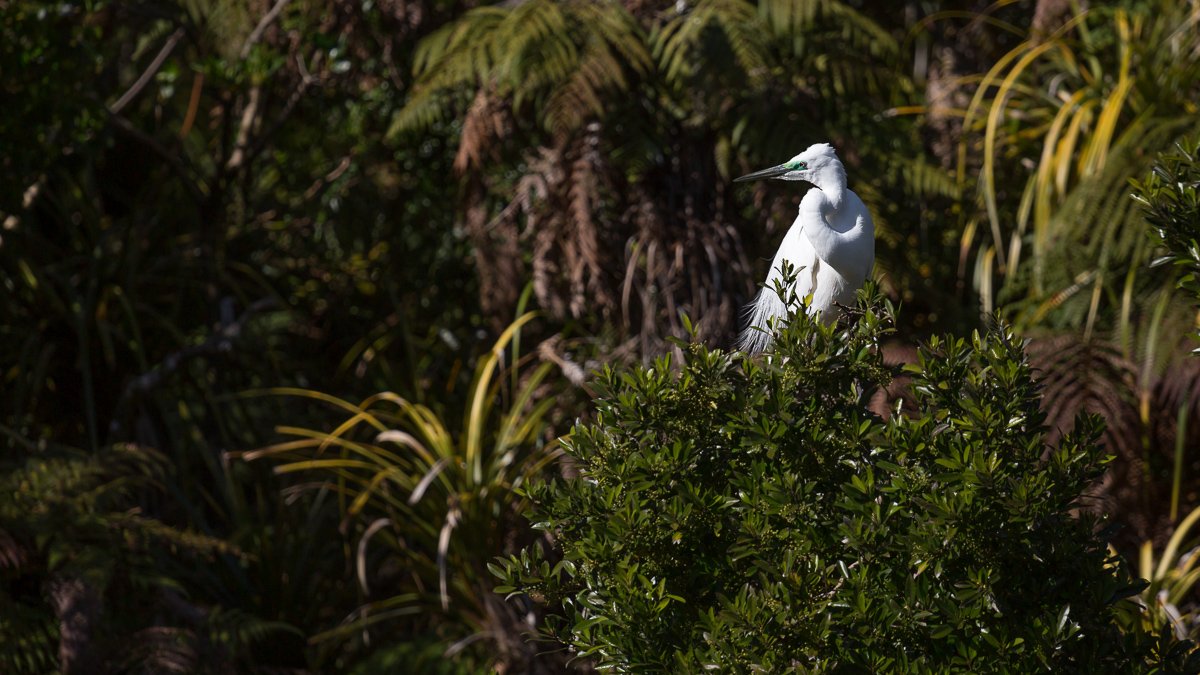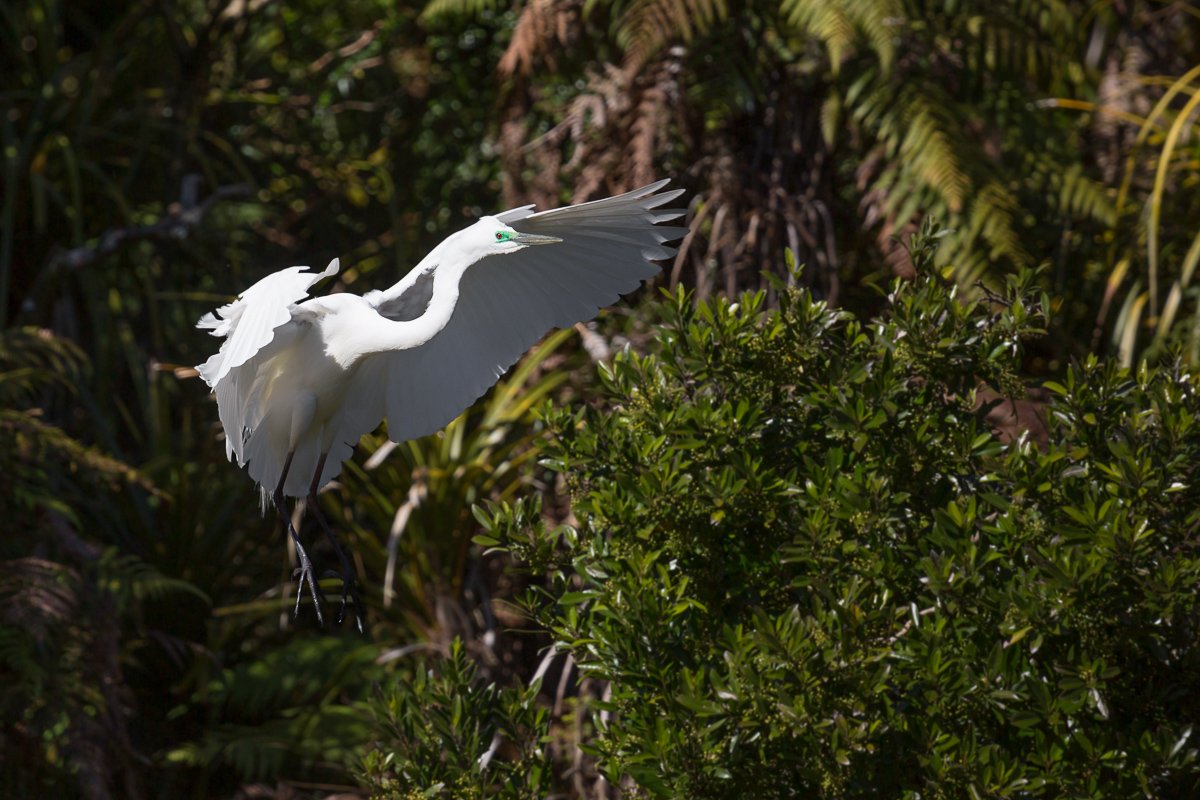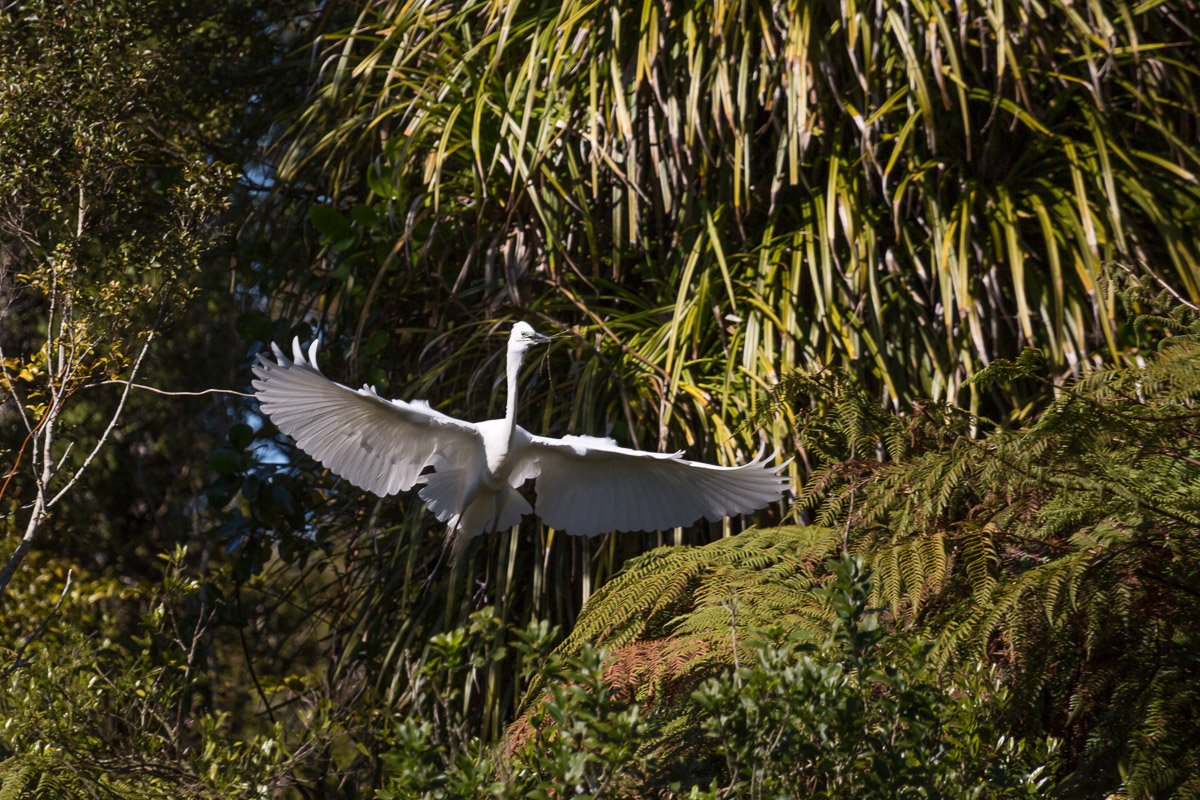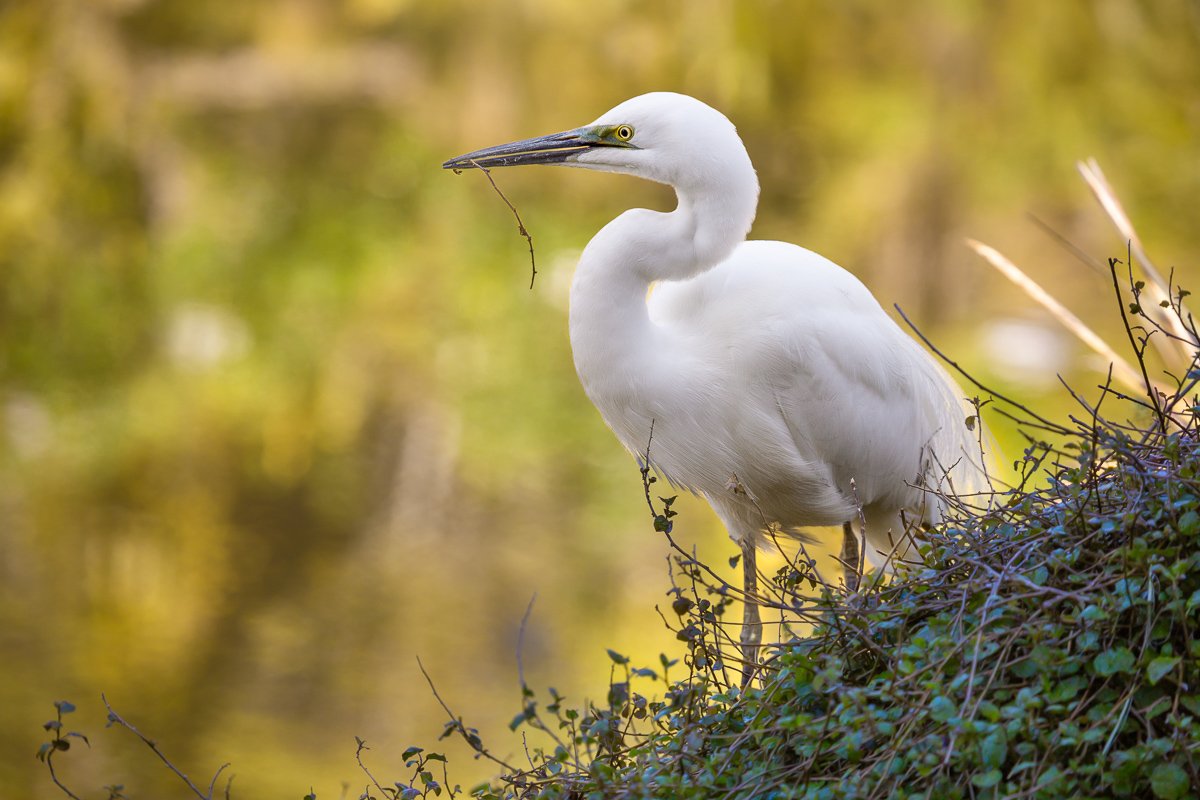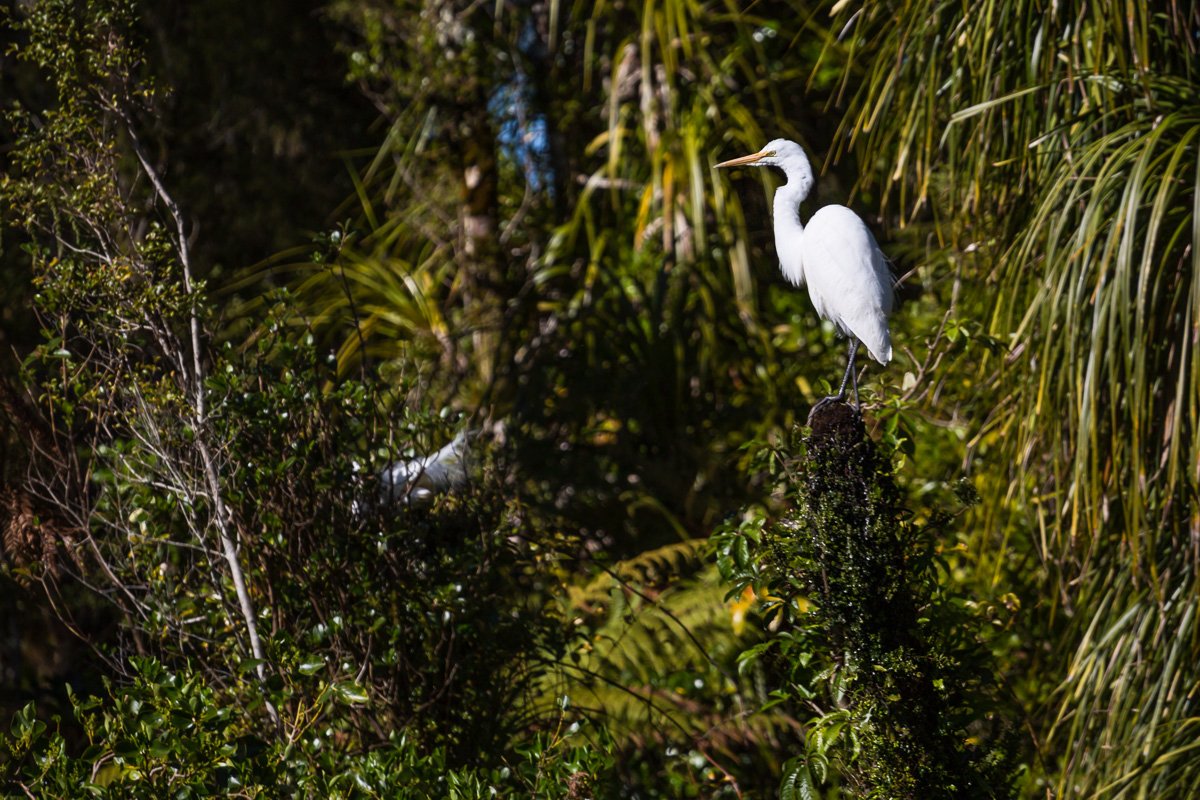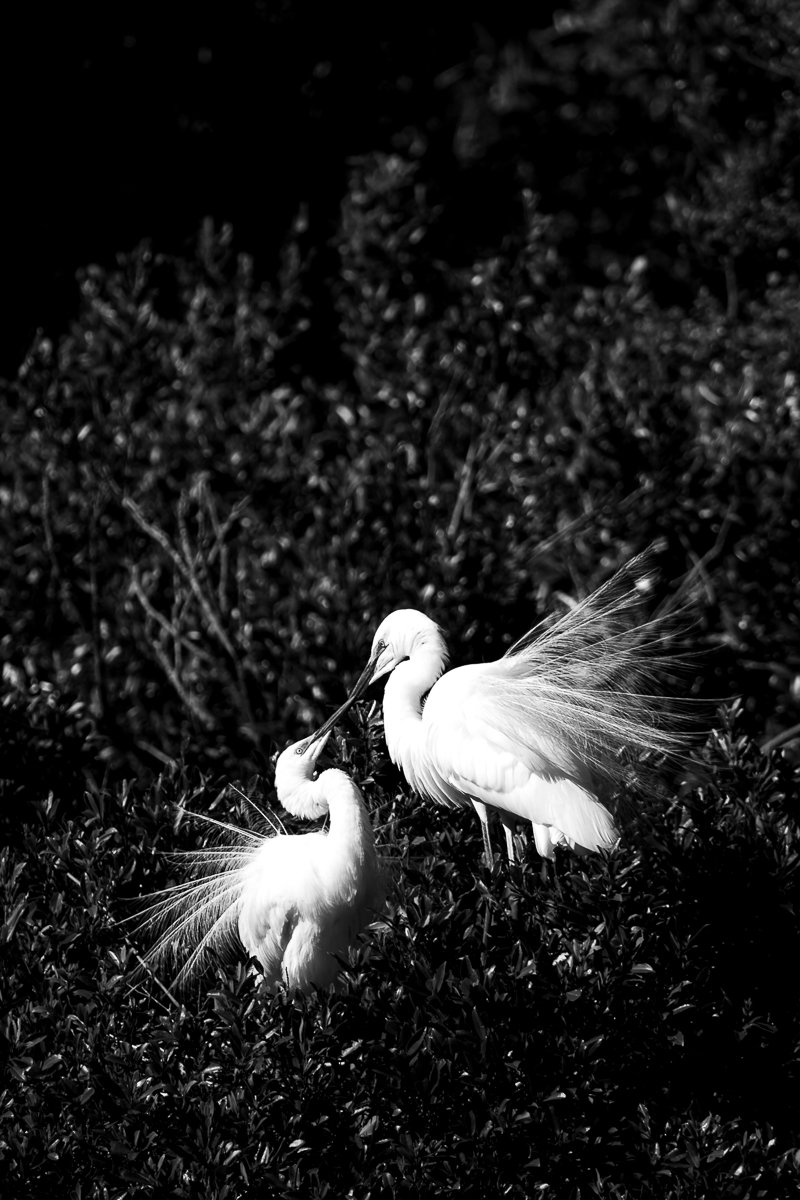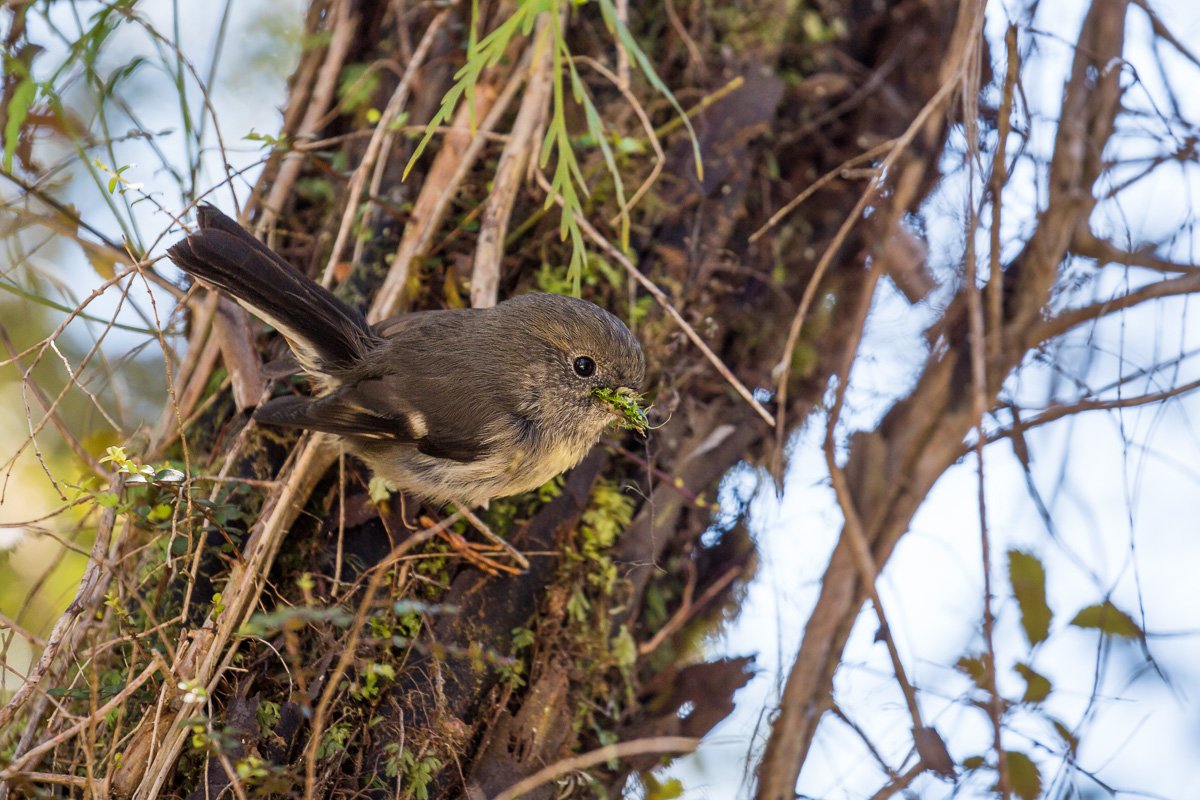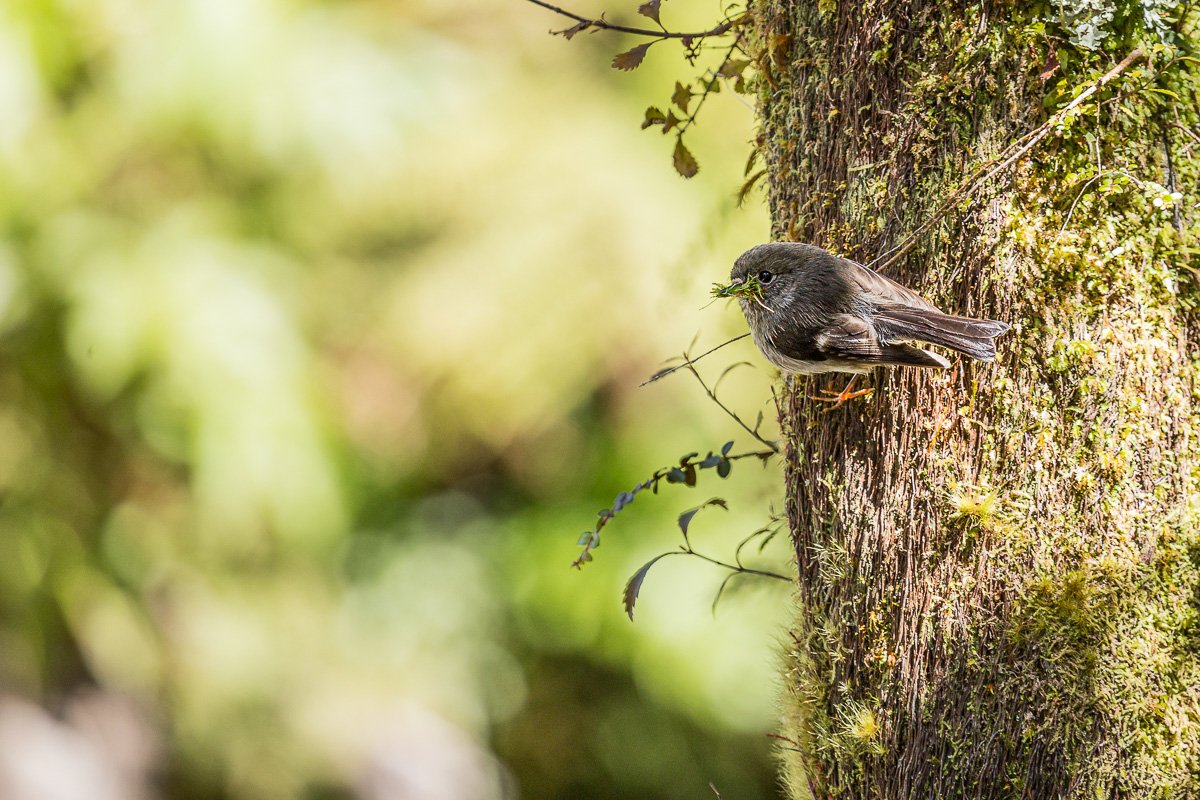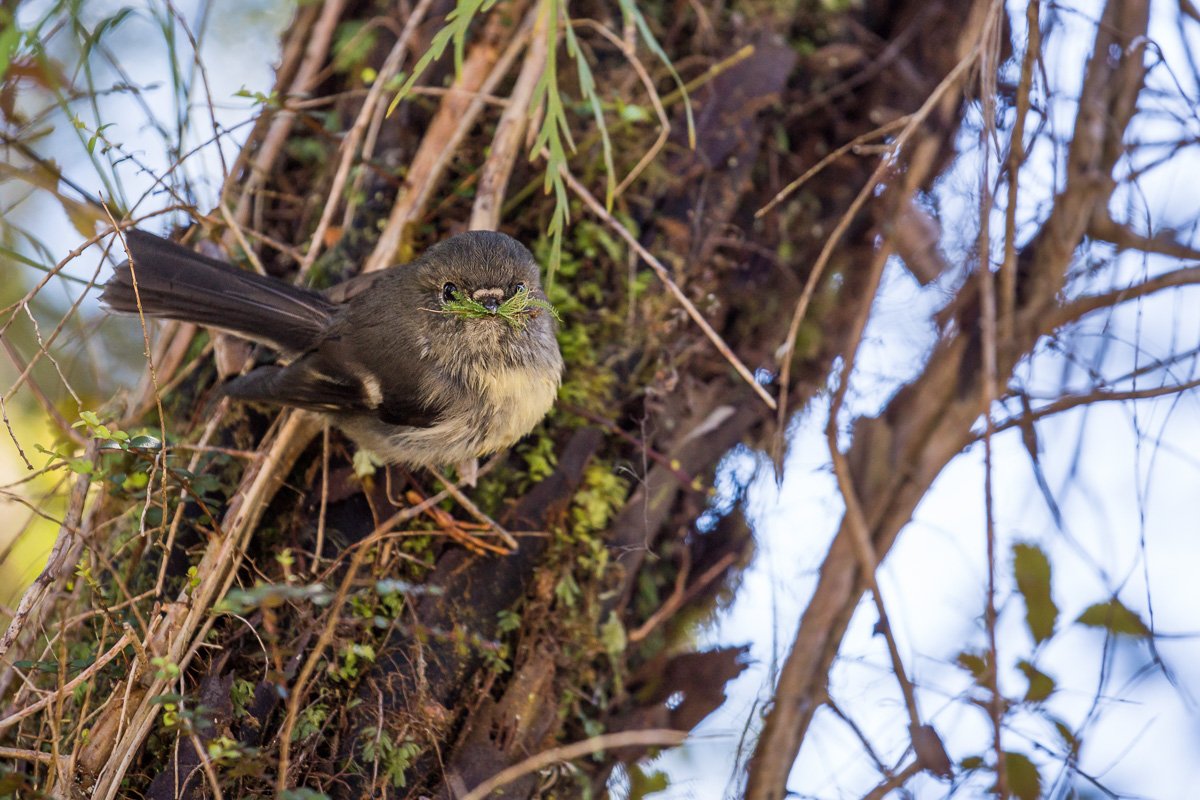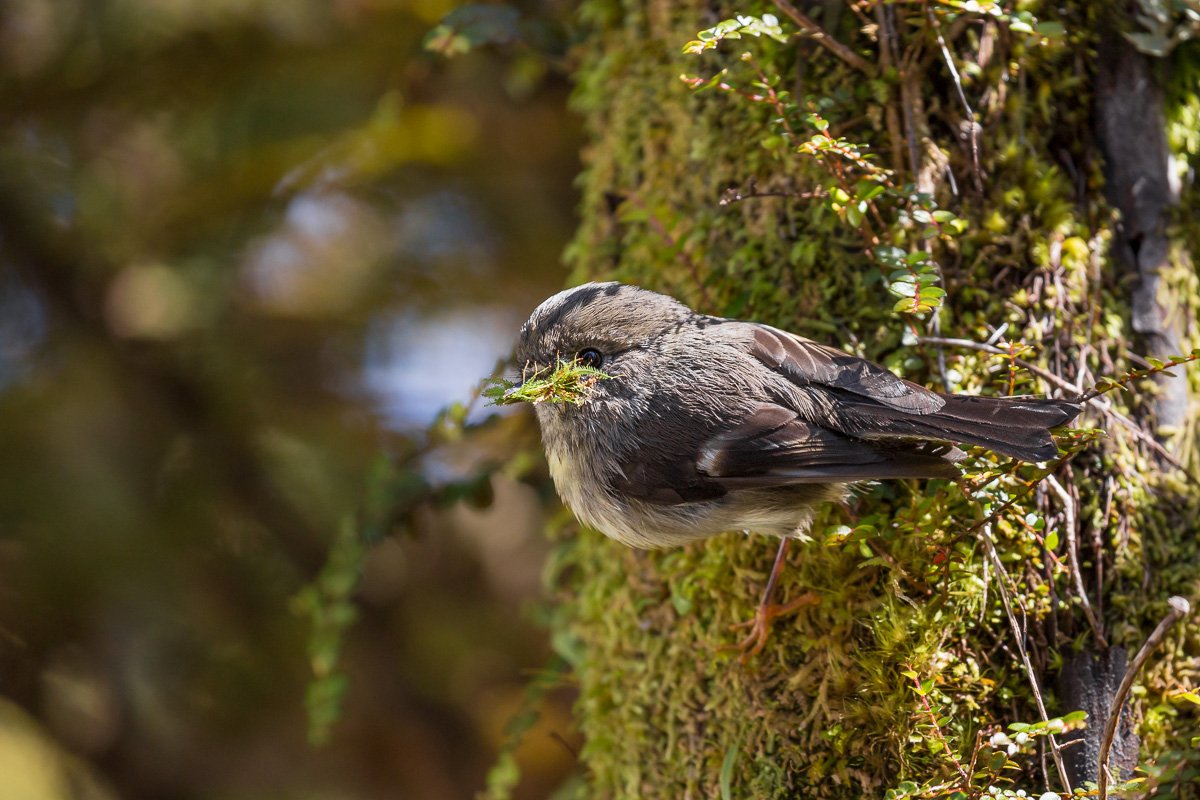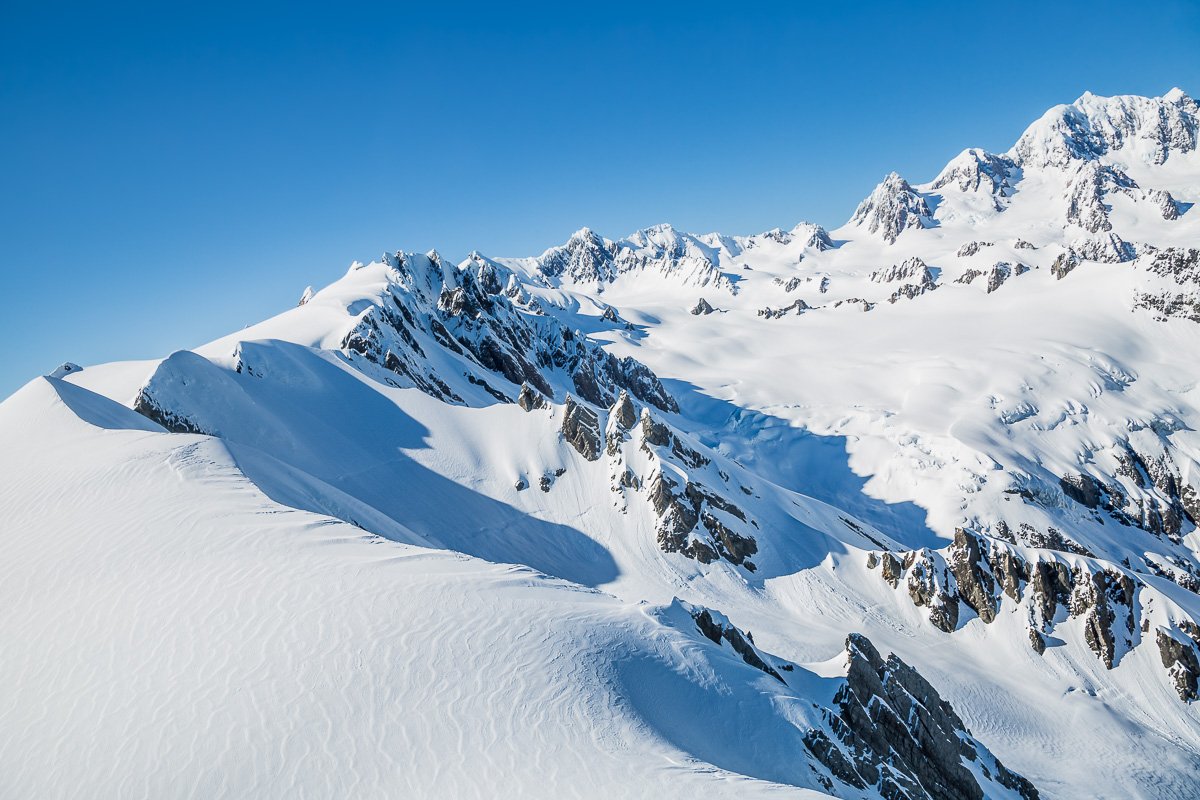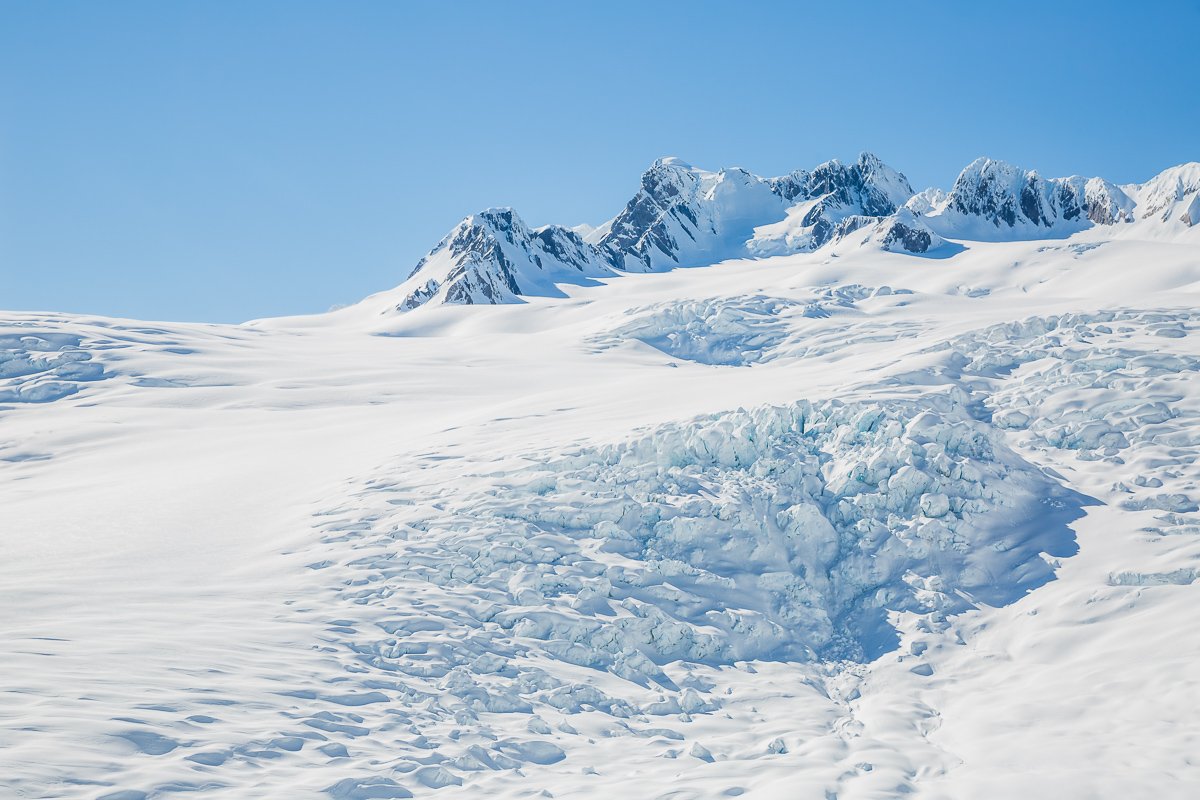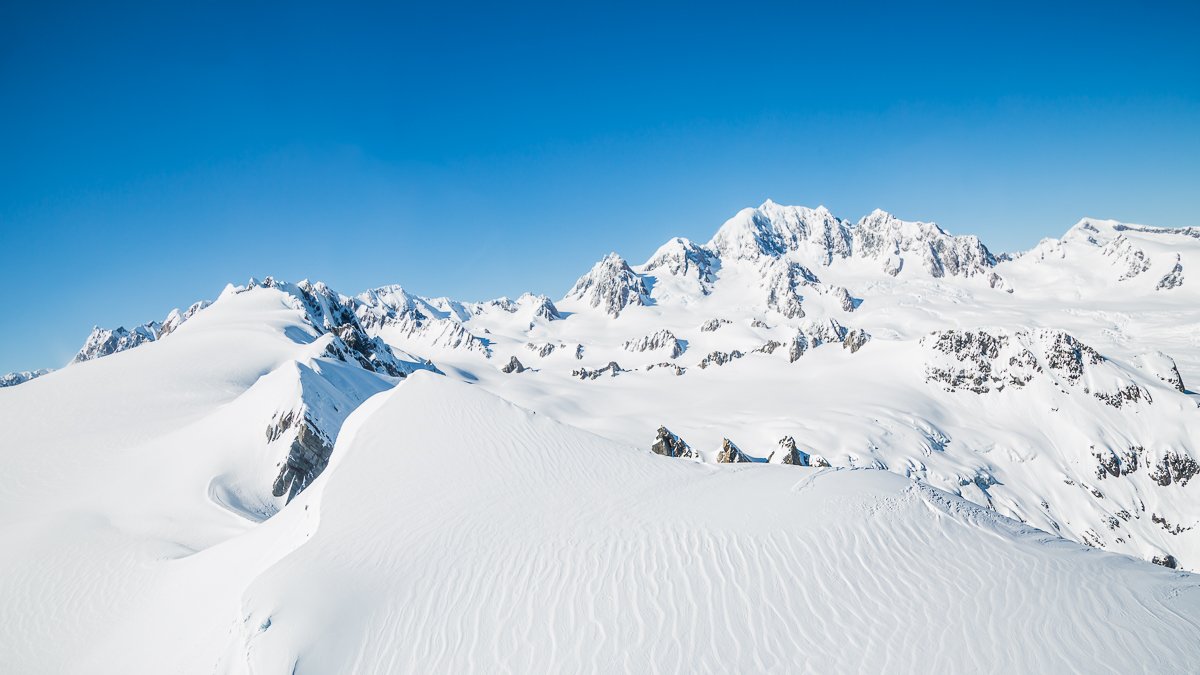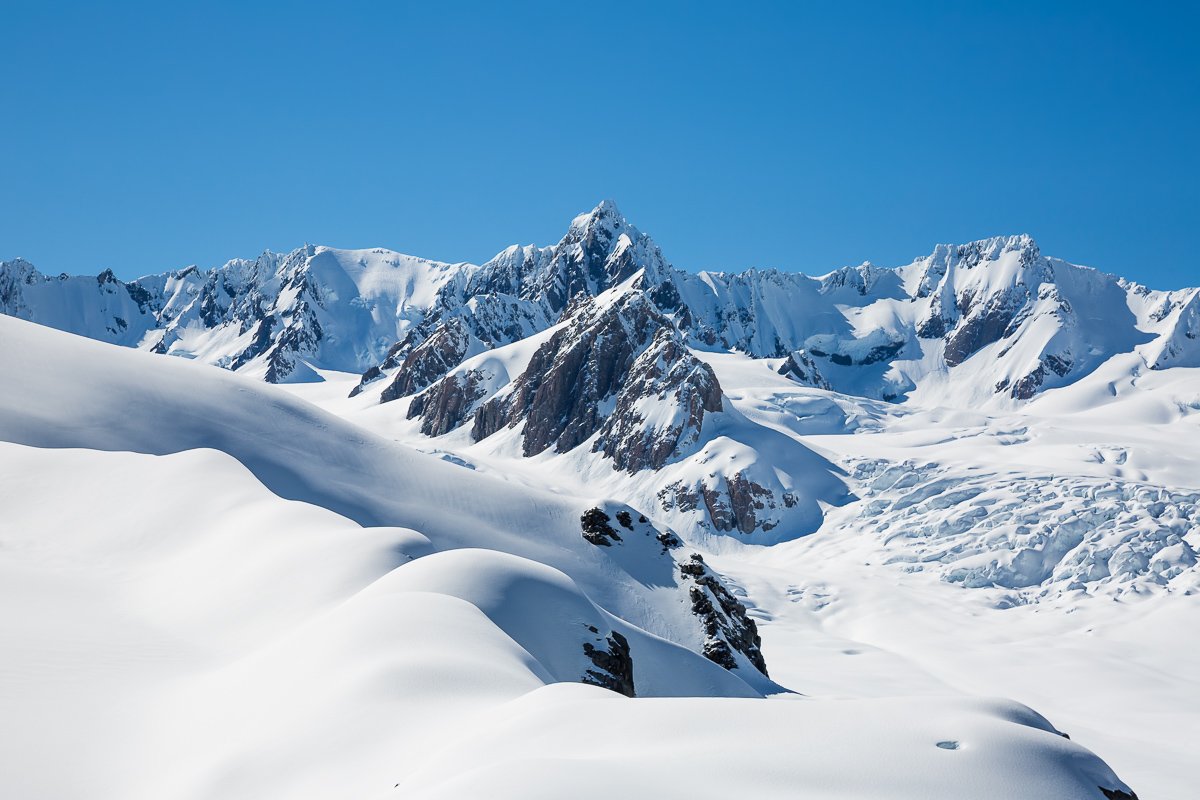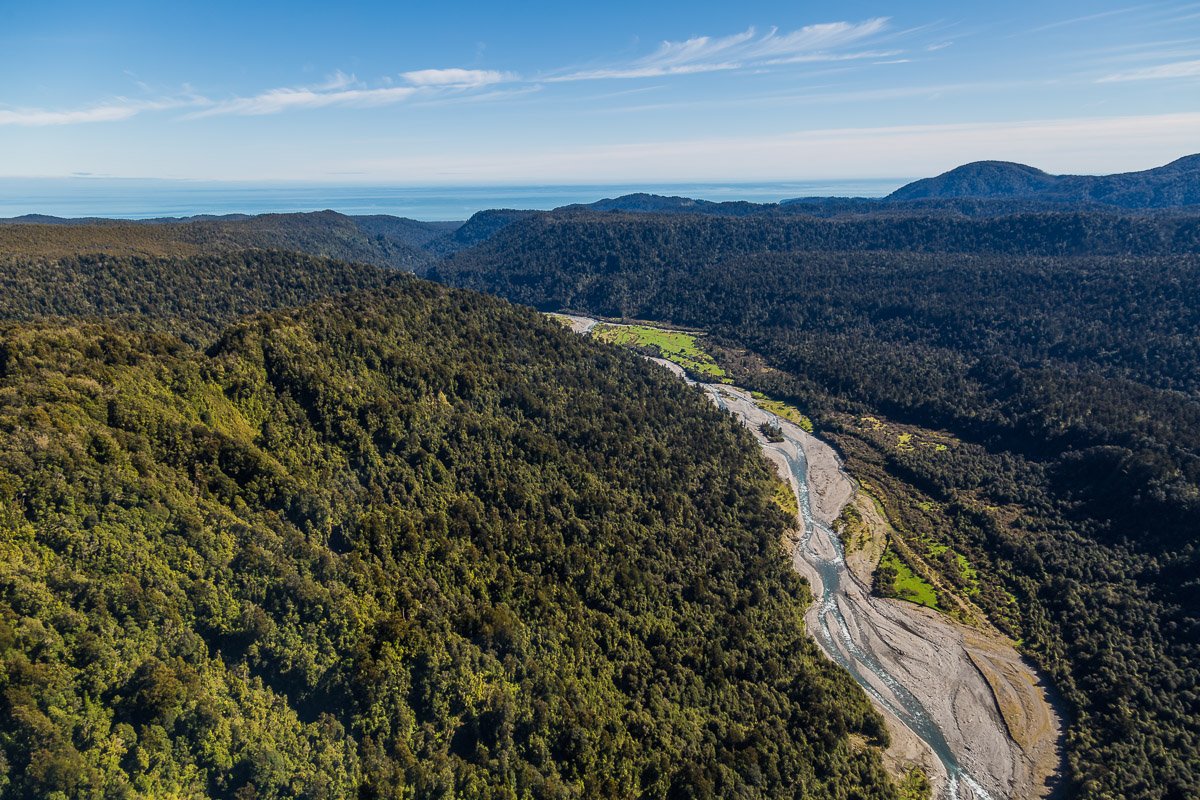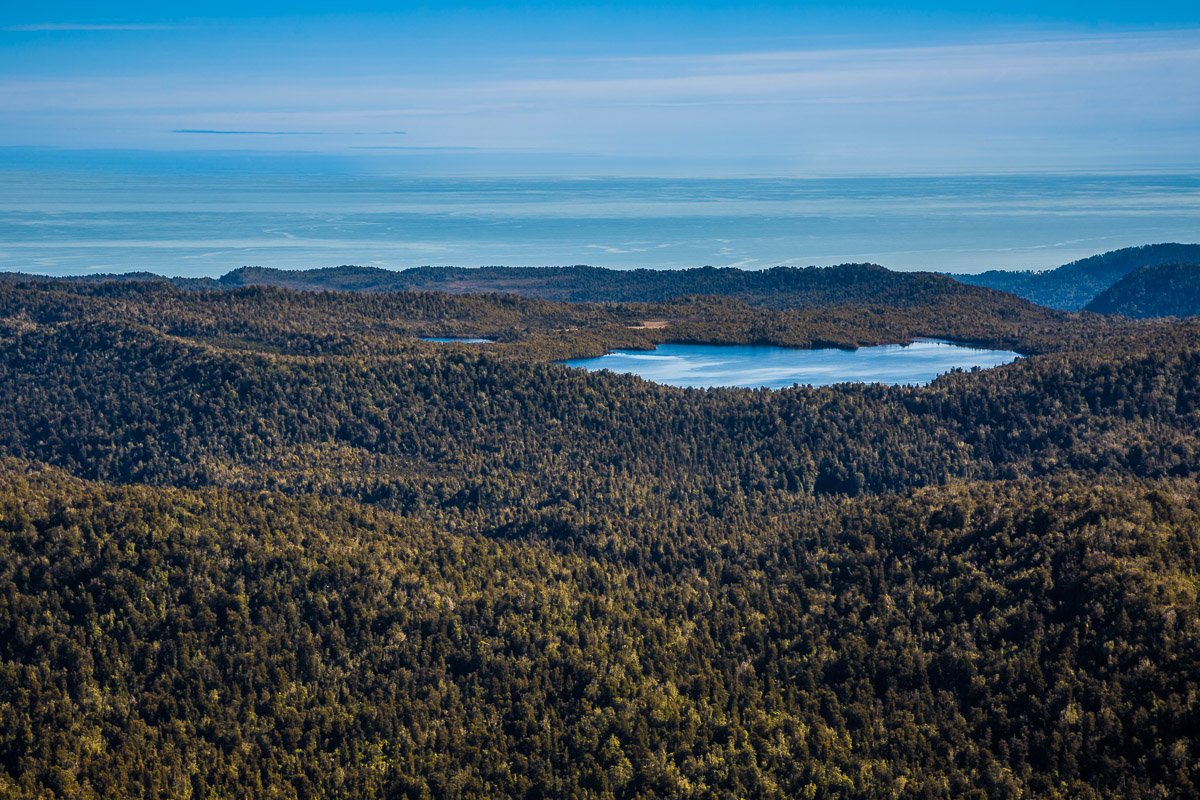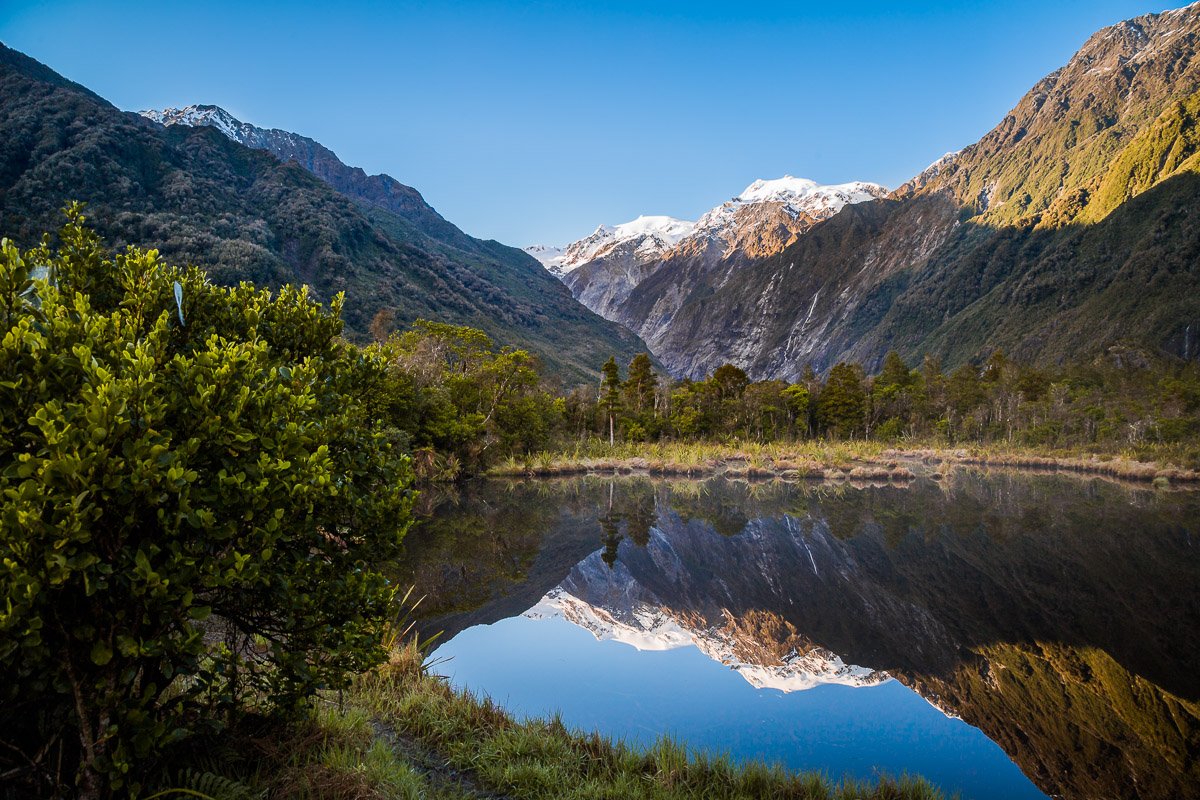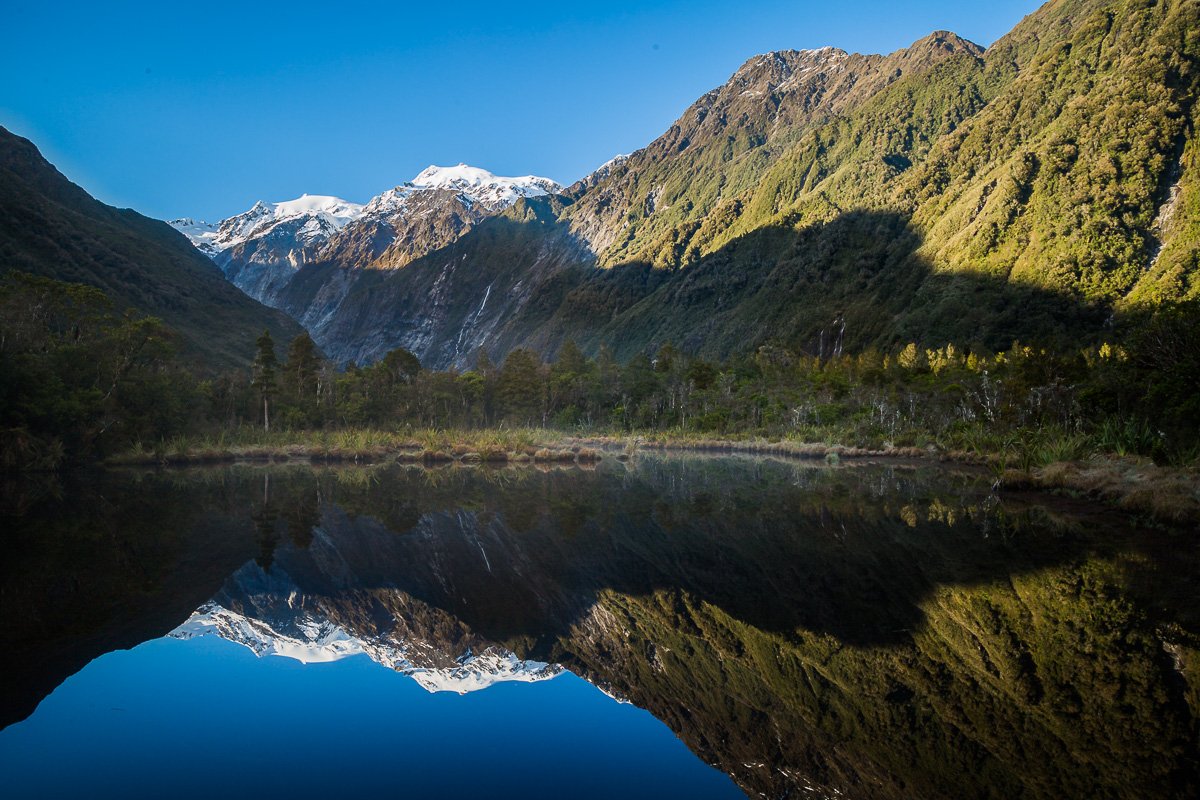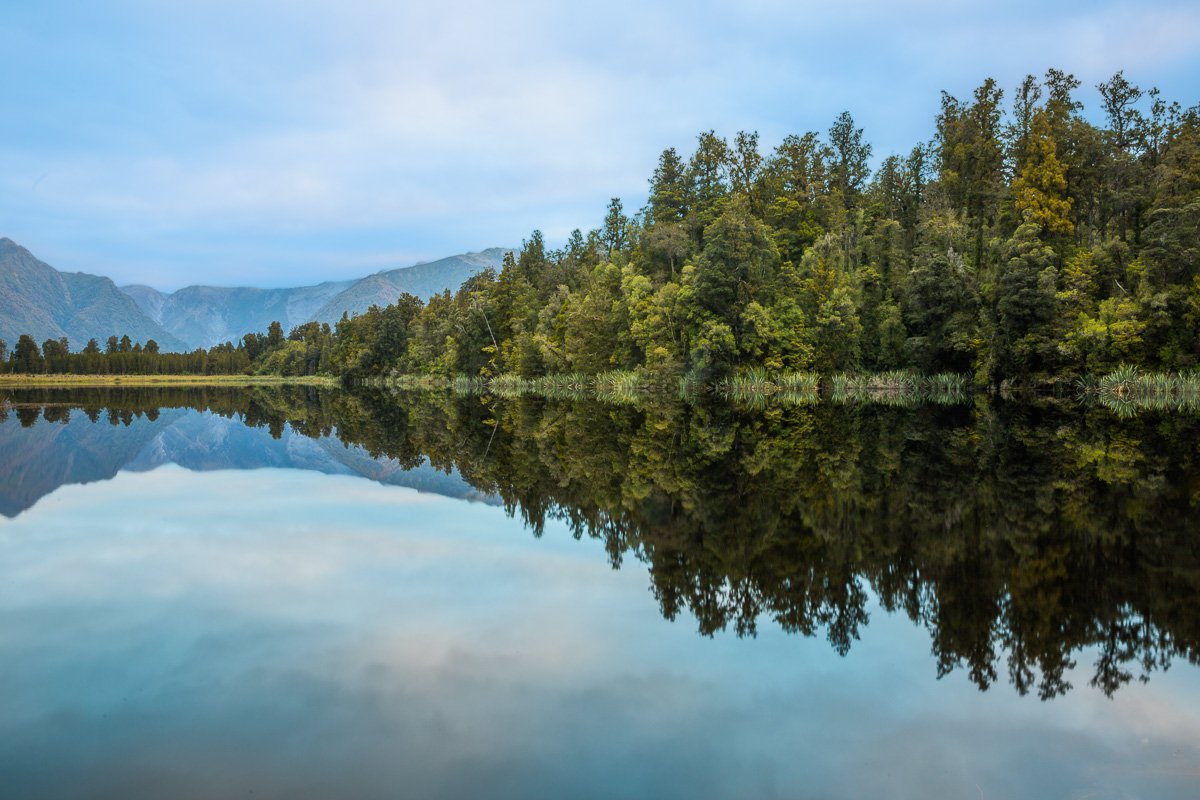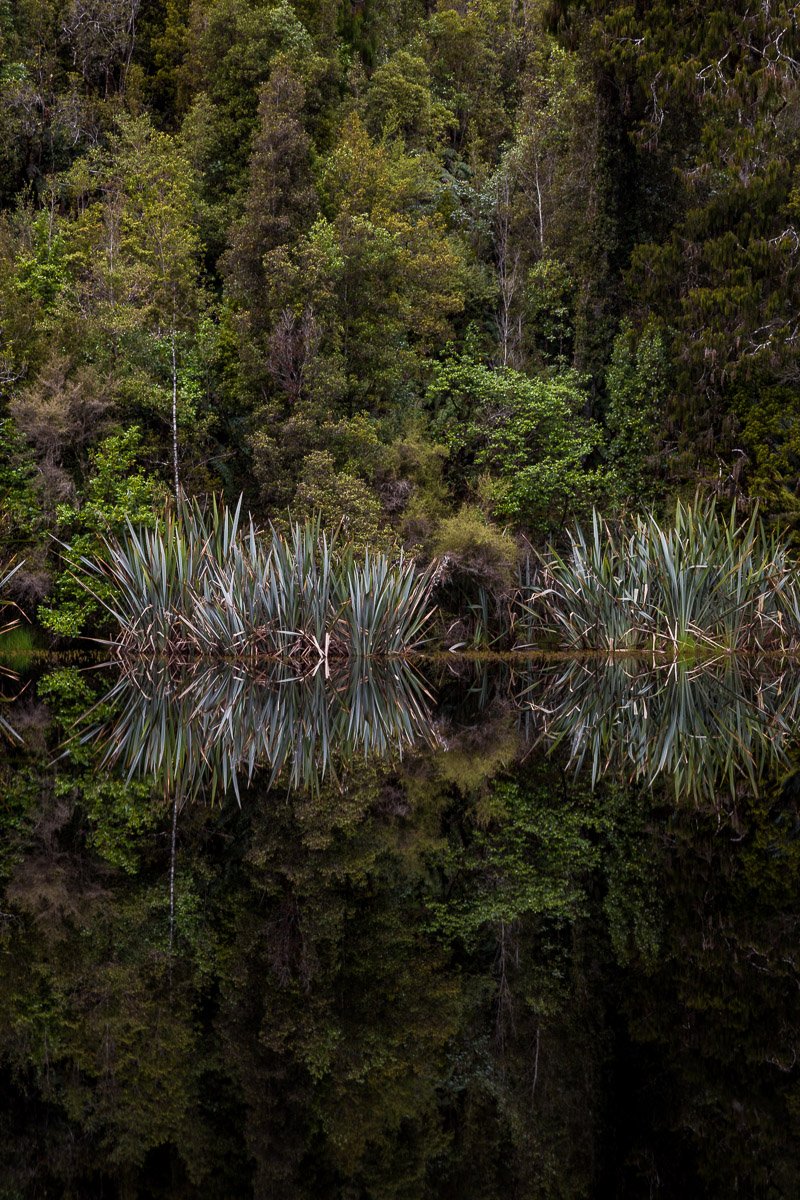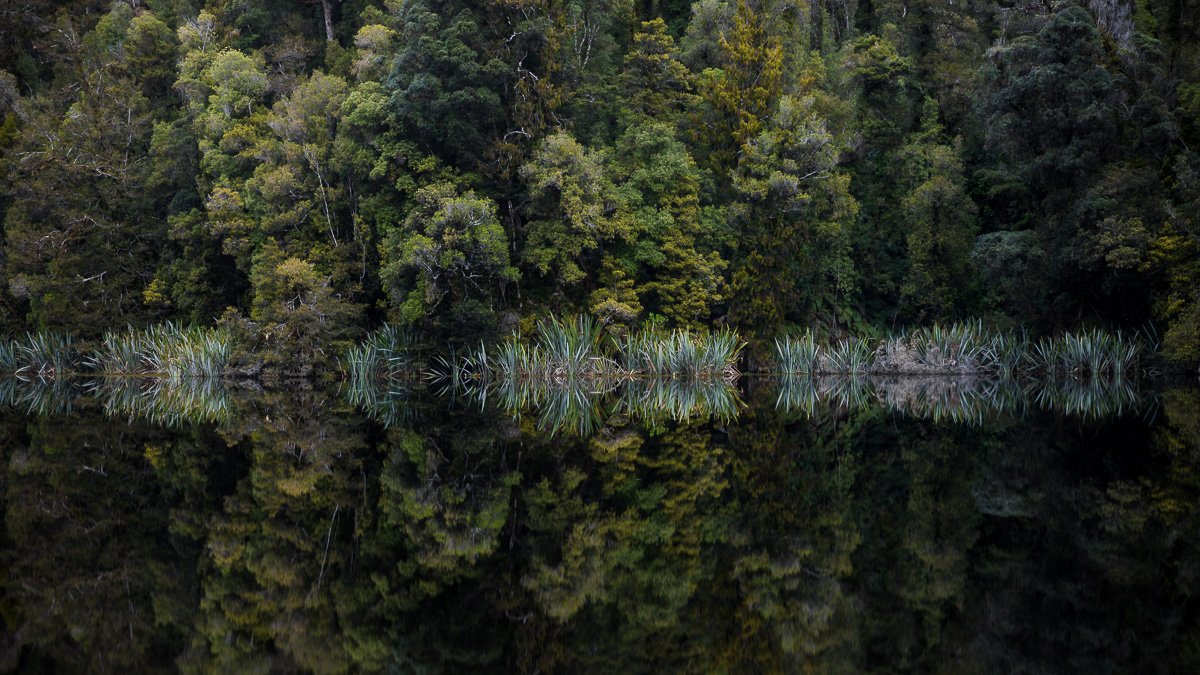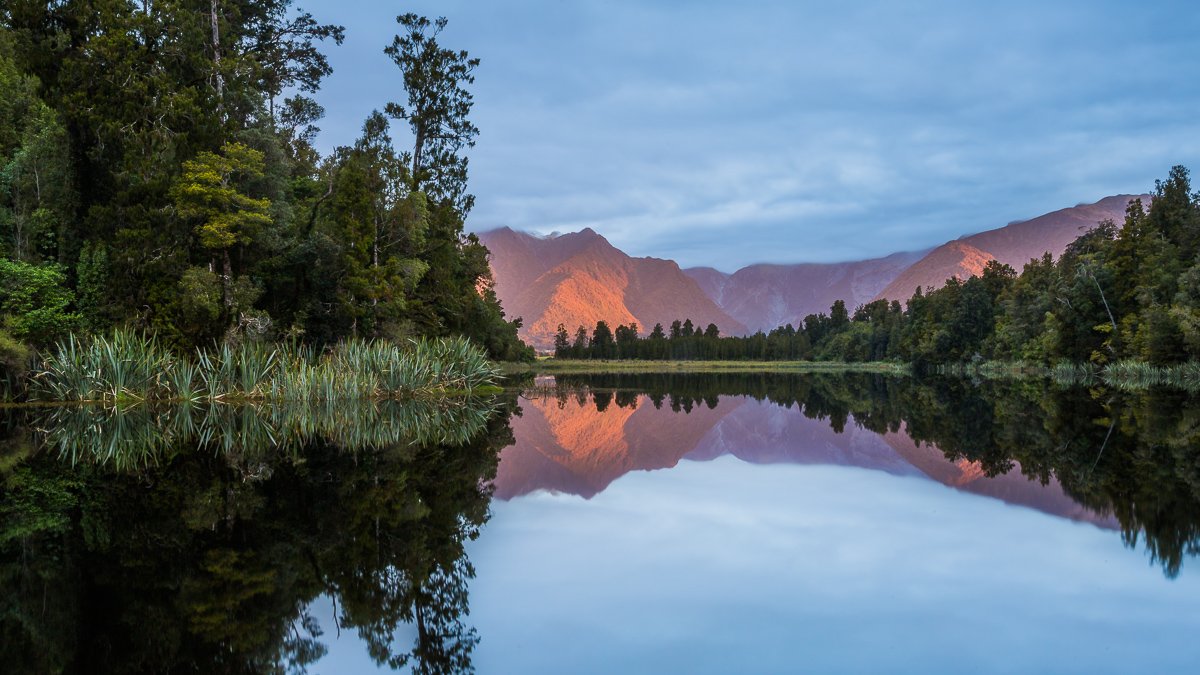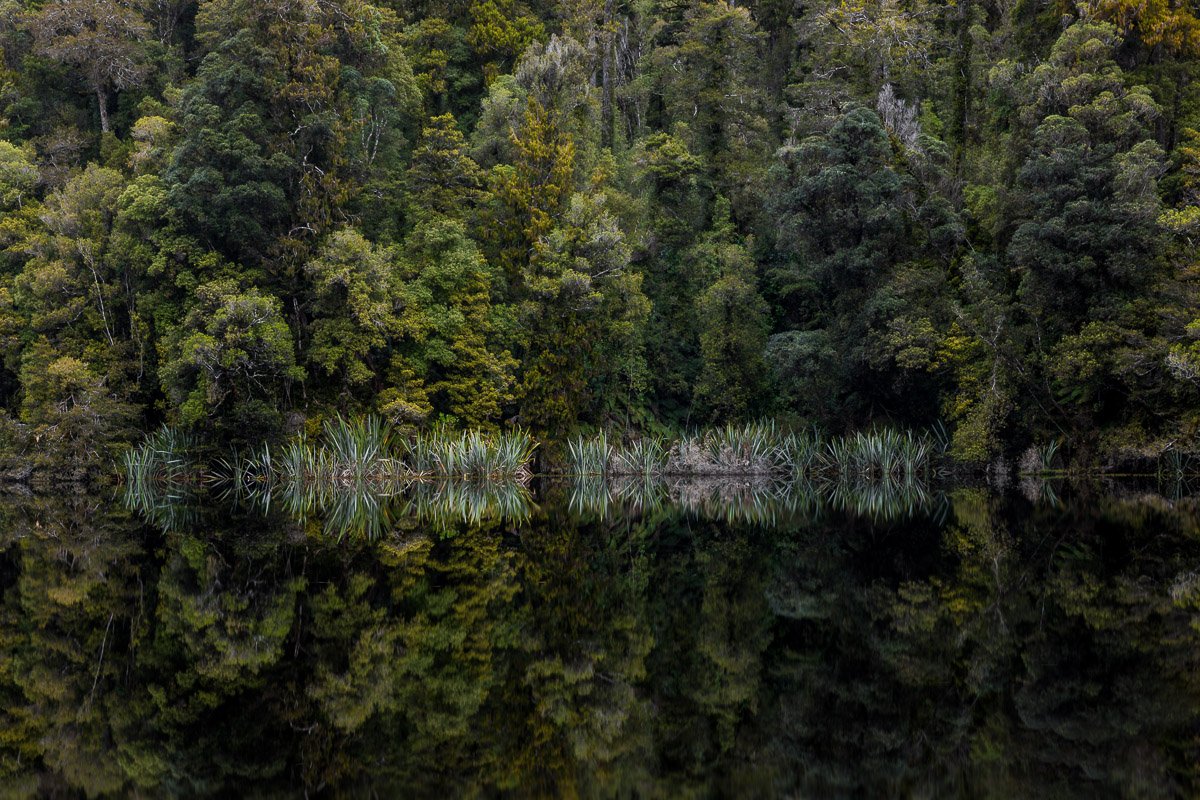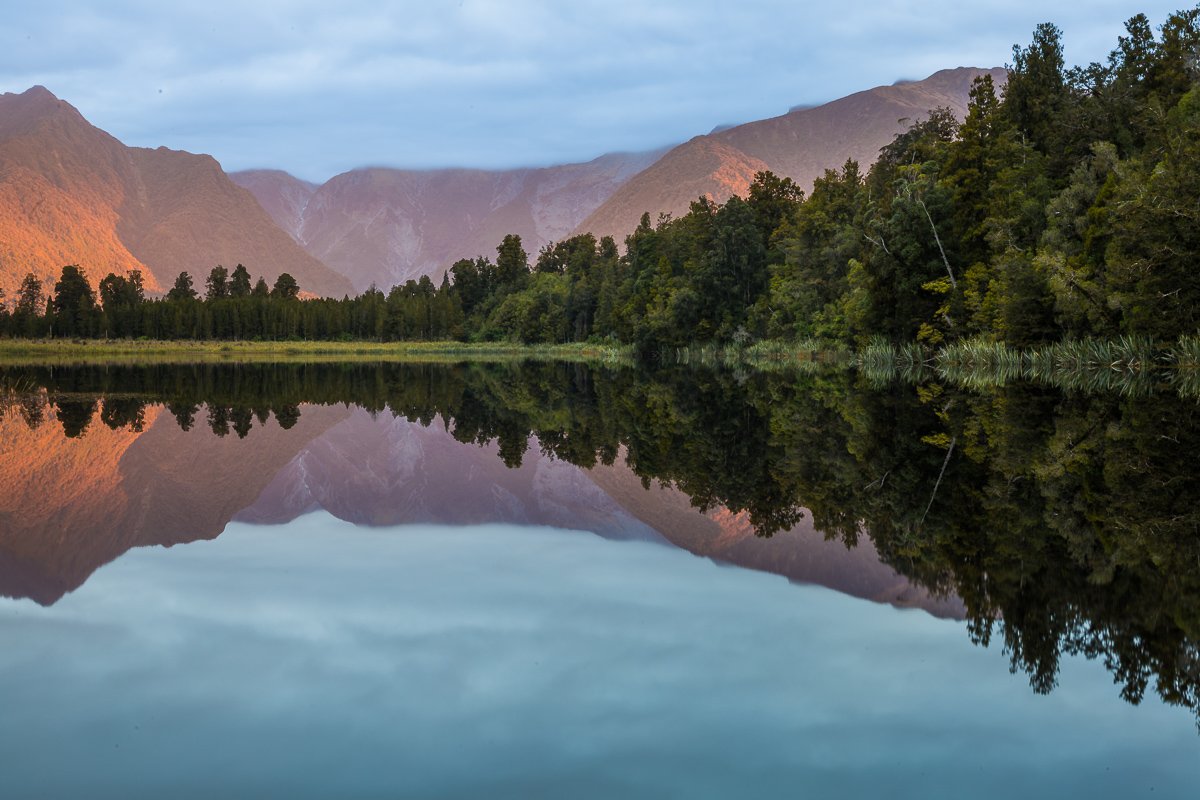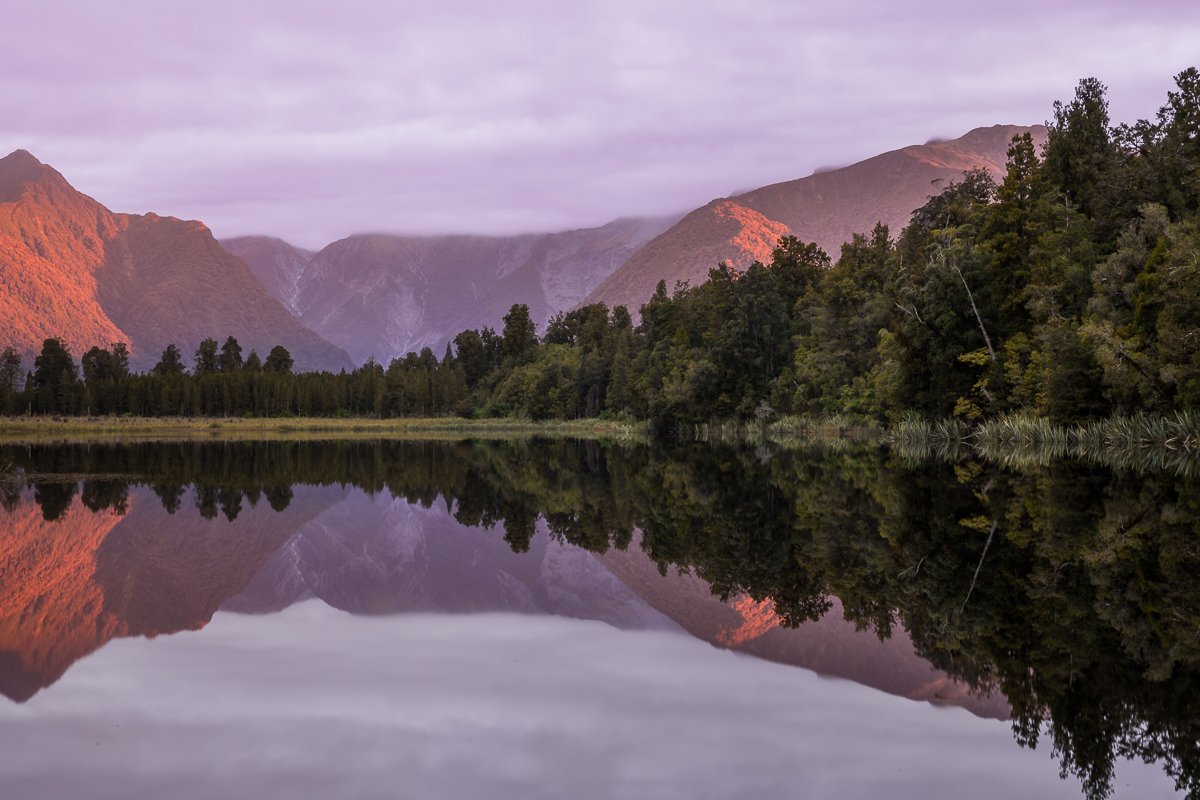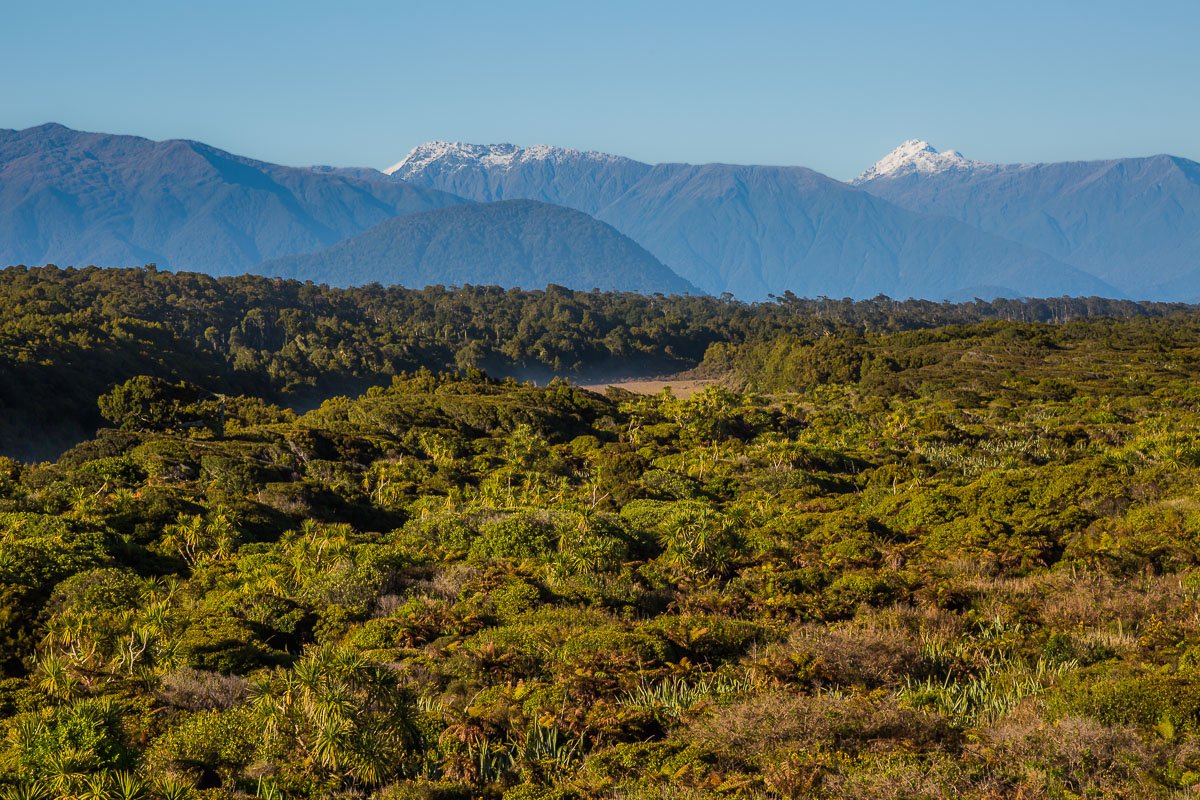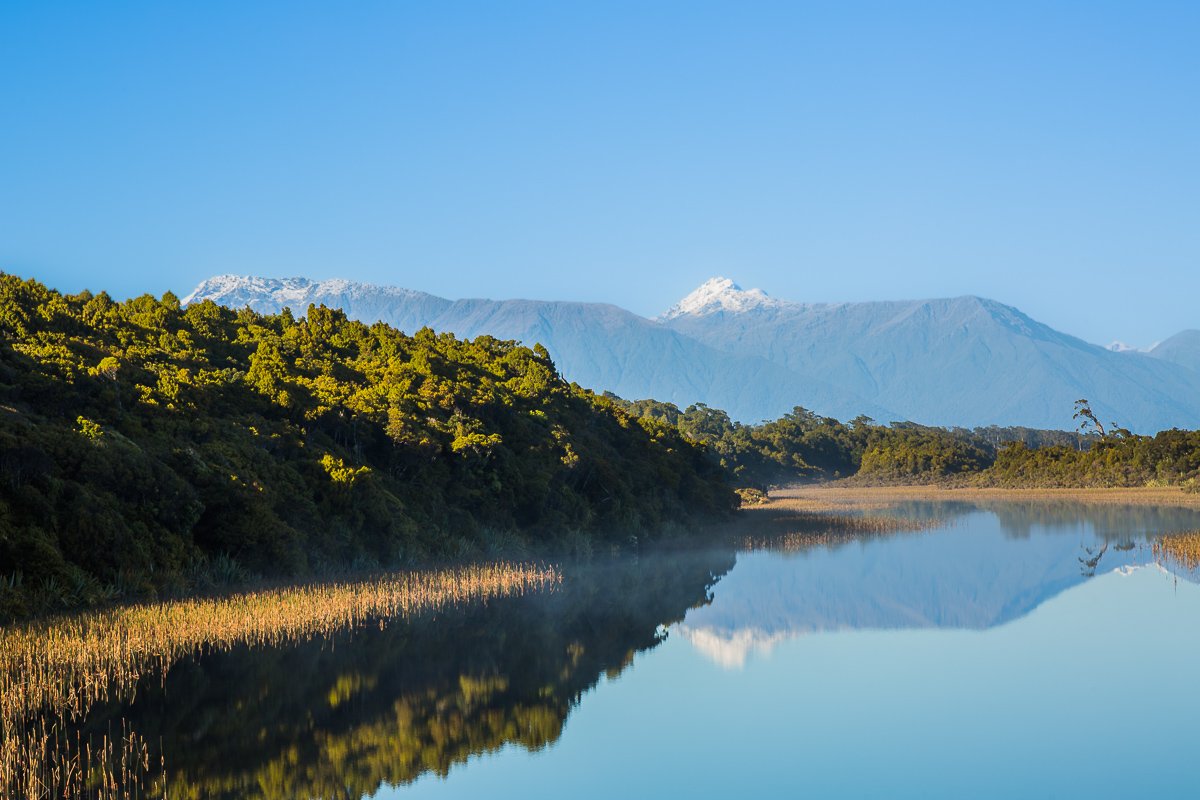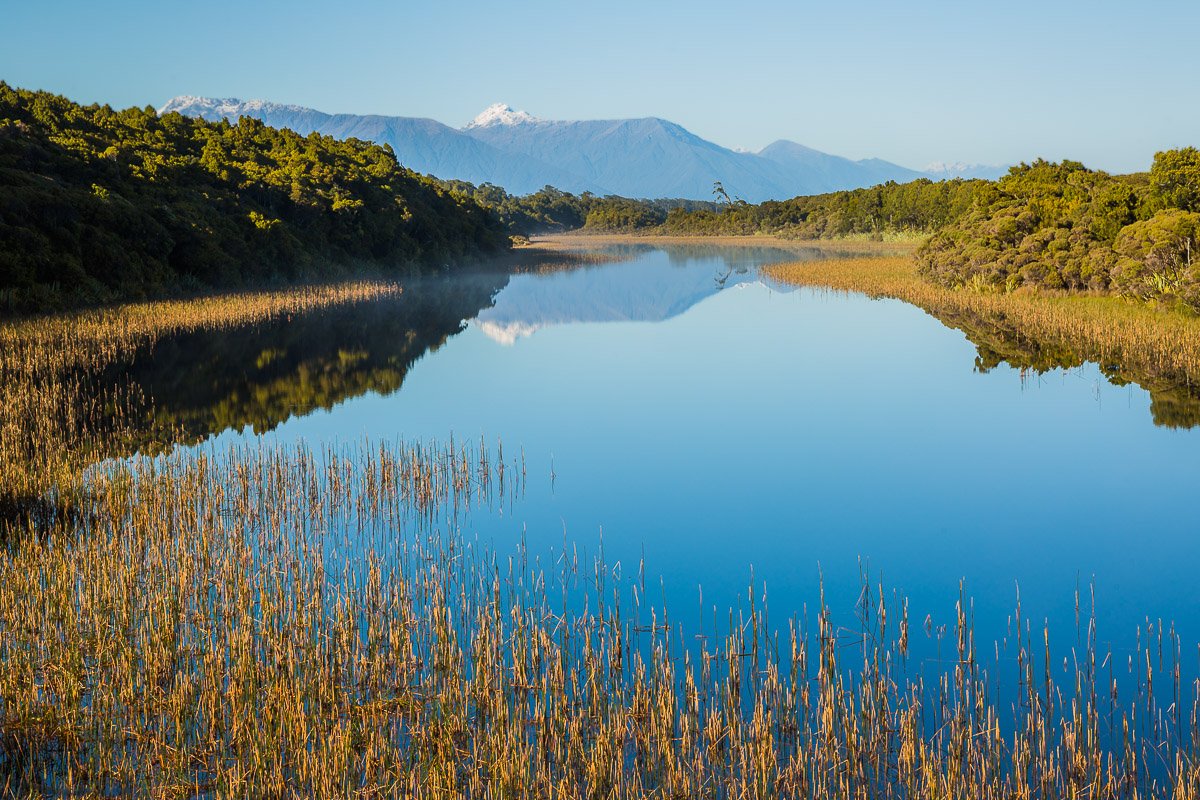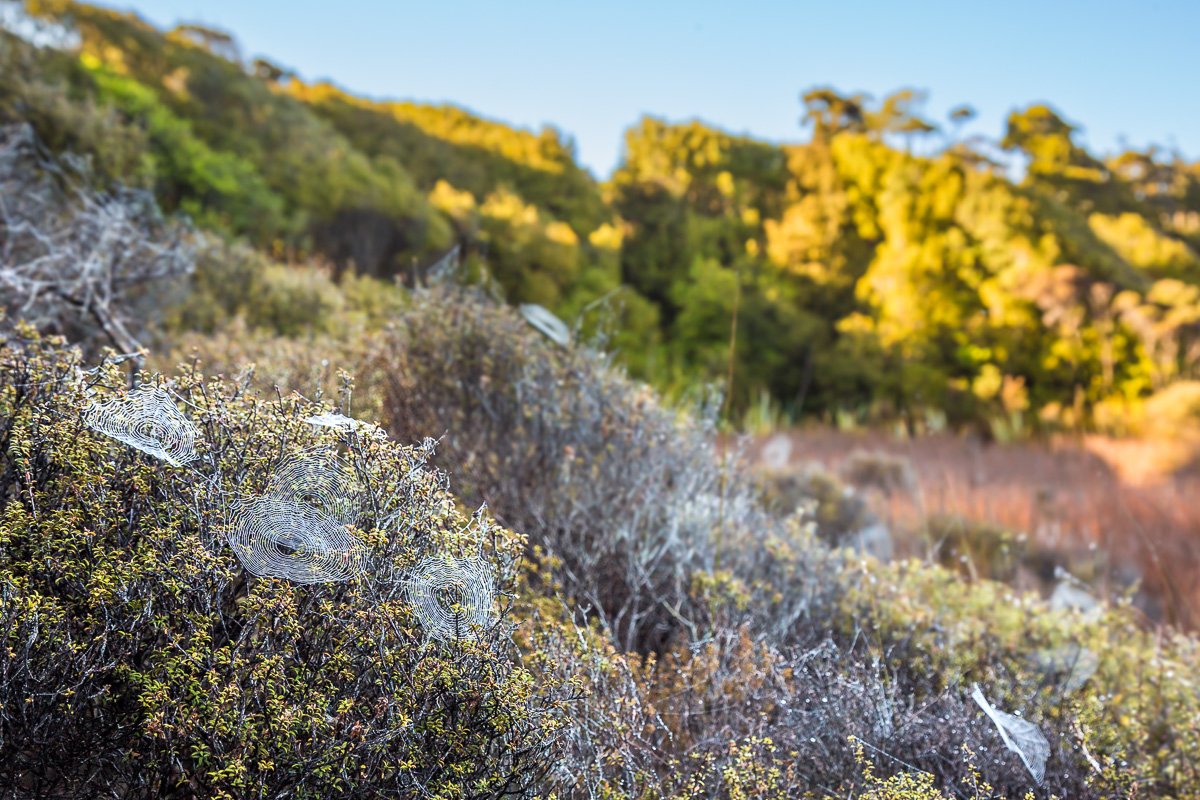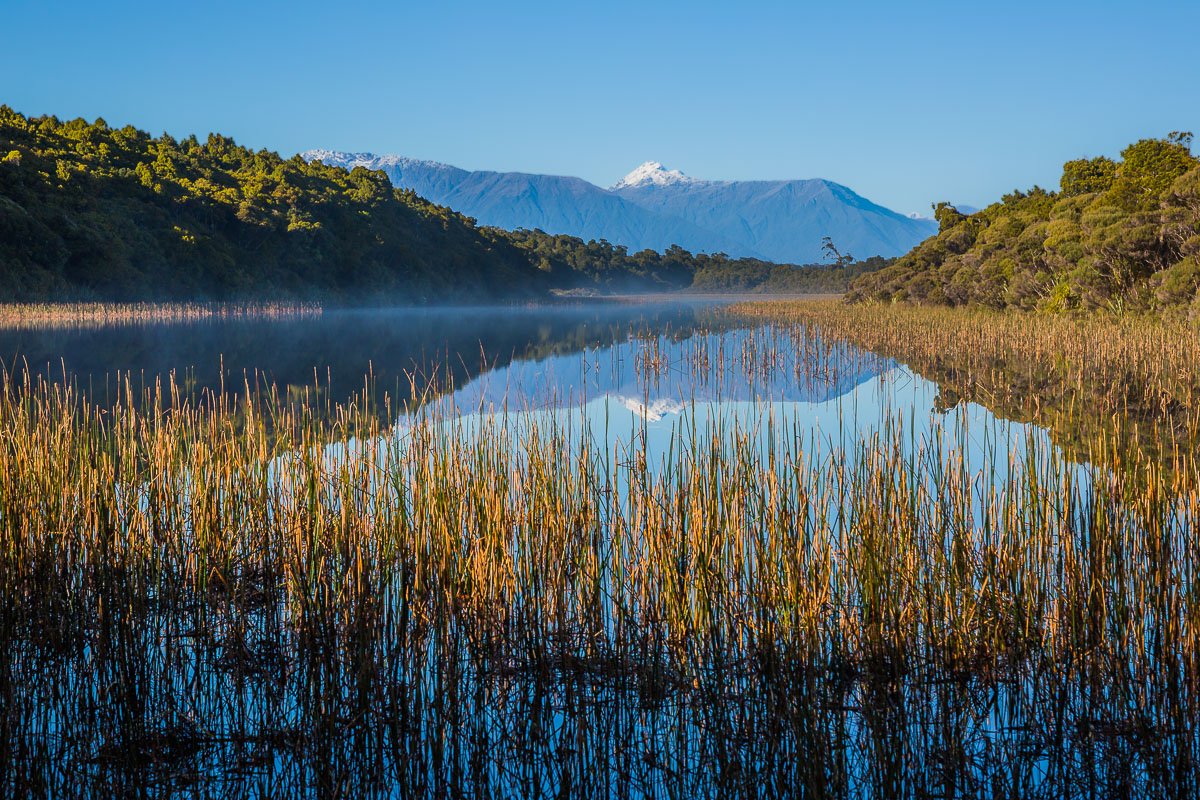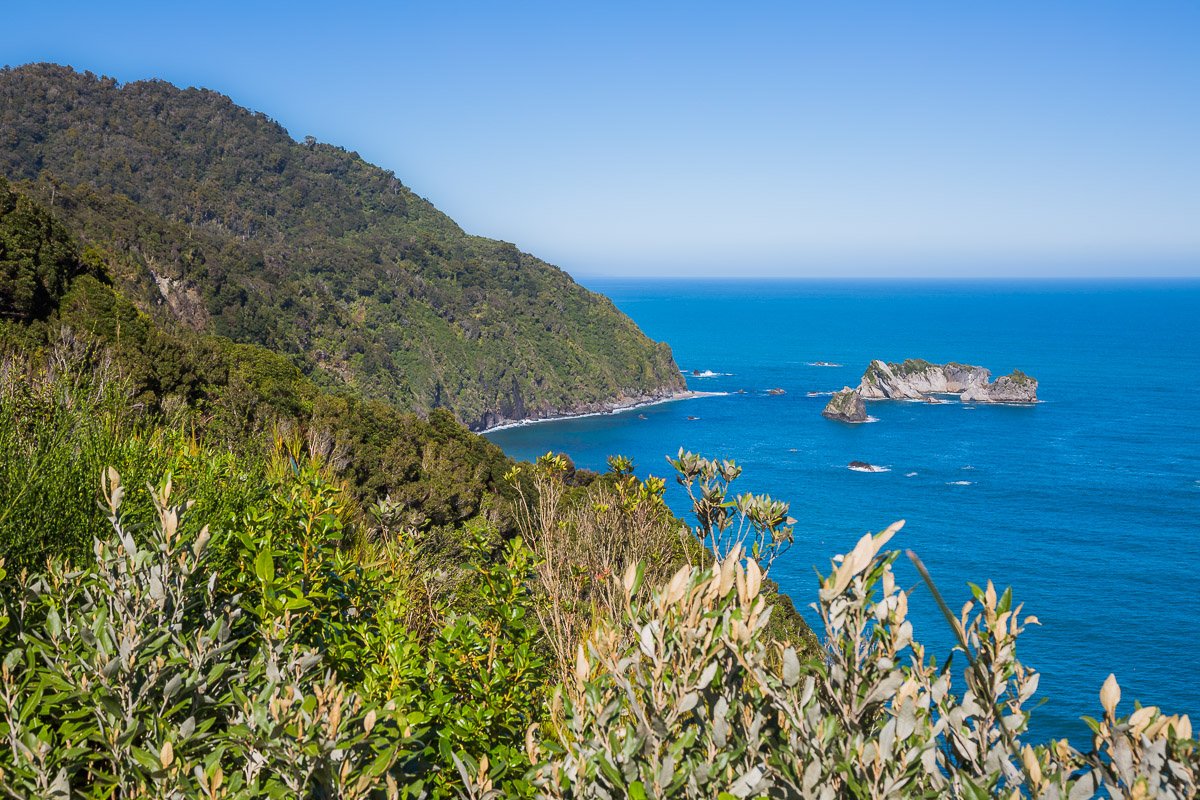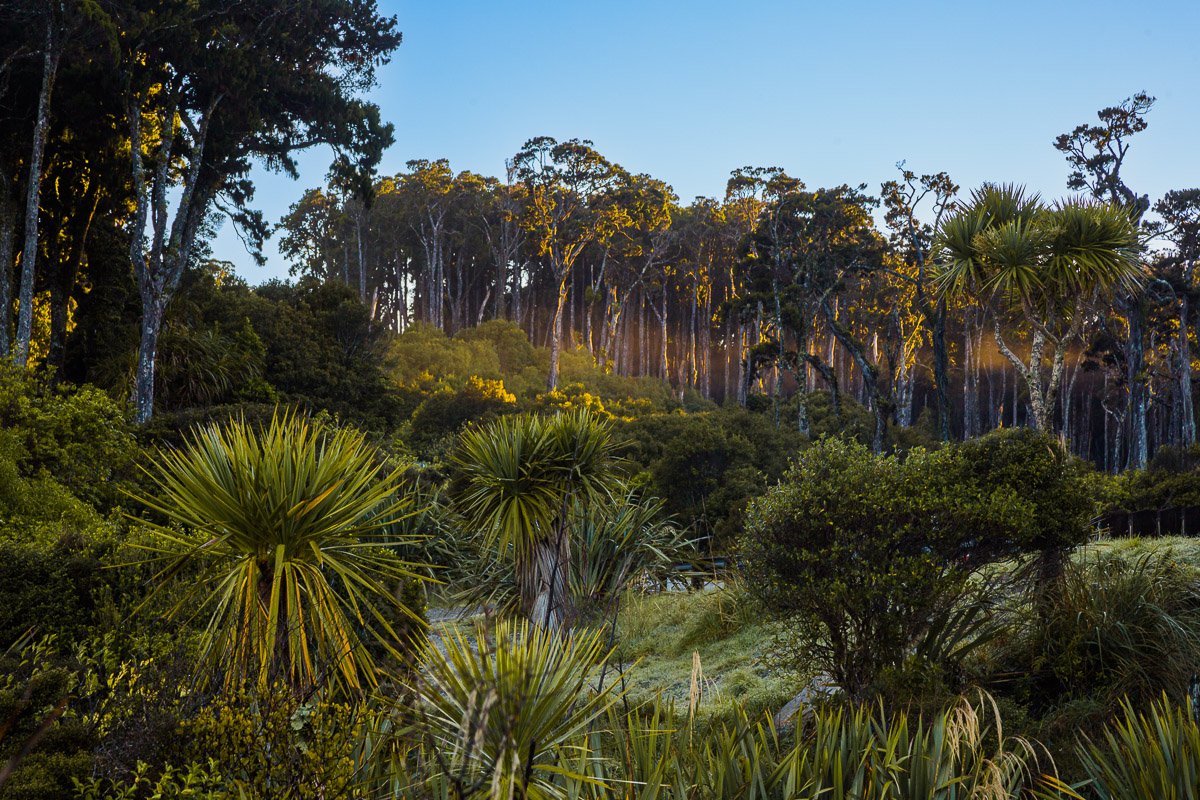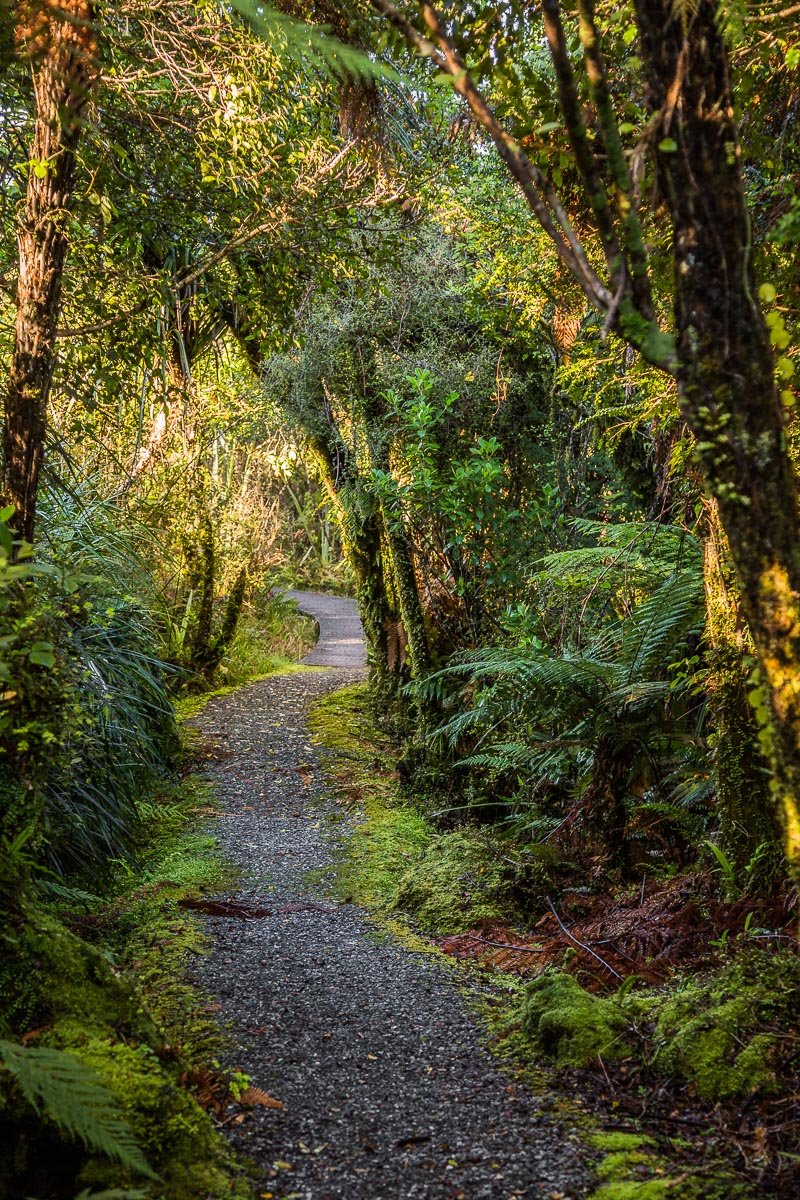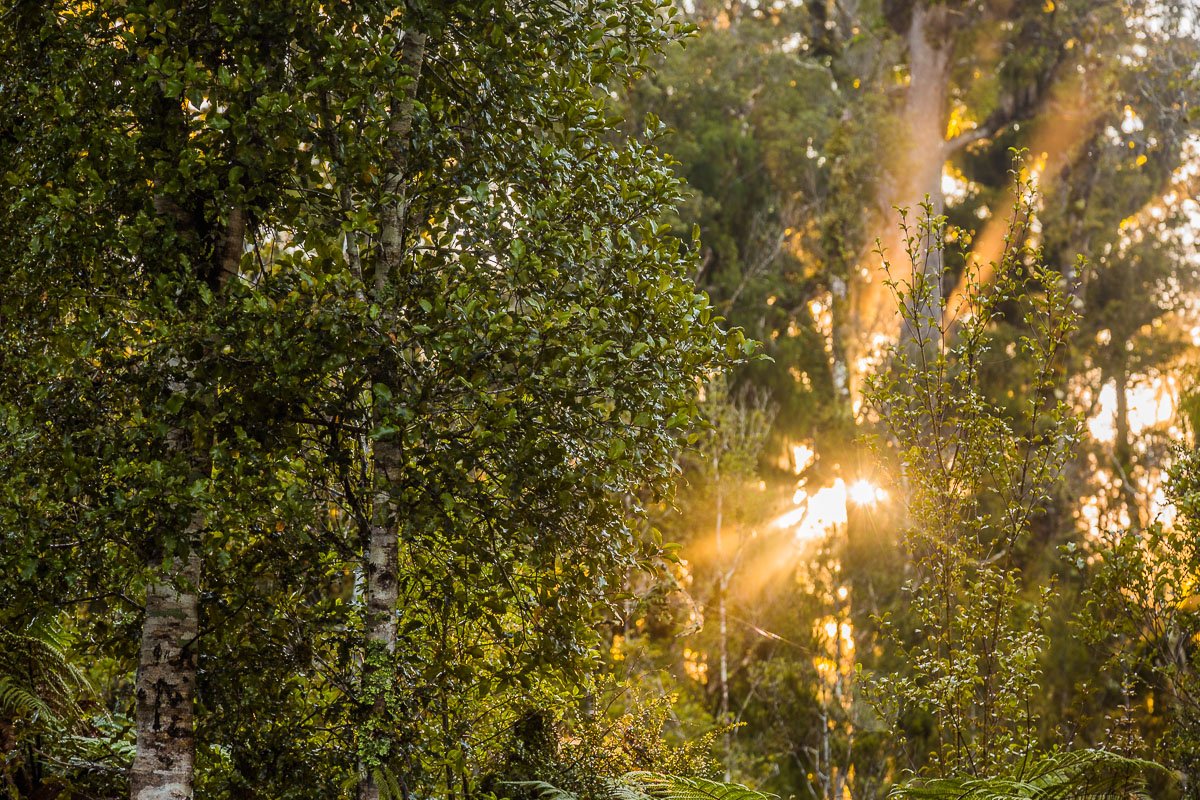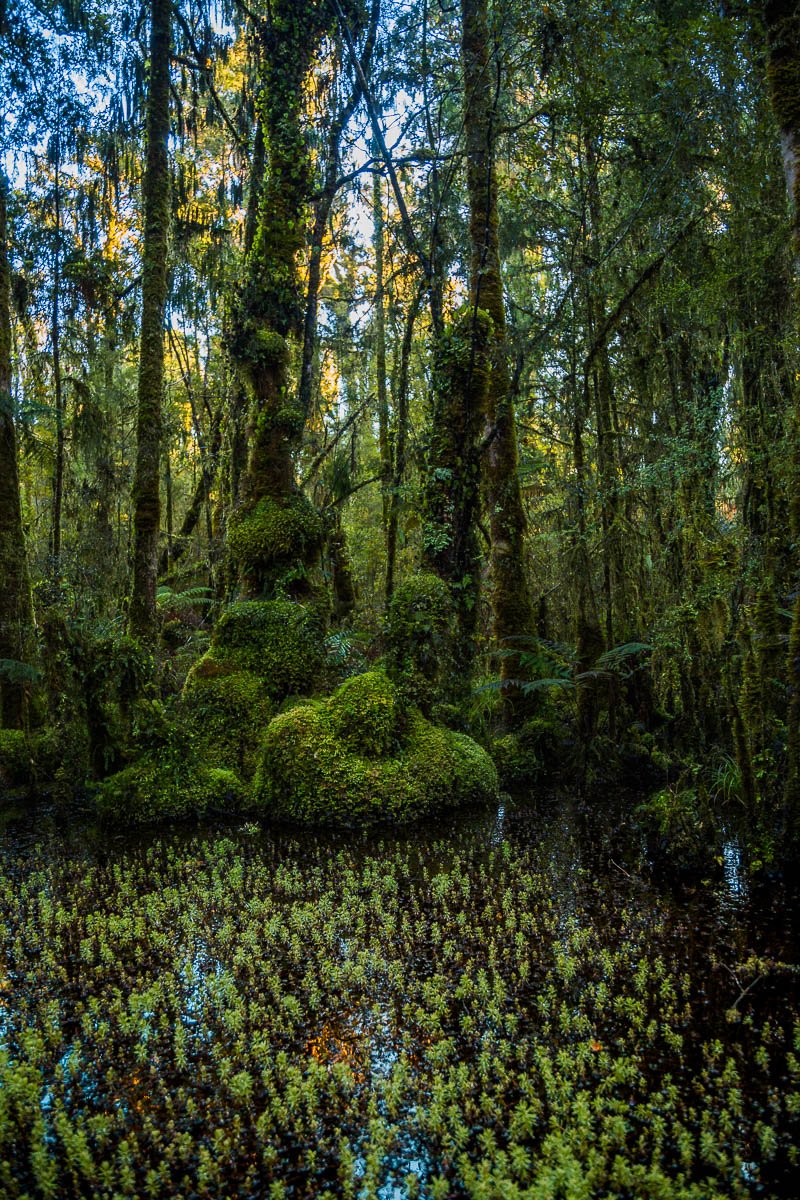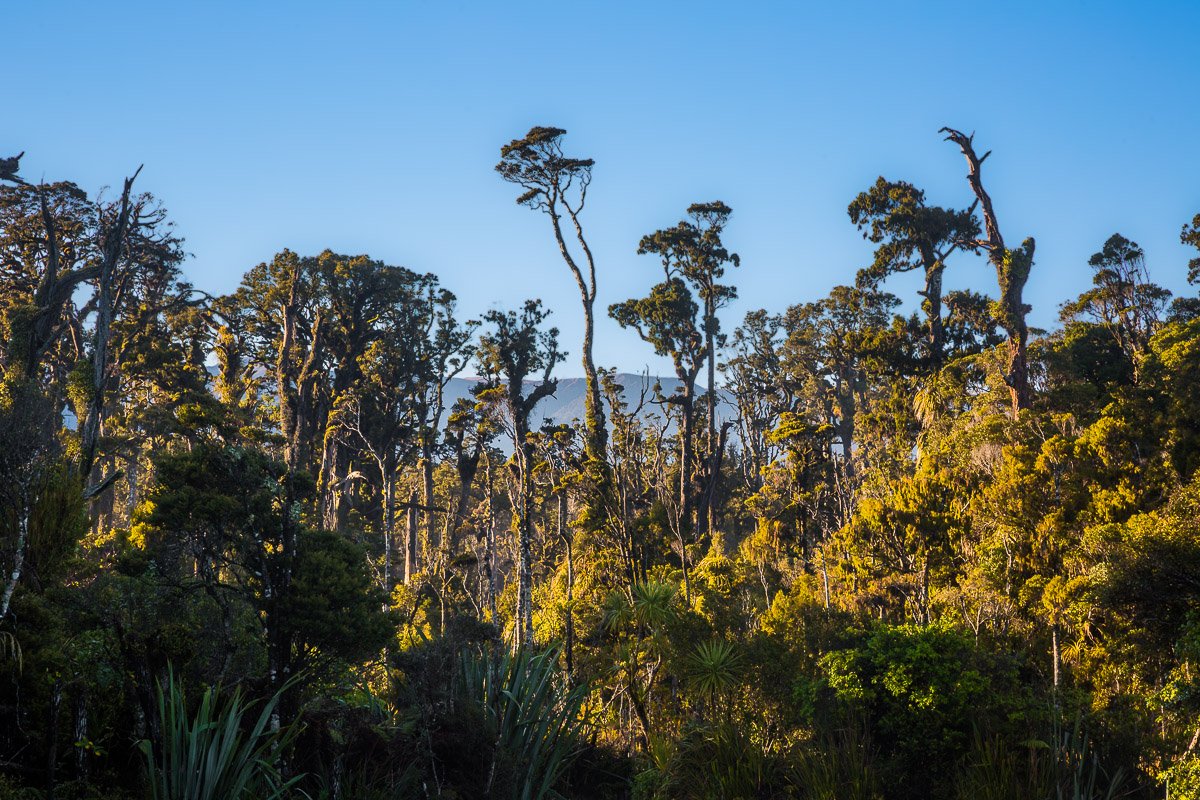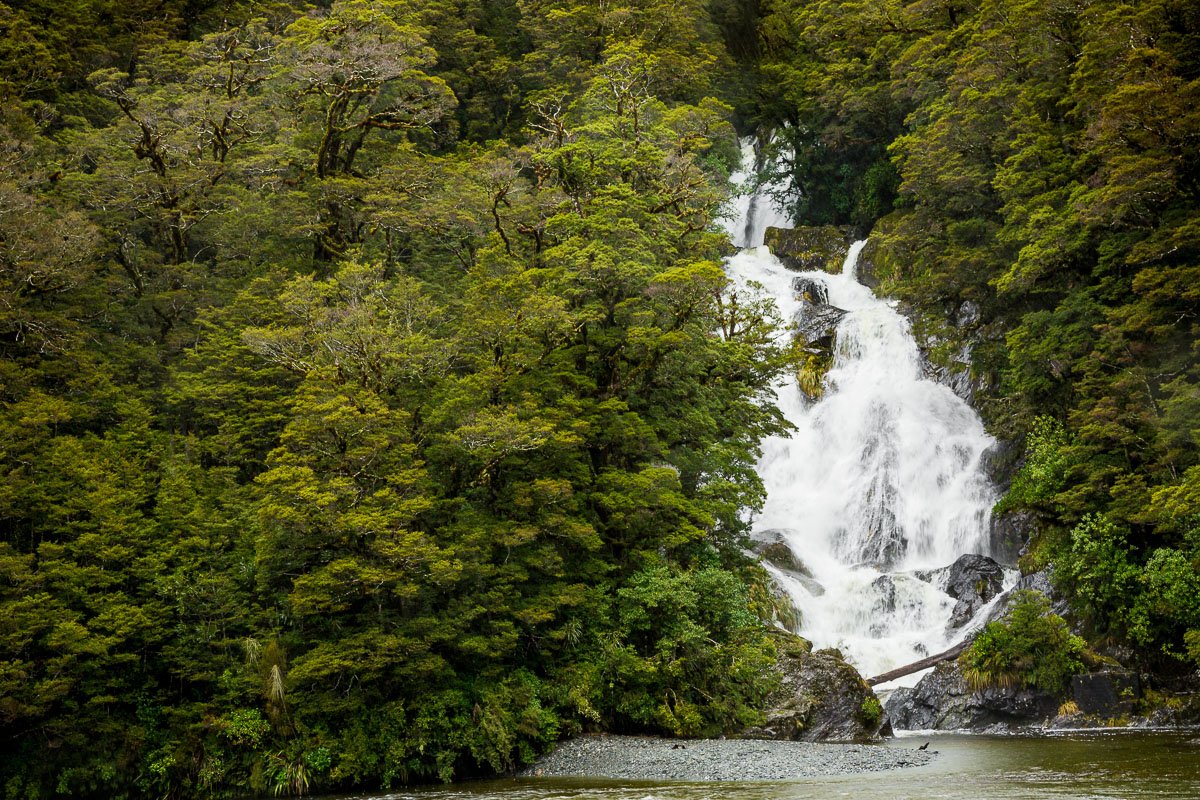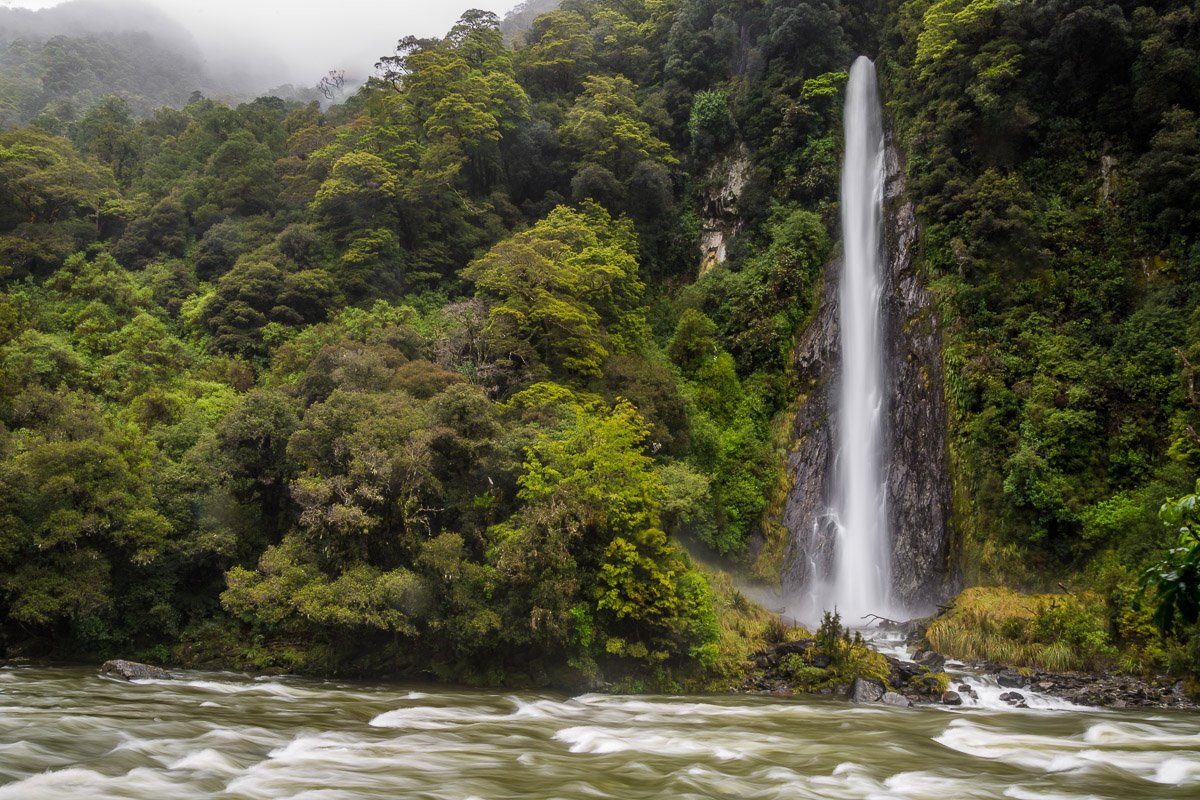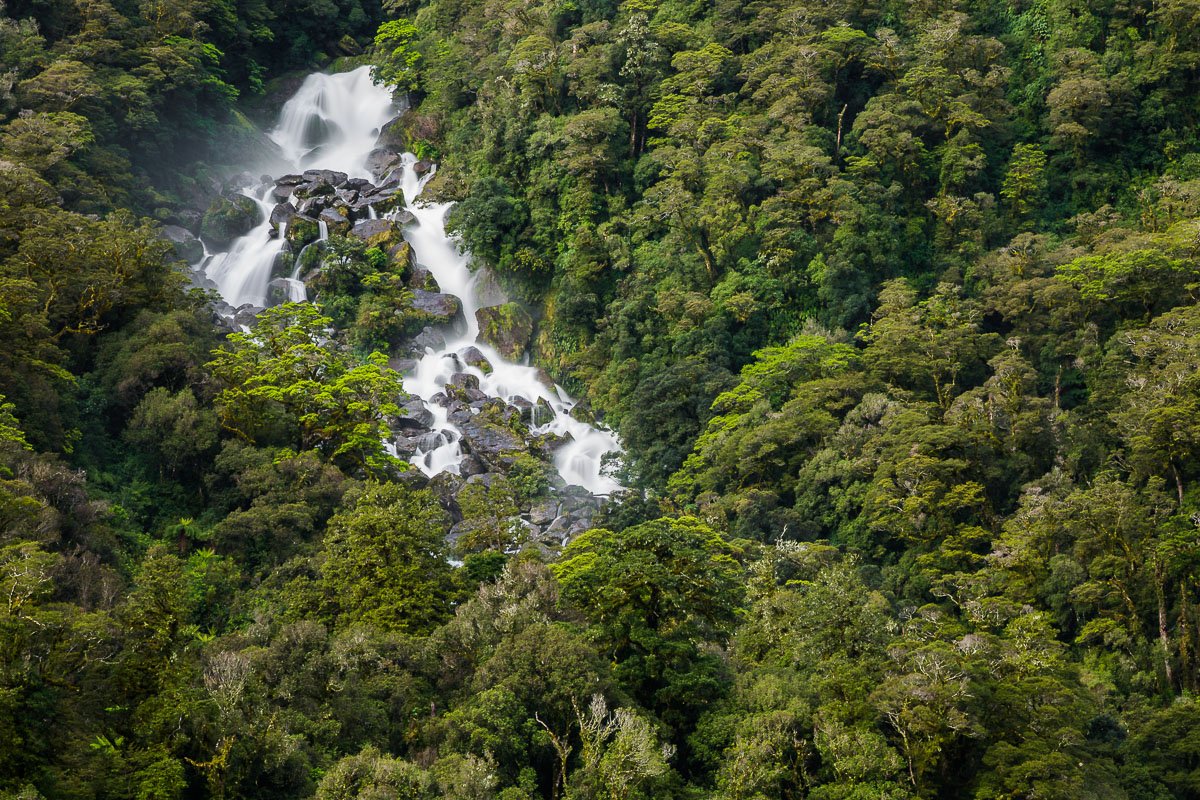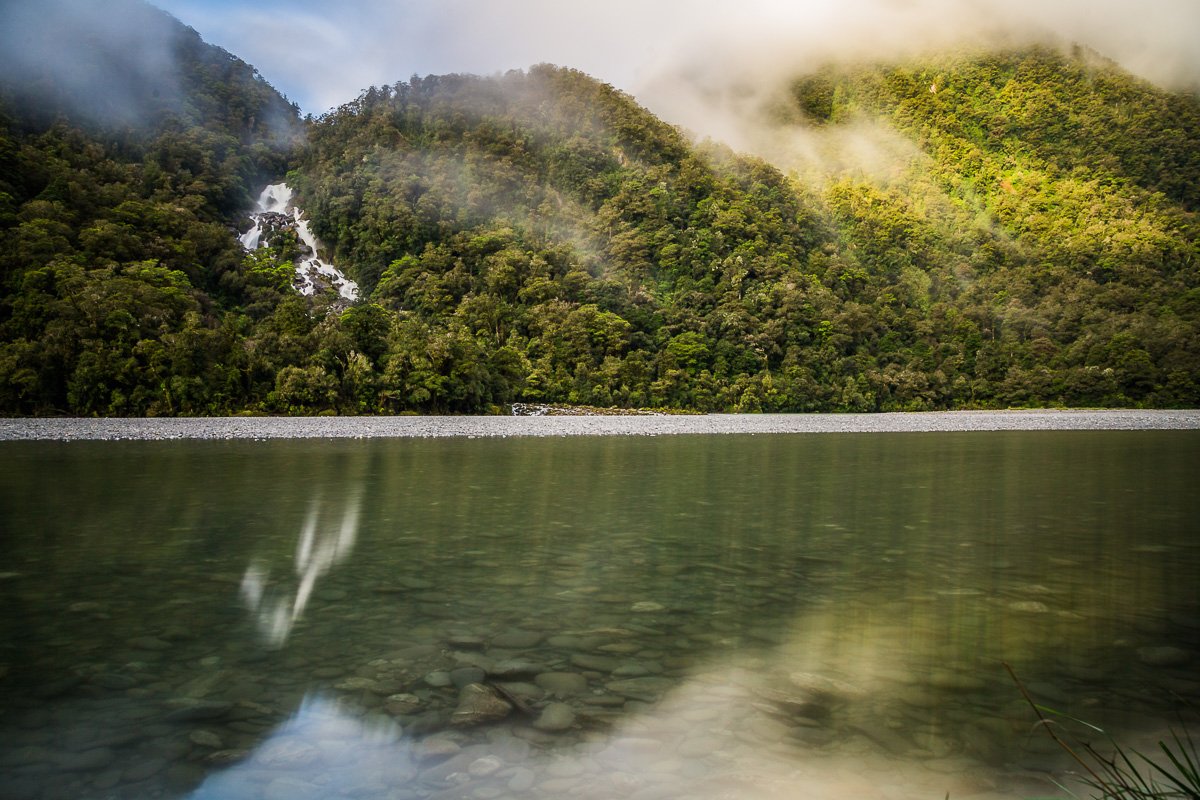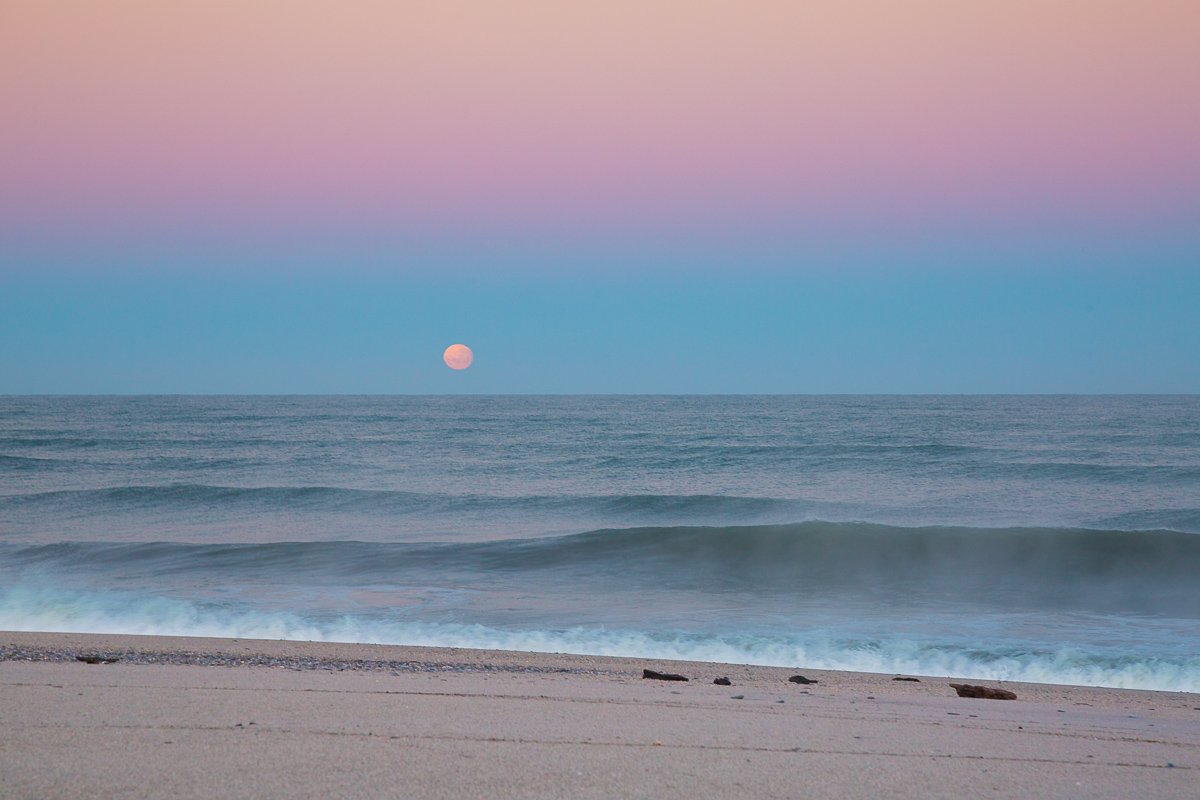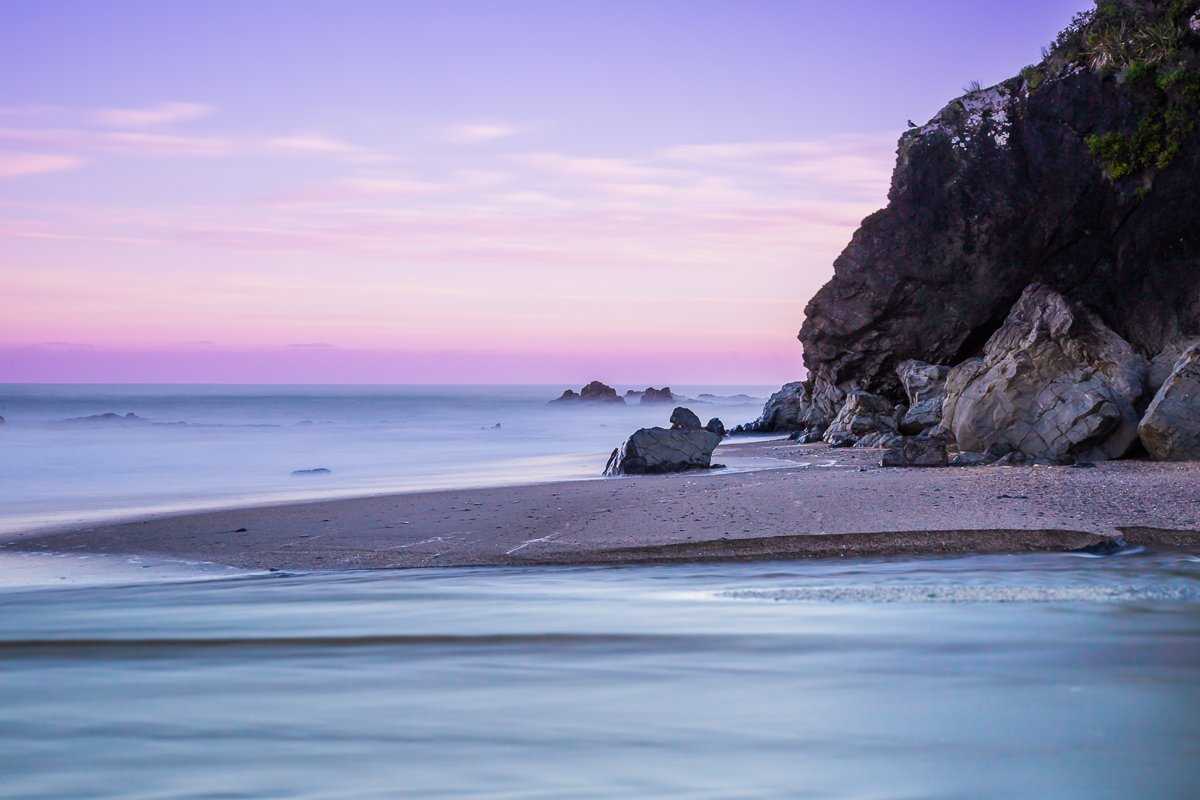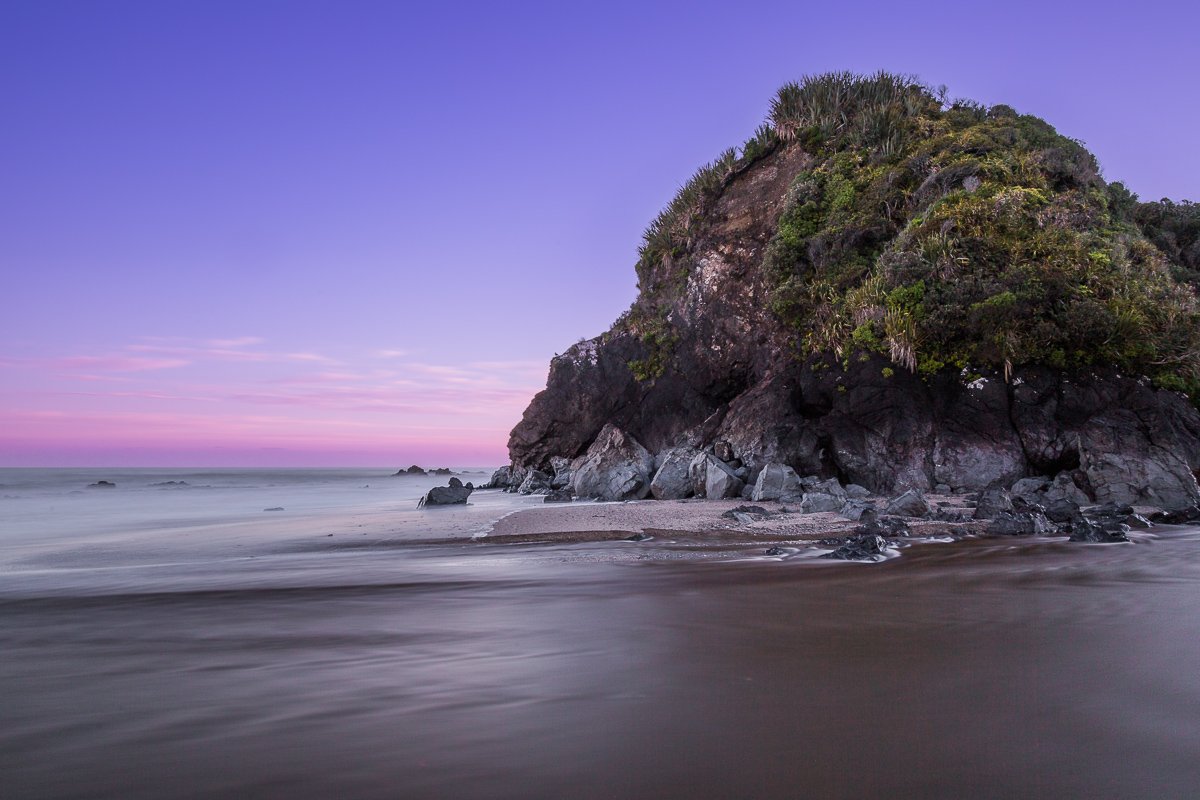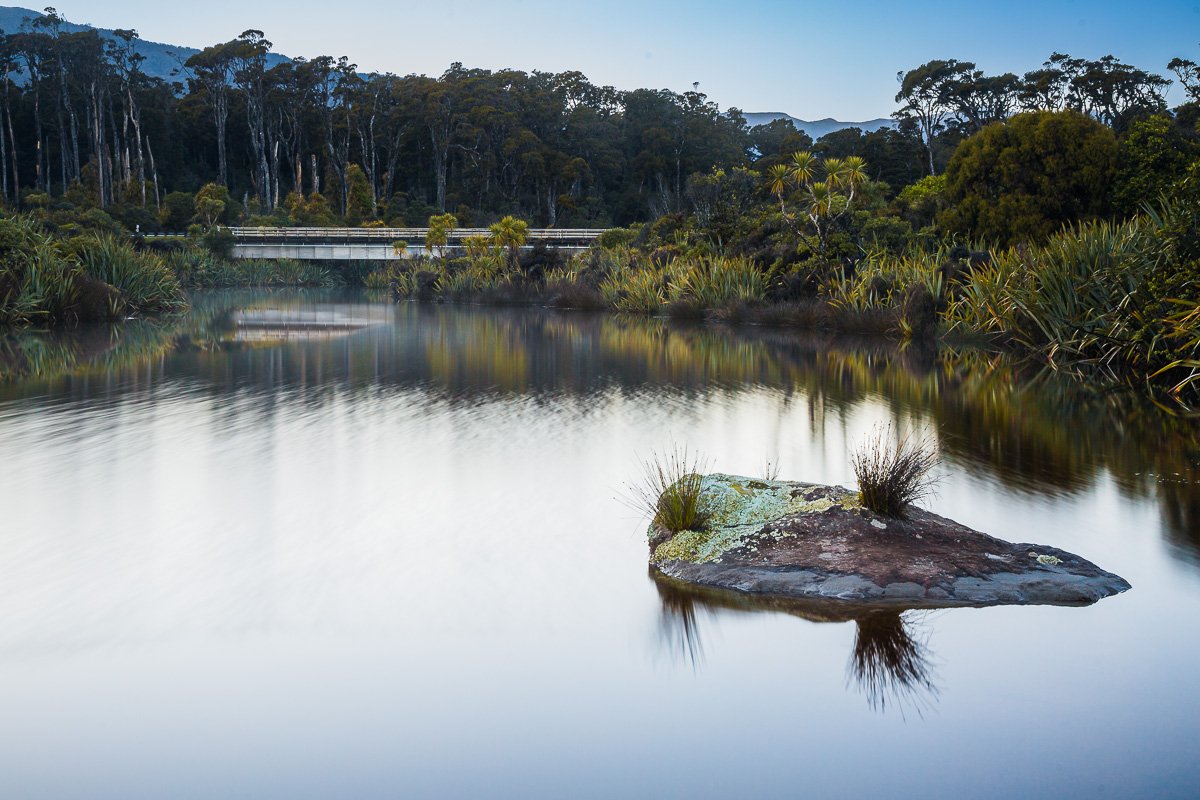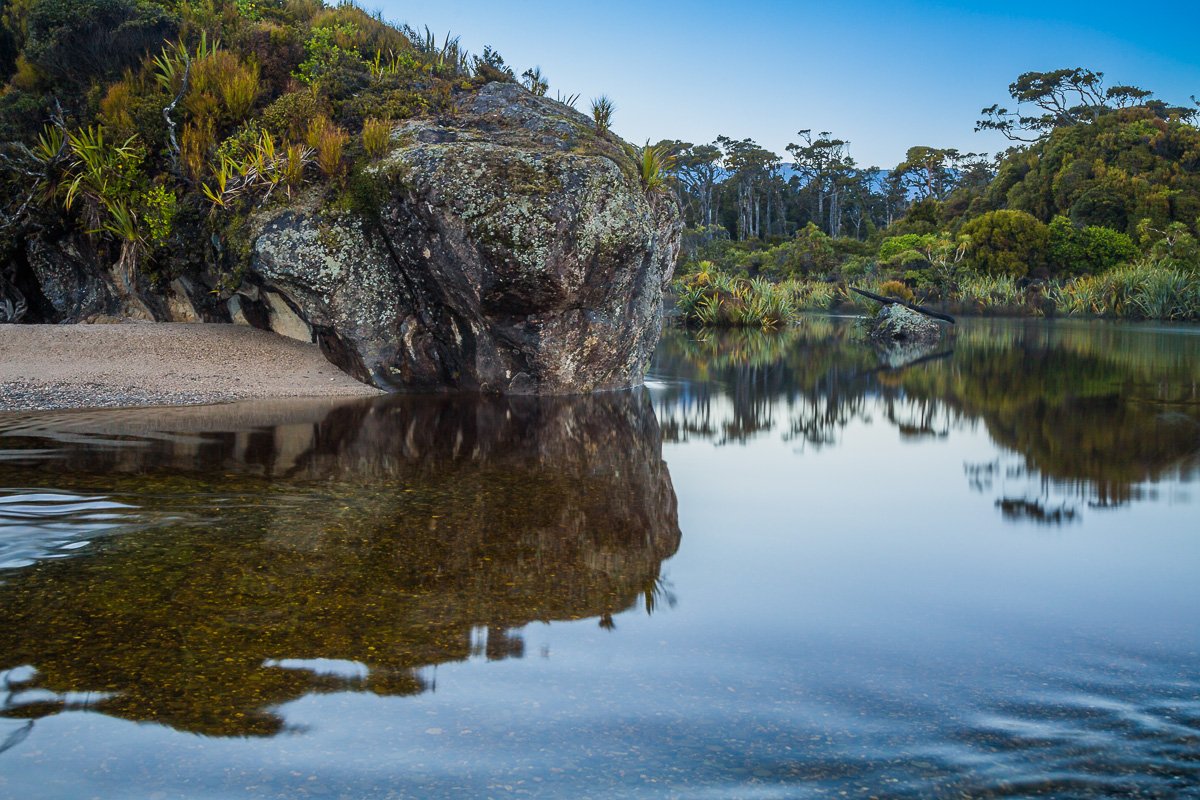Don’t be fooled by the images - the Wainui Falls on the West Coast of New Zealand are actually surprisingly challenging to photograph. The waterfall is so powerful at its full potential that you have only a few seconds to take a photo before the front of the lens is drenched! This was the perfect walk for a slightly overcast day, which left an even light on the water and surrounding landscape.
West Coast
Inside Ngarua Cave
The Ngarua Cave on New Zealand’s West Coast is one of the few artificially-lighted caves in the country, and one of even fewer that allow photography. The tour is certainly worth it, as it takes visitors through the cave while learning about both its geography and history. Inside the cave, you can even see the bones of now-extinct Moa birds that fell to their deaths through the sink holes leading into the cave.
Riuwaka Resurgence
The waters of the Riuwaka River are sacred to the native Māori people of New Zealand, as they are thought to have healing properties. The most picturesque part of the river is the Riuwaka Resurgence at Kahurangi National Park, where it flows from an underwater spring to form a number of rapids and small waterfalls. As with many such places on the West Coast, this is lesser-known spot that offers a peaceful escape from the more popular tourist destinations. A place for contemplating, relaxing, and enjoying the sounds of nature.
The Caves of Karamea
The Oparara Basin Arches require a considerable detour to reach: they are at the very top of the West Coast region, near the town of Karamea. Despite the long drive, this is a truly must-see for every photographer visiting the South Island of New Zealand. The caves naturally frame the reflections of the surrounding landscape in the water, lending themselves to iconic images. I spent several hours at this location, enjoying the complete silence of nature afforded by their isolation, and the majesty of these geological formations.
West Coast Wildlife
New Zealand’s West Coast is full of opportunities to observe the local wildlife - from the friendly South Island robins and curious weka, to crowded colonies of New Zealand fur seals. In this blog post, I have gathered only a few of my images of the fauna that inhabit this special corner of Aotearoa.
Stars From The Underground
As night falls and darkness covers the land, the New Zealand landscape comes to light. I’m not referring to the stars in the skies of Aotearoa, but to their invertebrate counterparts. Glow worms such as these are abundant in many caves and dells across the country, shining bright to lure their prey. Their bioluminescence is the effect of a chemical reaction where luciferin is combined with oxygen to produce a mesmerizing blue glow...
The West Coast from Above
A bird's-eye view always reveals a different perspective on the landscape and brings out the true scale of the place. I had a few opportunities for aerial photography during my road trip through the West Coast of New Zealand, and I think these images really show off the untamed beauty of the region. The images below were taken near Tauparikākā Marine Reserve and Cape Foulwind.
Pancake Rocks and Their Inhabitants
These rock formations in New Zealand’s West Coast are, of course, named after their looks - they look like stacked rounded layers somewhat resembling pancakes. Pancake Rocks even boasts a suitably-themed pancake-serving café near the entrance to the park. I visited on a stormy evening and, although the weather left much to be desired, the white-fronted terns (Sterna striata) that inhabit this location more than made up for the moody skies.
Glacial Blue Waters
Glaciers are not only stunning in and of themselves, but also offer an additional feature to the surrounding landscapes: glacial water. Due to the sediments contained in it, glacial rivers and gorges are of a unique turquoise colour. There are plenty of opportunities to see such places in the South Island of New Zealand, and especially on the West Coast. Today, I share some of my favourite images from Callery Gorge Walk and Hokitika Gorge, two truly stunning locations near the Franz Josef and Fox Glaciers.
Kotuku Breeding Colony
The Kotuku, or White Heron (Egreta alba modesta), is commonly found across Oceania and Asia. However, they are not usually seen in their plumage, where they gain exaggerated wing feathers and a blue tint to their faces. There is only a single breeding colony of White Herons in New Zealand, located in the Waitangiroto Nature Reserve. Access is only possible with a guided White Heron Sanctuary Tour, as the land is under protection of the Department of Conservation. The tour is certainly worth it, as it is a pretty guaranteed way to view dozens of Kotuku pairs courting, nesting, and tending to their chicks. We were there during peak courtship time, and so also caught the full spectacle of the species’ breeding plumage. Our visit took place in mid-morning, meaning light was a bit harsh, although that did make for some very dramatic images.
Cute Little Visitor
Female tomtits have adorable disproportionately large heads for their minscule bodies. I was fortunate enough to spend some days living right next to a pair of these beautiful birds during my visit to Franz Josef village, and the female would often bring about new nesting material. Watching her hop from tree to tree through my telephoto lens was a great way to spend a lazy afternoon!
A Tale of Two Glaciers
The reason my travels through the West Coast are some of my favourite memories of New Zealand are views such as these. Within a short helicopter flight, we saw two glaciers (Franz Josef Glacier and Fox Glacier), rivers, waterfalls, and had a clear view of the ocean! This flight included a short landing atop Franz Josef Glacier, where we could walk on the fresh soft snow. What a stunning little corner of the world that is.
Franz Josef Surroundings
The region surrounding Franz Josef Glacier on the West Coast of New Zealand is not to be missed. On a rare clear day, the scenery is truly astounding. Today’s blog post highlights only a couple of locations in the area: Peter’s Pool and Lake Mapourika. Stay tuned for more features of this amazing corner of the world in the coming weeks!
Lake Matheson Reflections
Lake Matheson is an especially reflective lake due to the dark sediments in its water, which create a perfect mirror on a still day. But beware: even the tiniest bit of wind will cause ripples on the surface of the lake and ruin its picture-perfect reflections.
I must admit that, during my recent trip through the West Coast, I fell in love with this location and this is probably my favourite place in all of New Zealand. I visited this stunning location not once, not twice, but on three separate occasions. Funnily enough, my best images of the lake were all from my very first visit, on a cloudy but still day, both before and during sunset.
A Drive Past Haast
The drive through Haast in the West Coast of New Zealand offers some really stunning scenery, such as the dune walk at the Tauparikākā Marine Reserve and the views from Knights Point Lookout. Perfectly clear skies are rare in the region, which is known for its rainy weather, so the timing of my visit was extremely lucky.
A Morning Swamp Walk
The images featured in this week’s blog post are from a very early morning walk around the swamps of Tauparikākā Marine Reserve in the West Coast of New Zealand. The soft morning light really transformed this magical place and really brought out all the details in the landscapes…
West Coast Waterfalls
The West Coast of New Zealand is brimming with beautifully wild landscapes. Among them are dozens of incredible waterfalls nestled in among vibrant forests. Here are just three of my favourites - Roaring Billy Falls, Thunder Creek Falls, and Coal Creek Falls.
Sunrise at a Marine Reserve
The Tauparikākā Marine Reserve lies in the West Coast of New Zealand, on the way between the cities of Wanaka and Queenstown and the Franz and Fox glaciers. Although I had been planning to visit for some time, I must admit this spot completely surpassed my expectations. In only a few short walks, it guides you through a stunning beach, a gloomy swamp, and surprising views over the wetlands. It’s almost like someone decided to take a selection of New Zealand’s stunning scenery and collapsed it into a single location. Well worth a visit!

